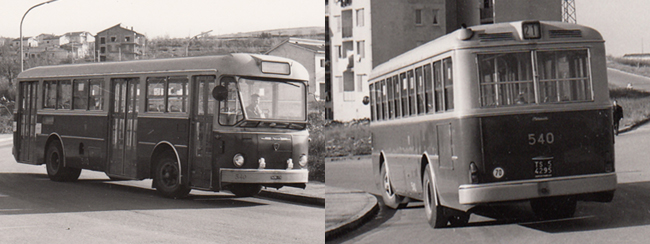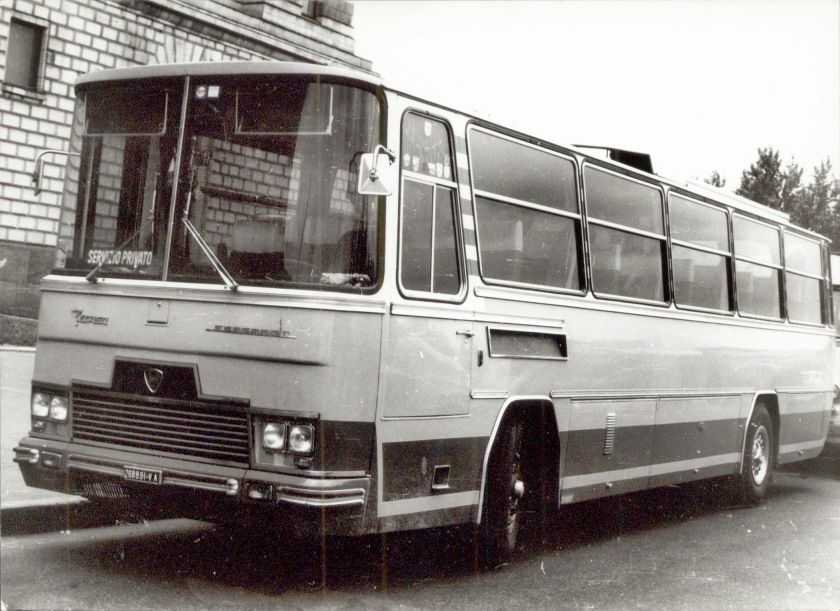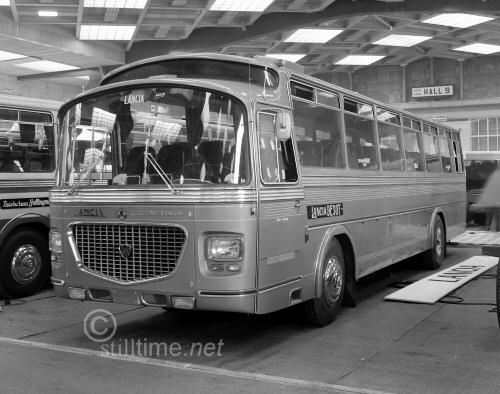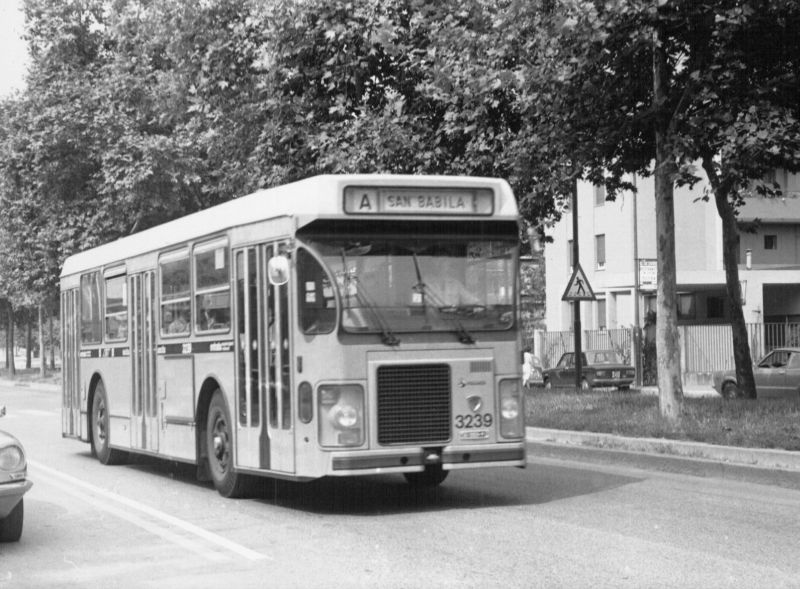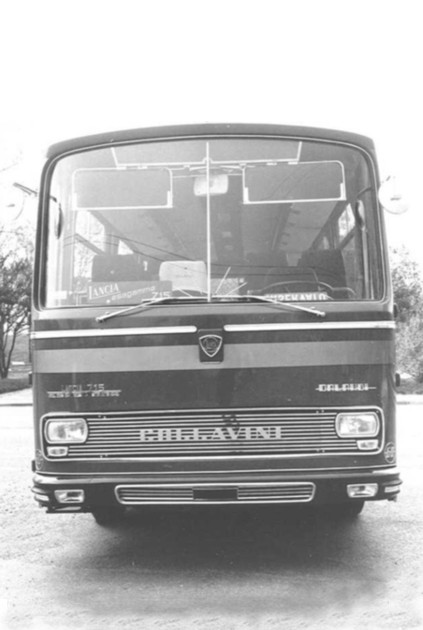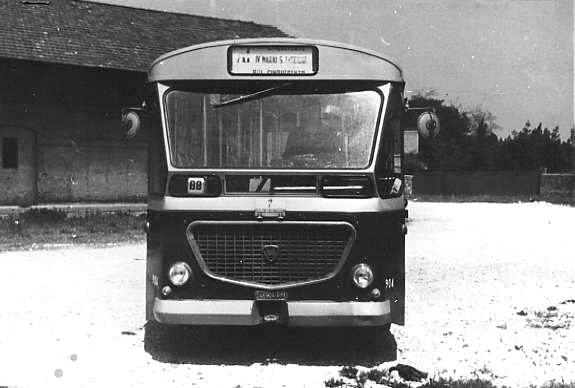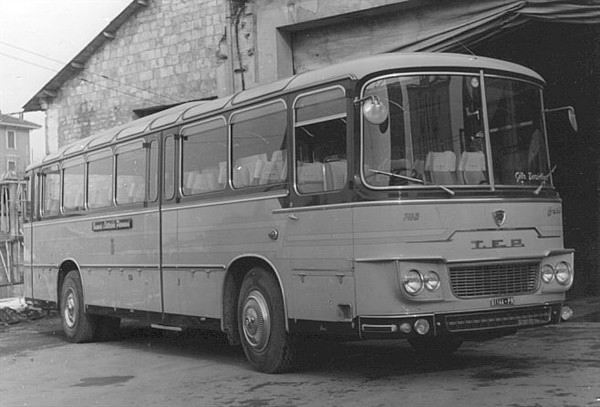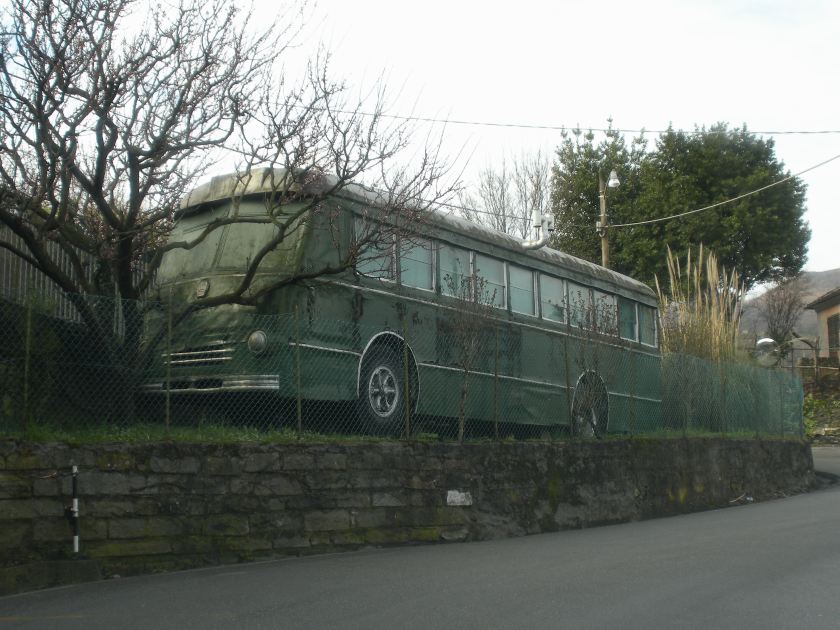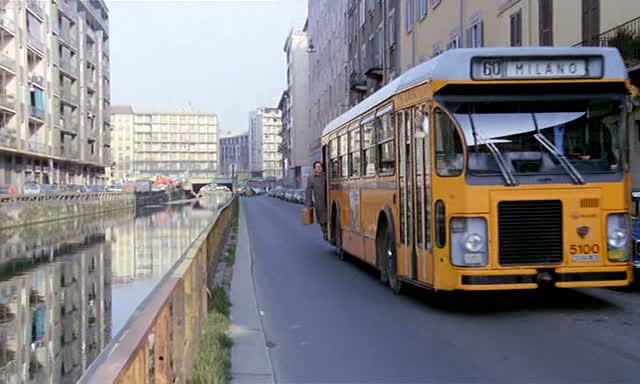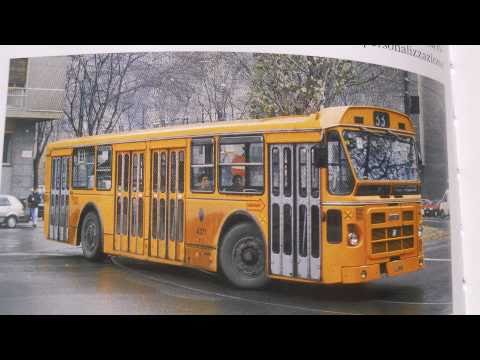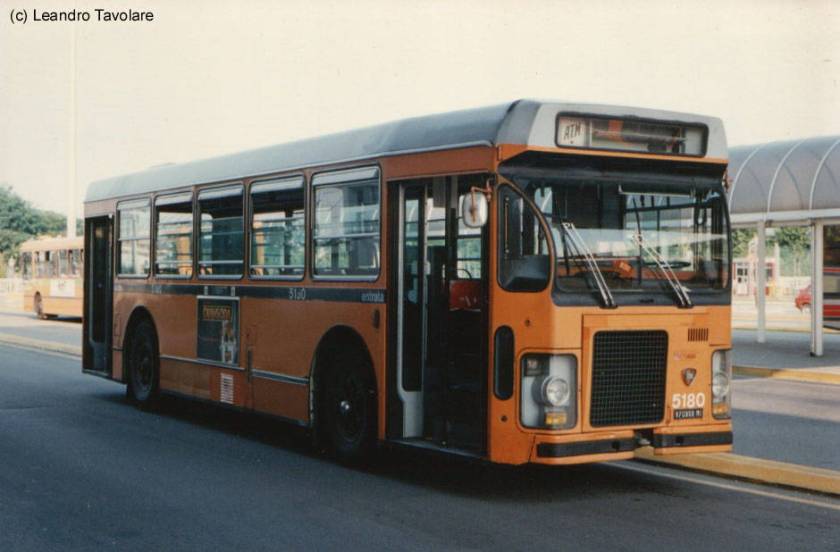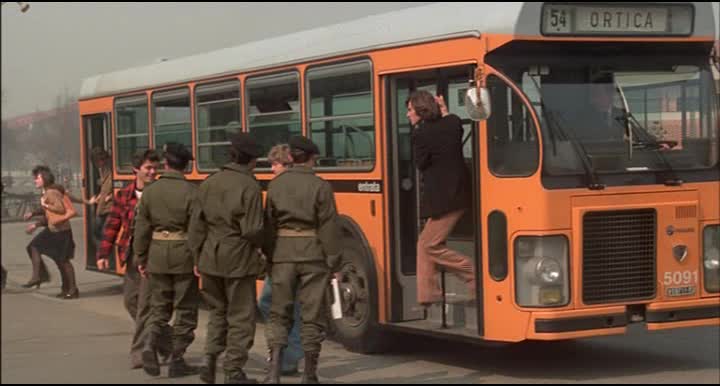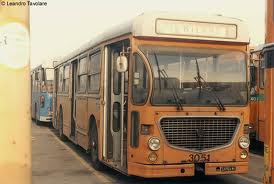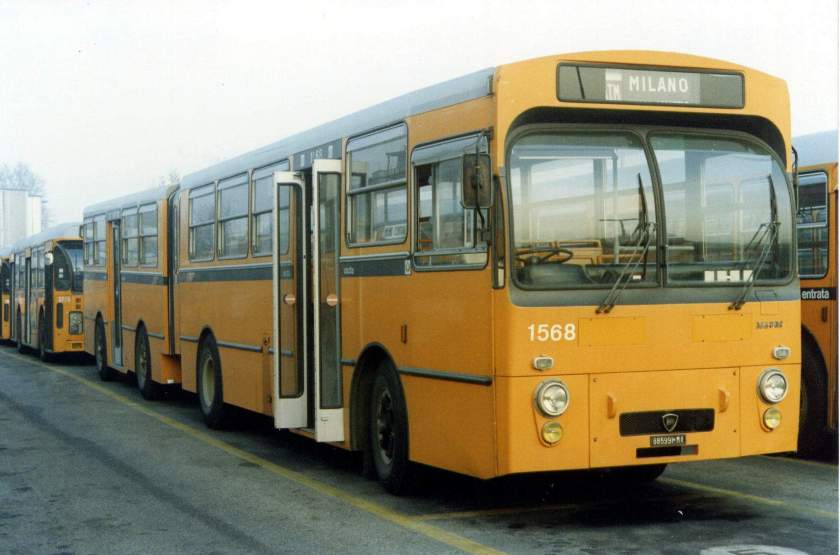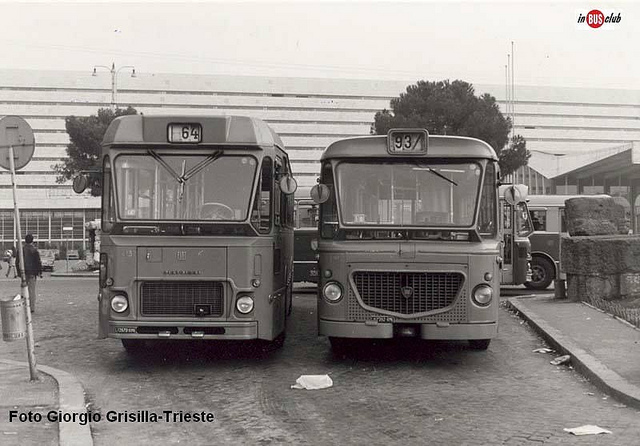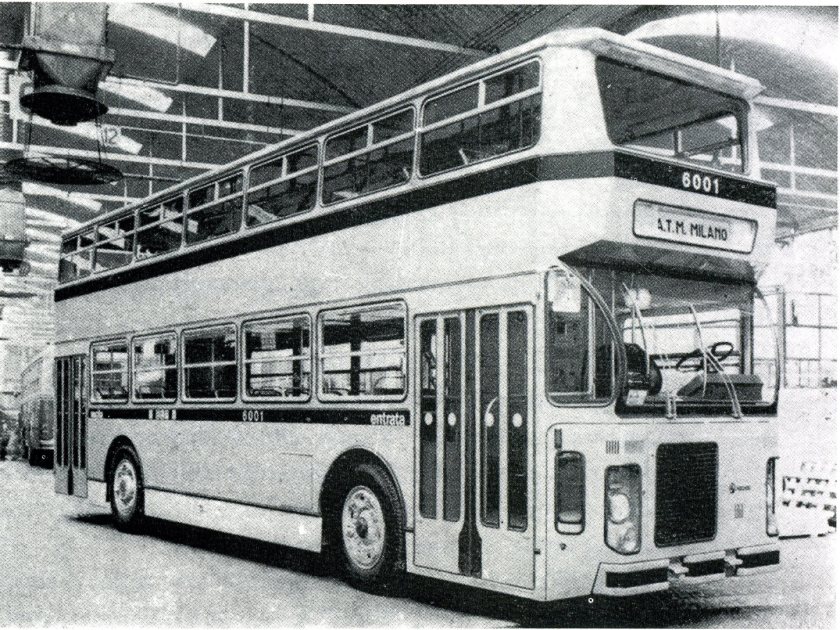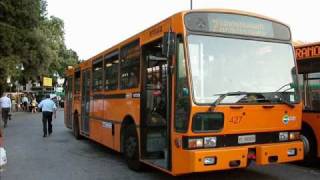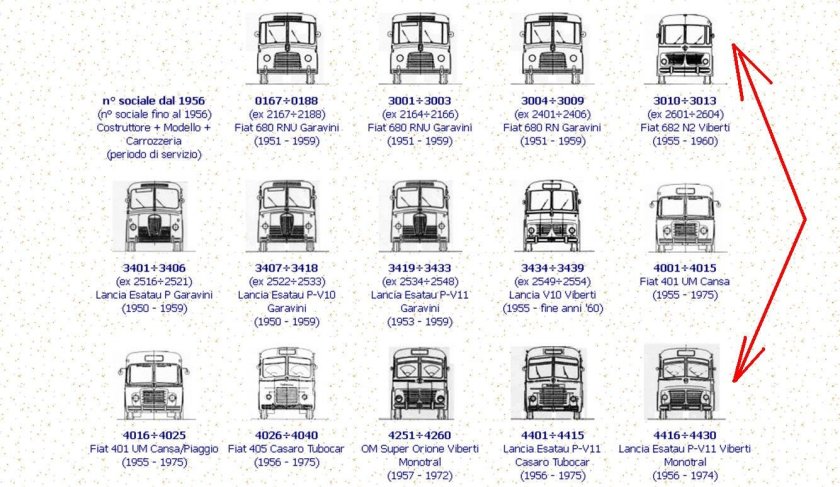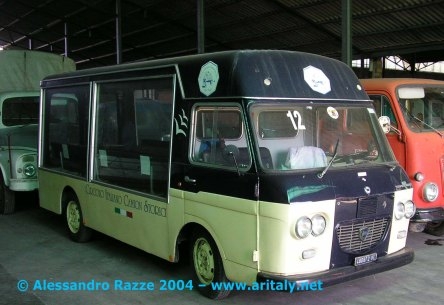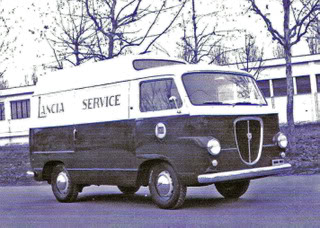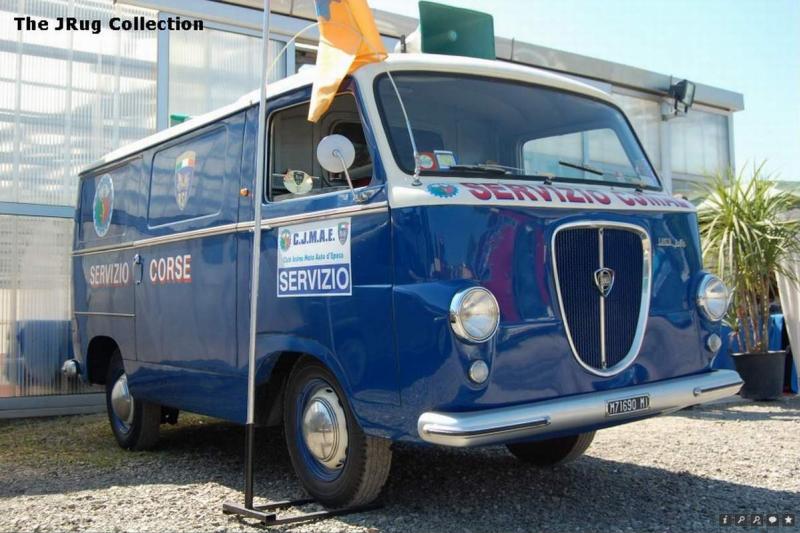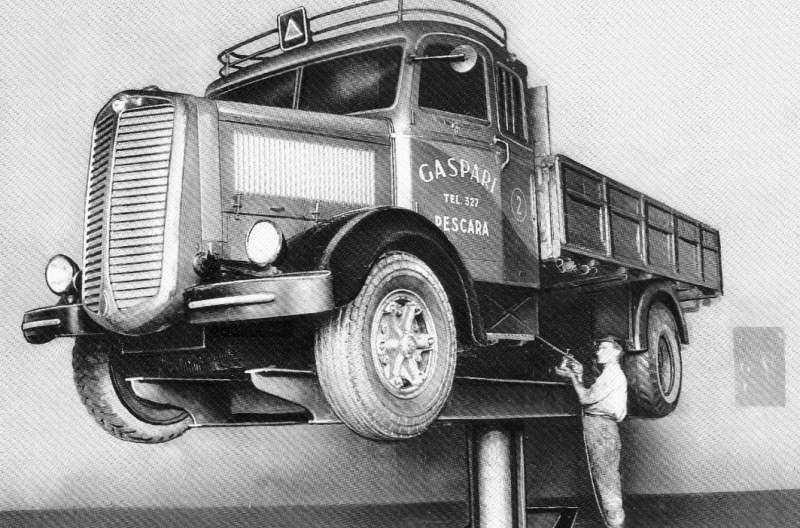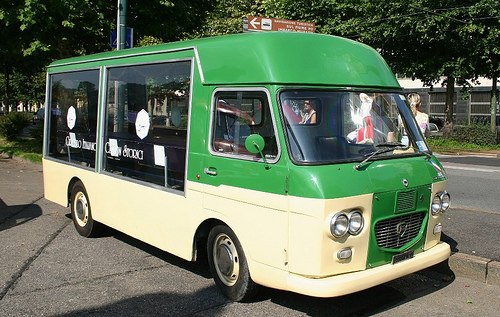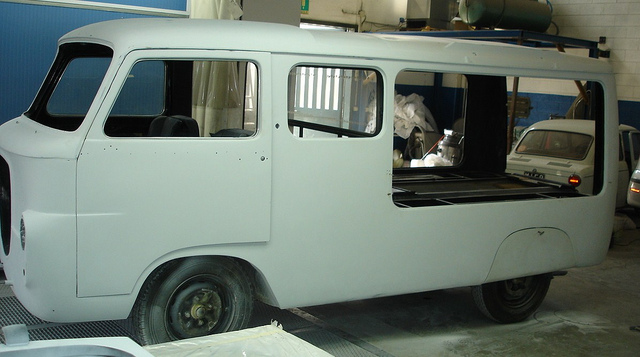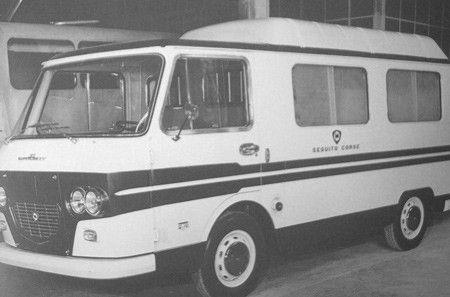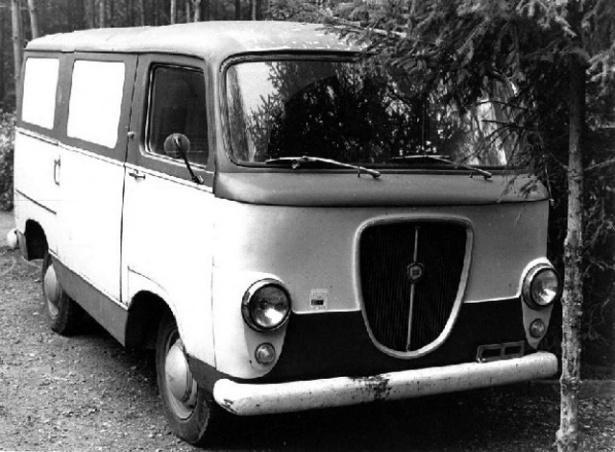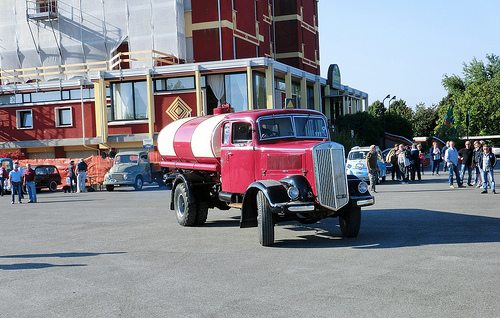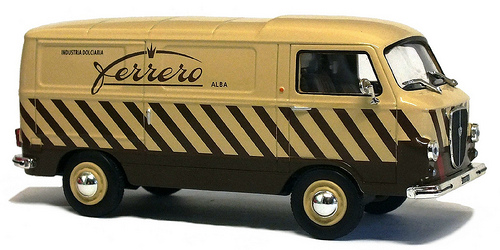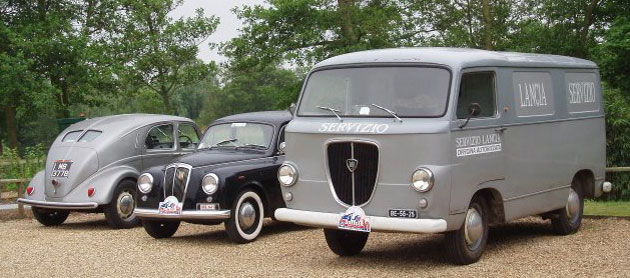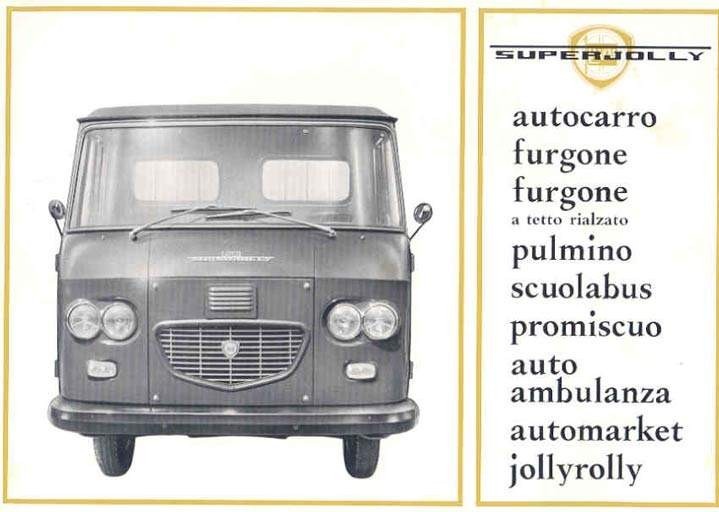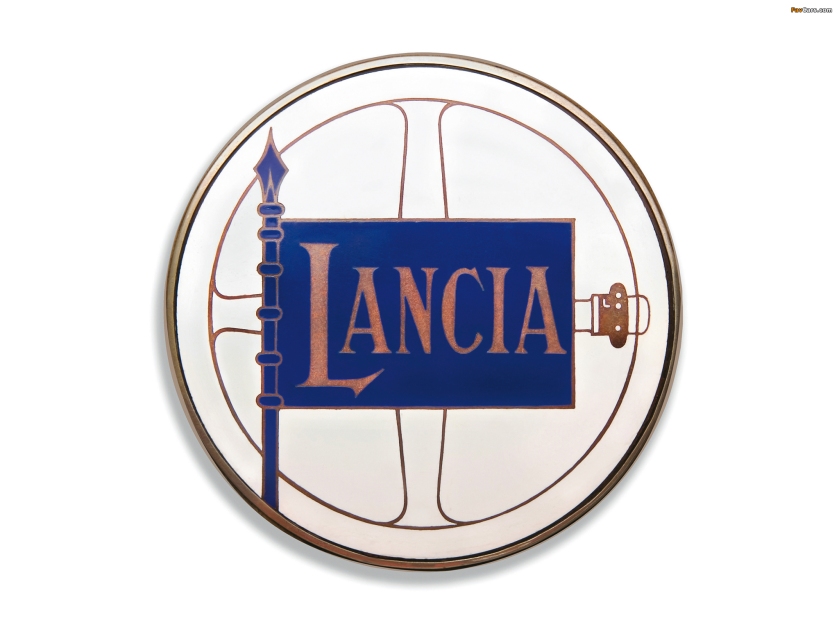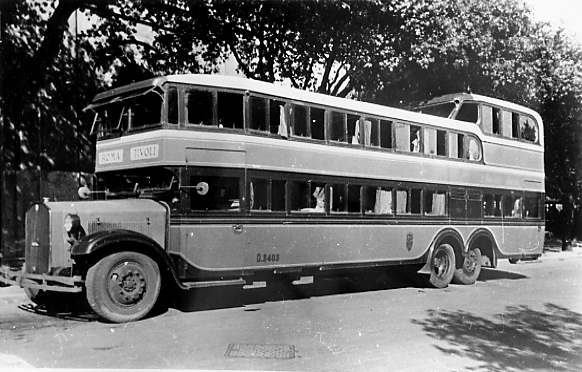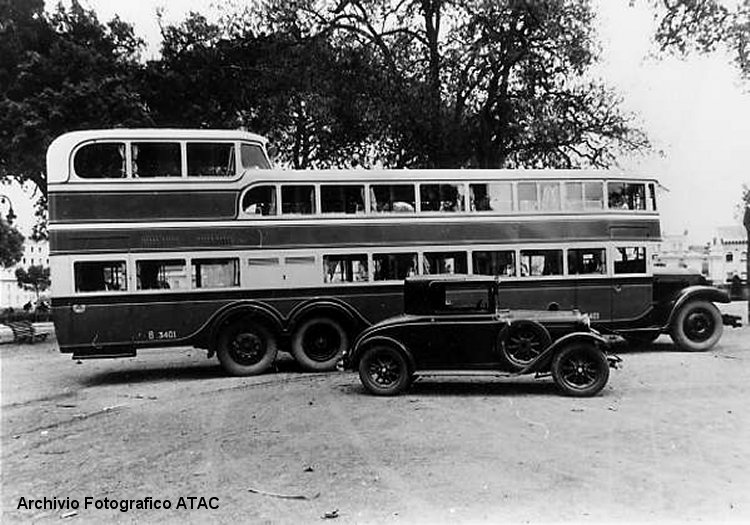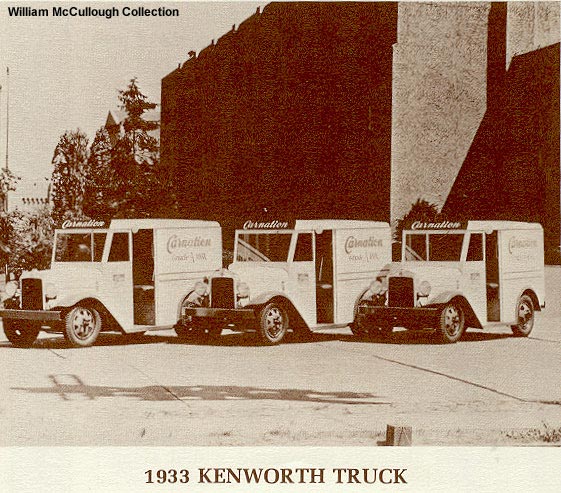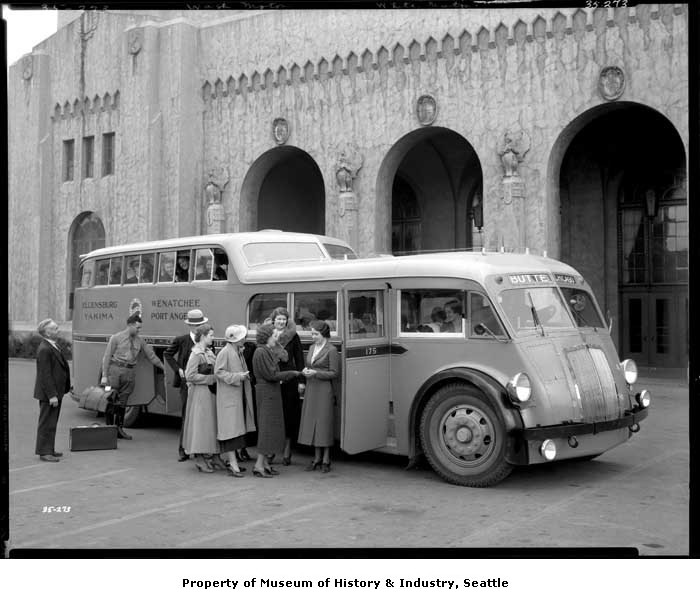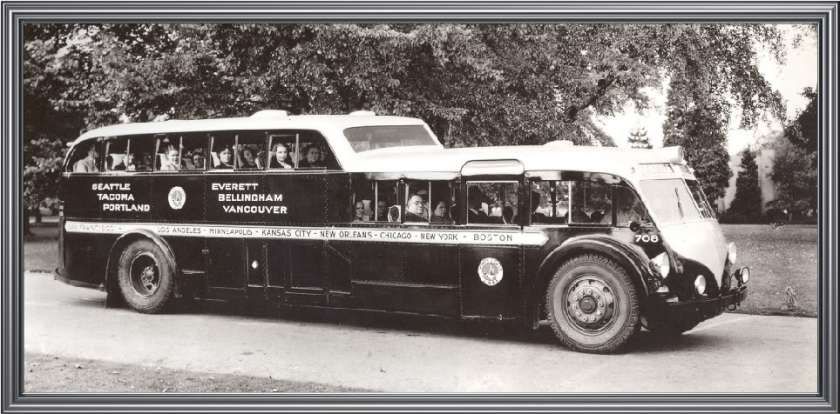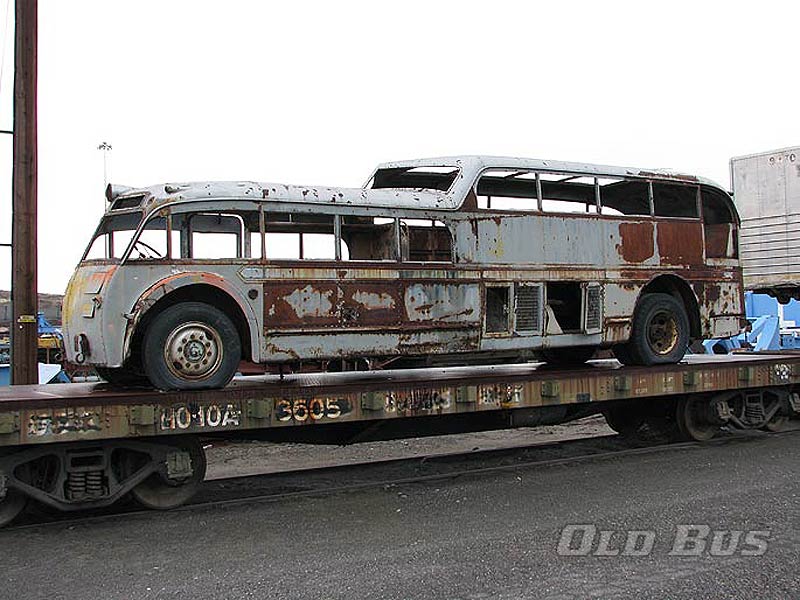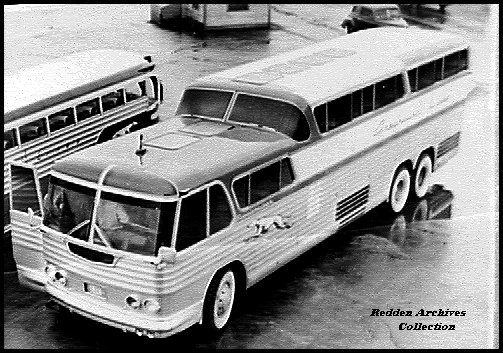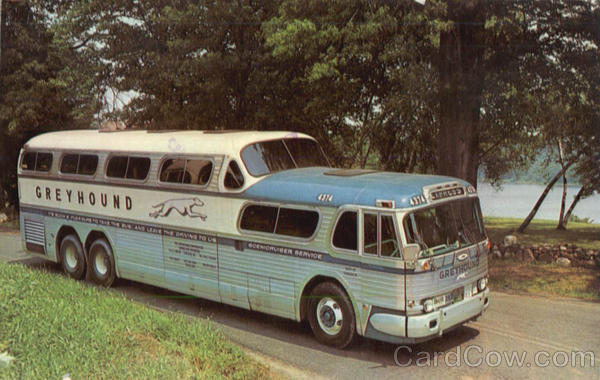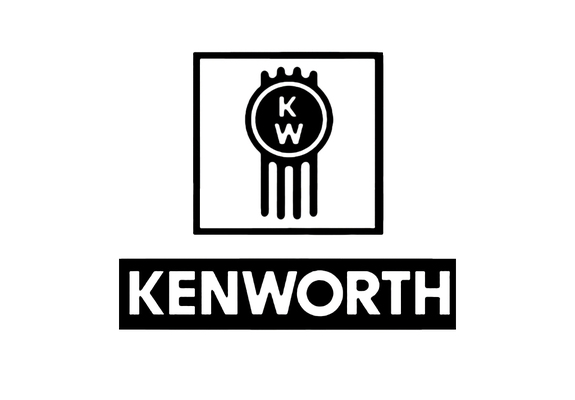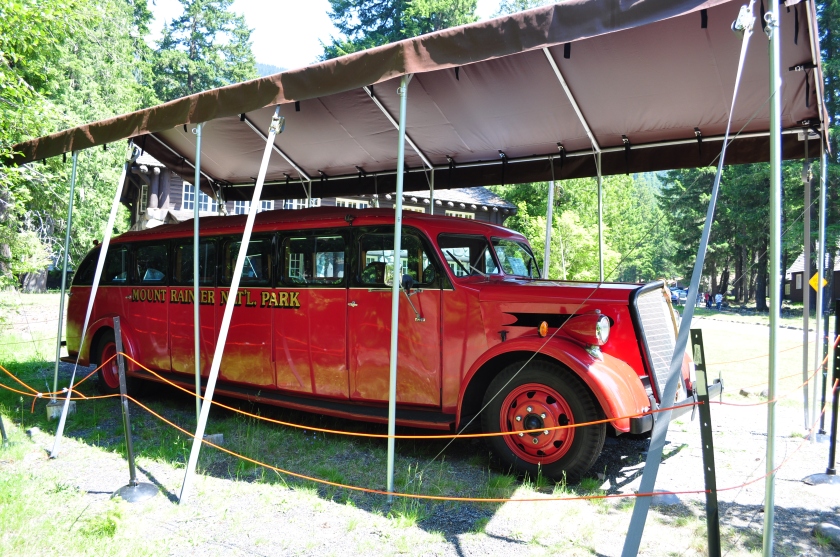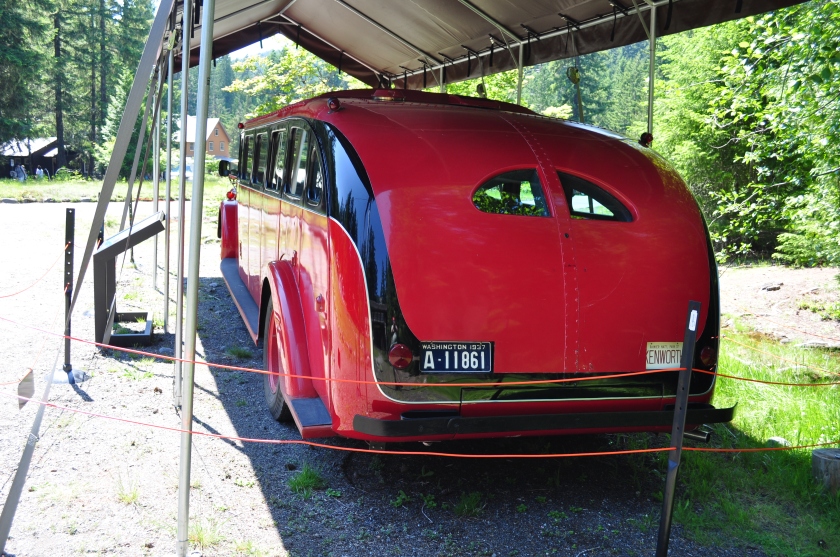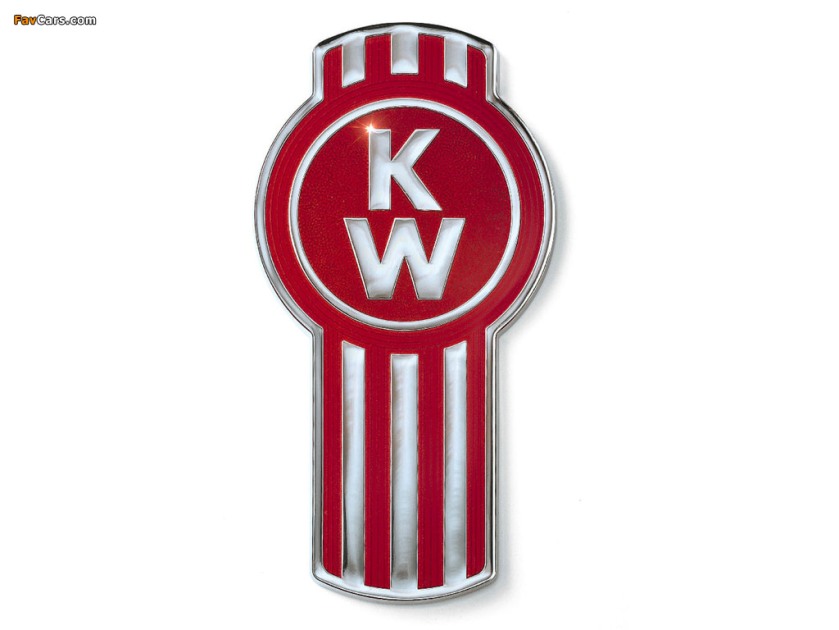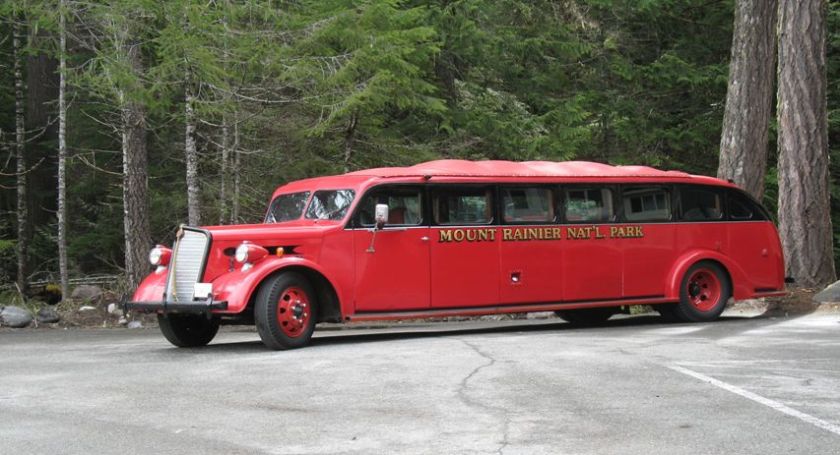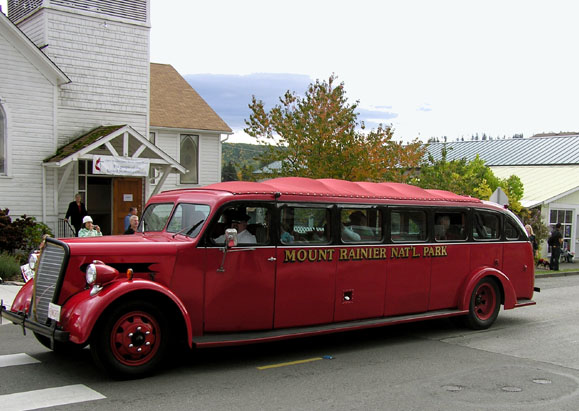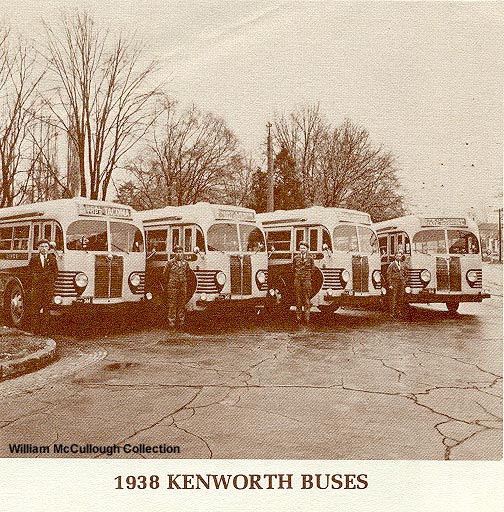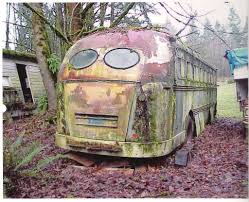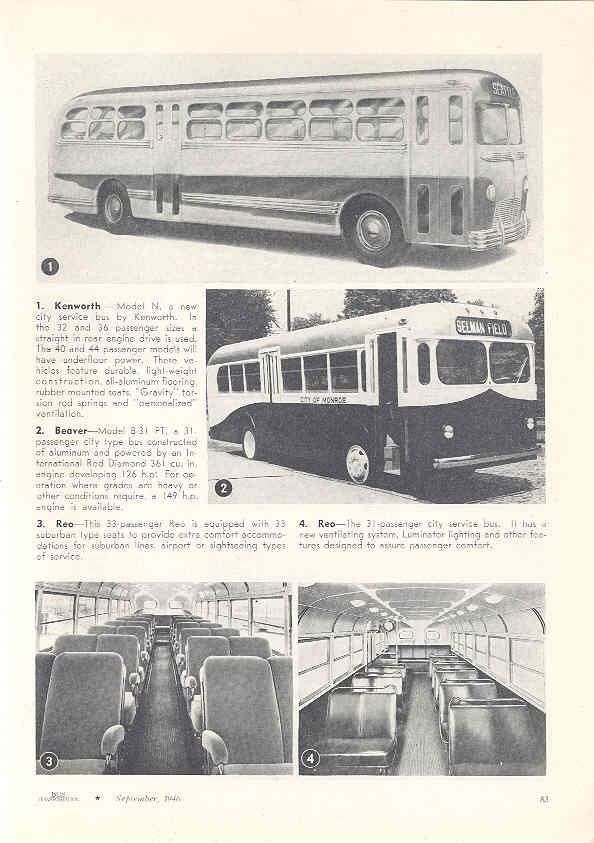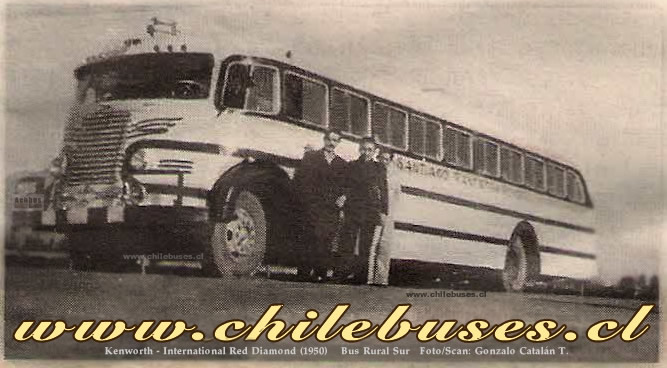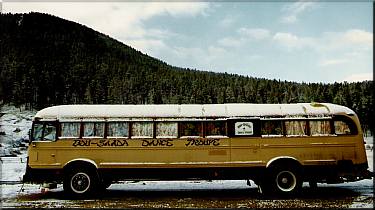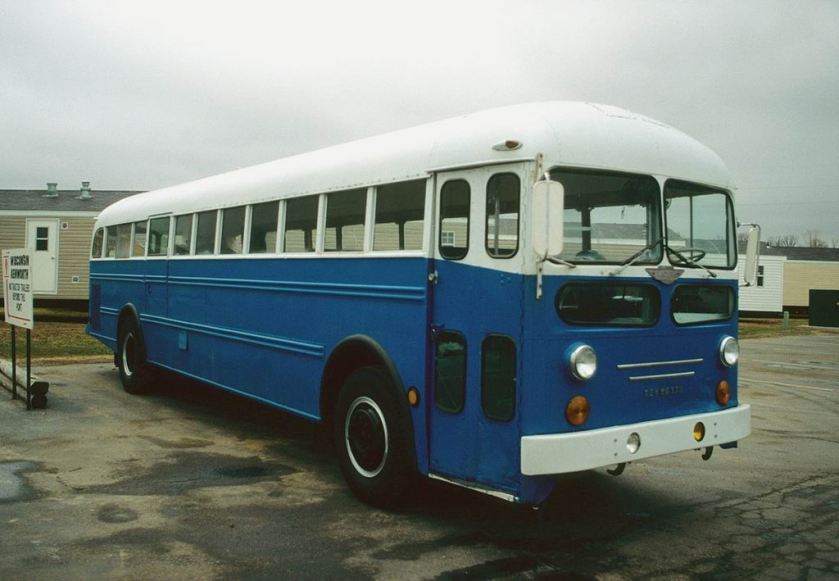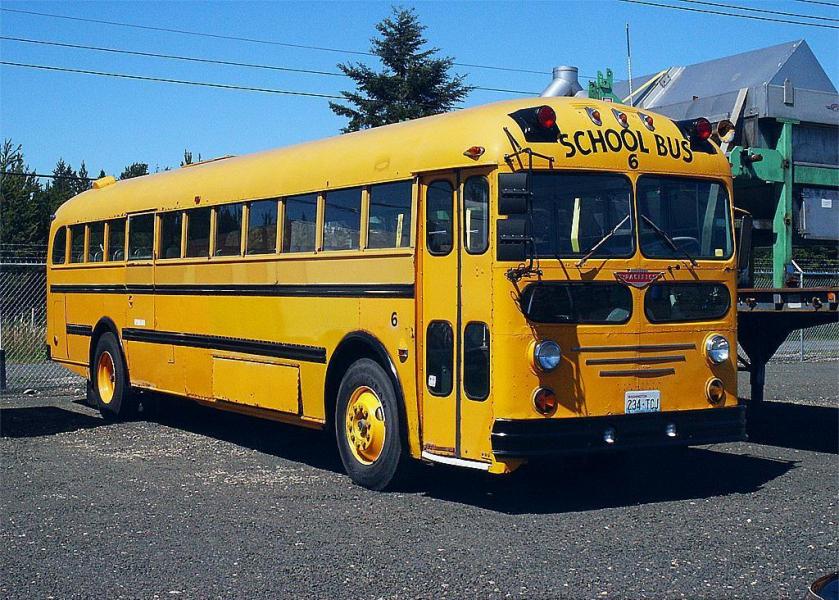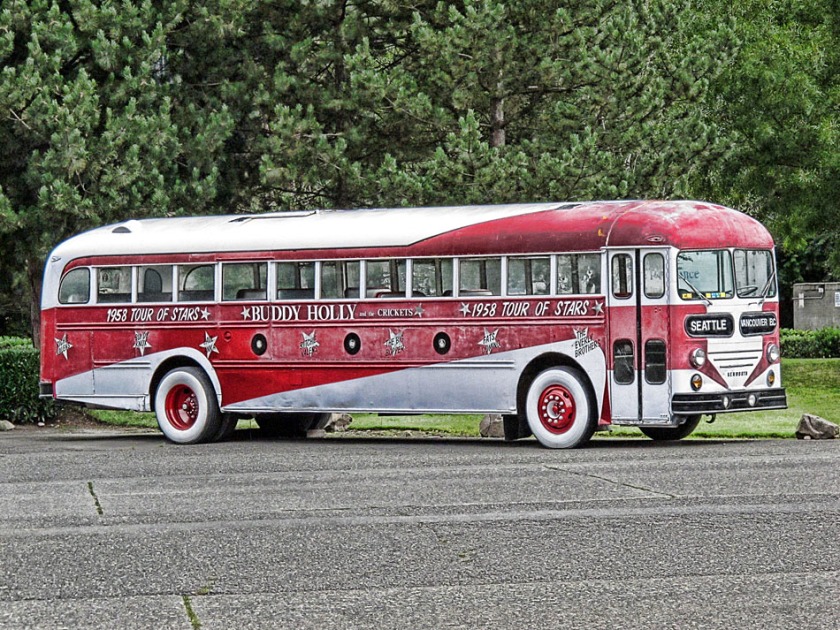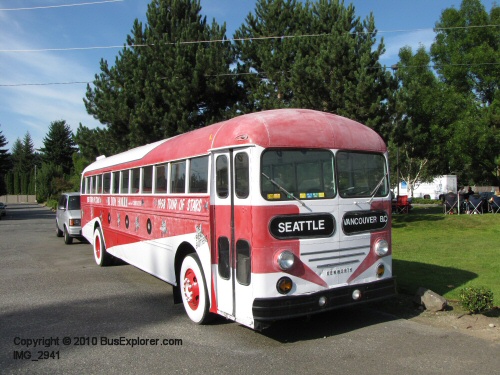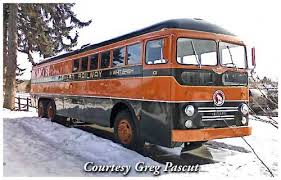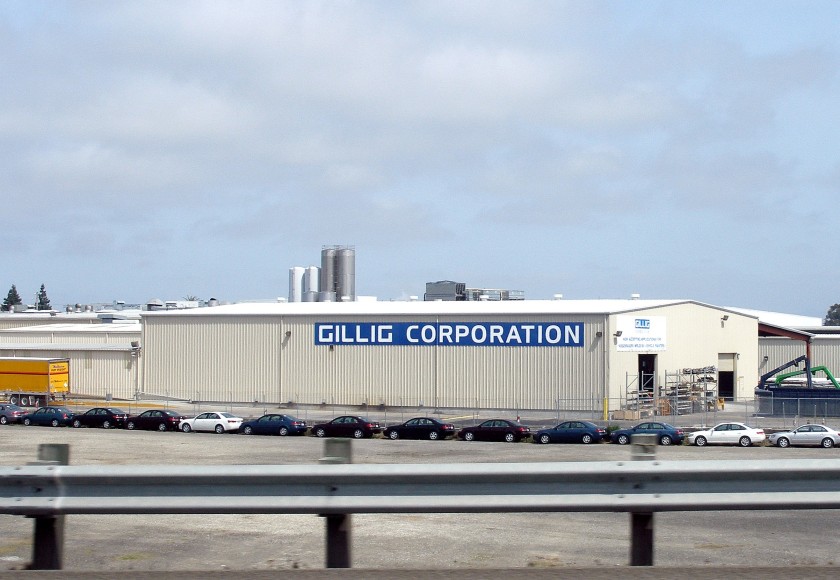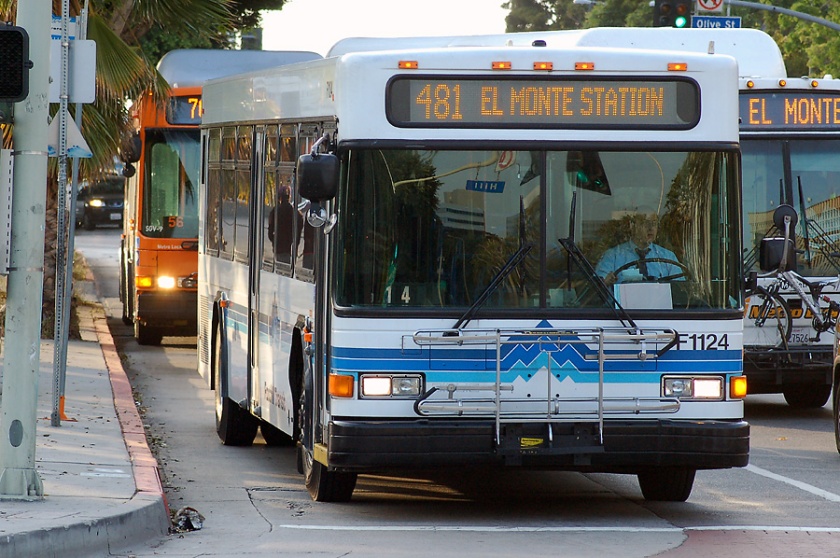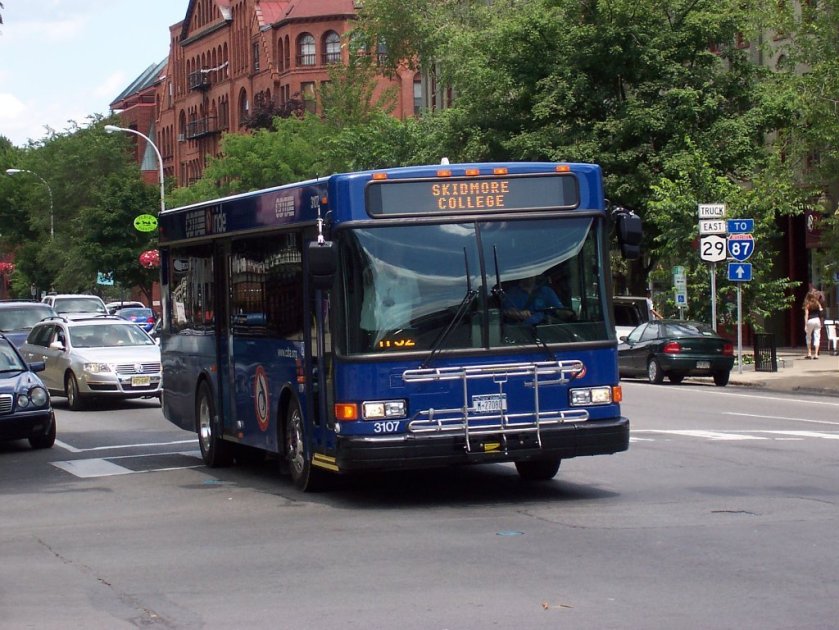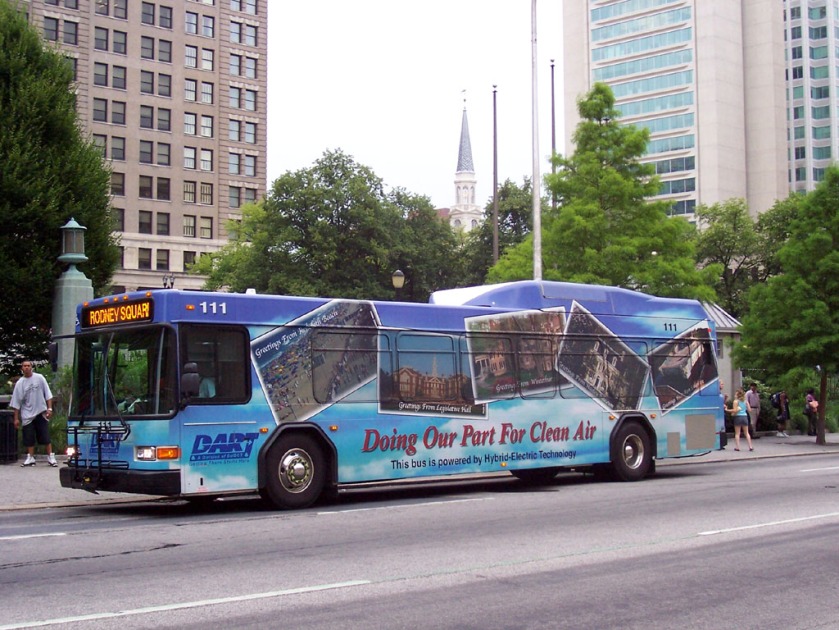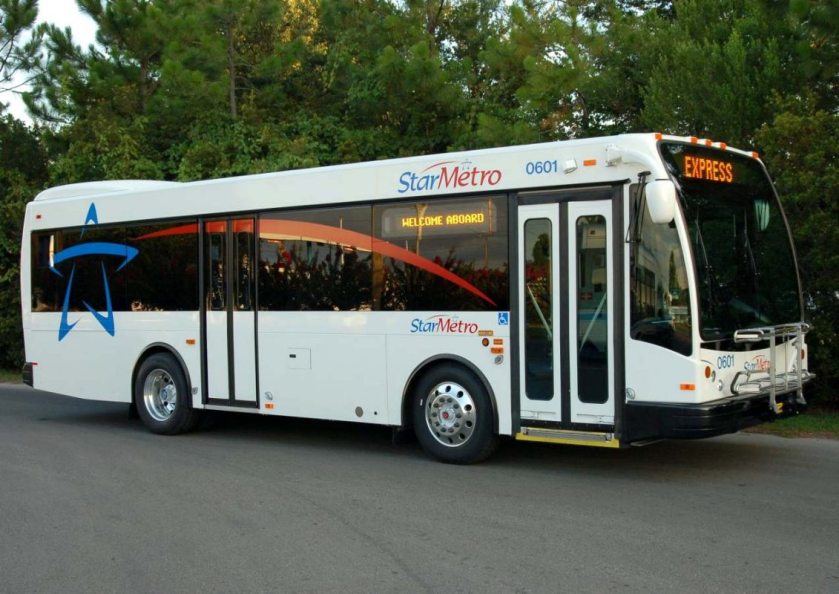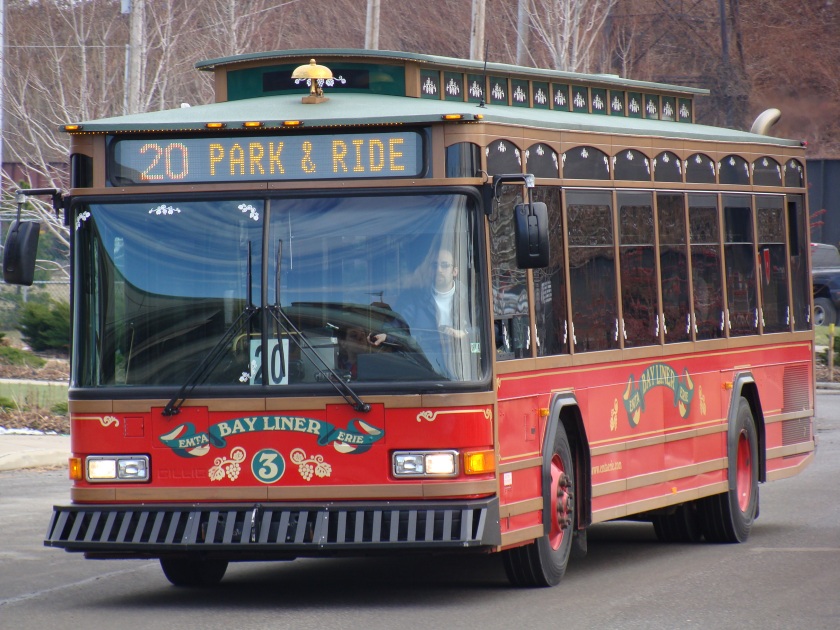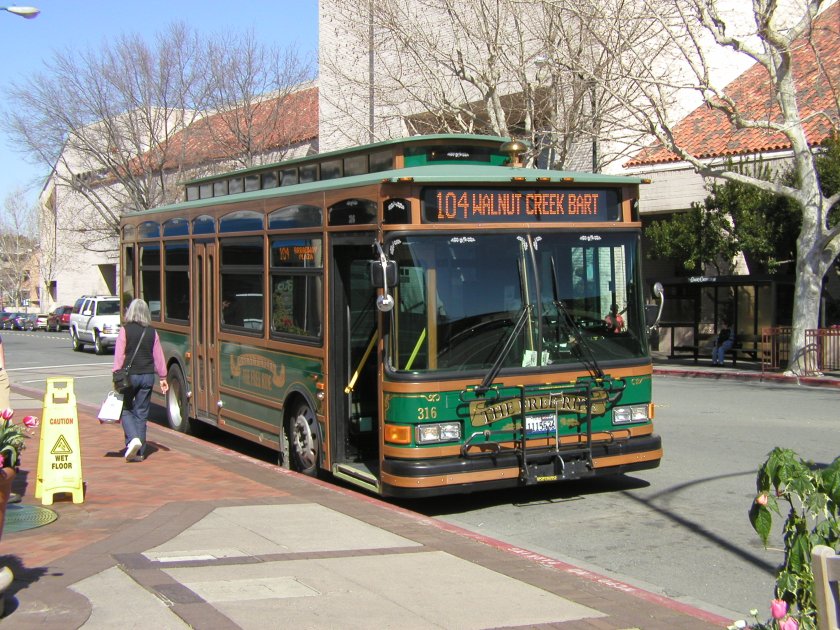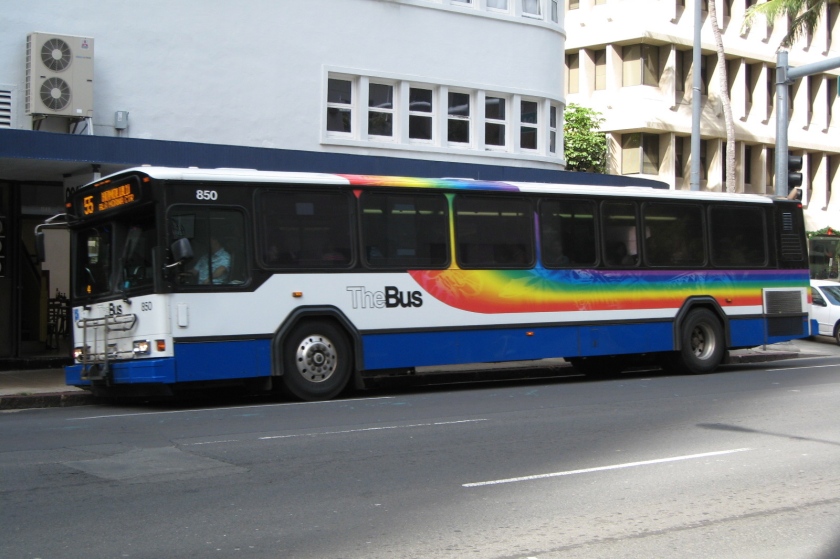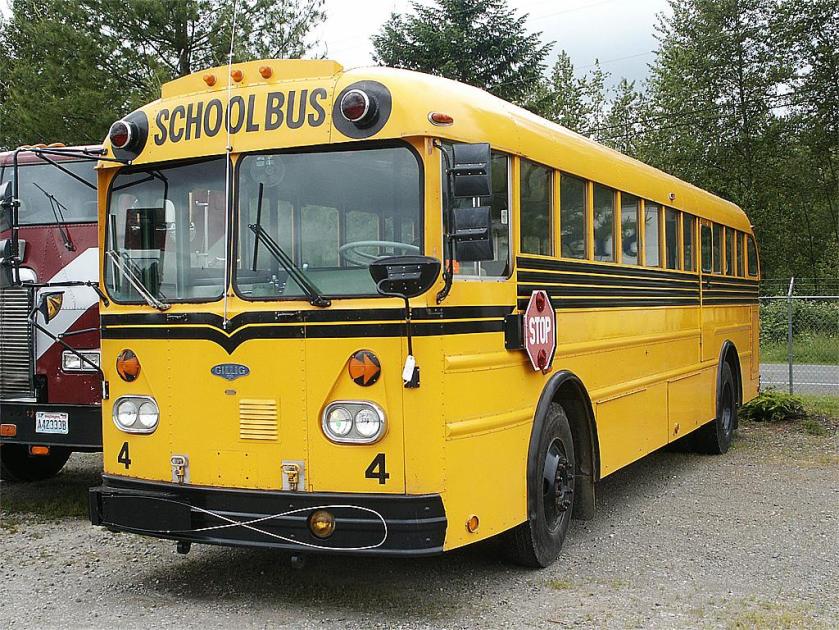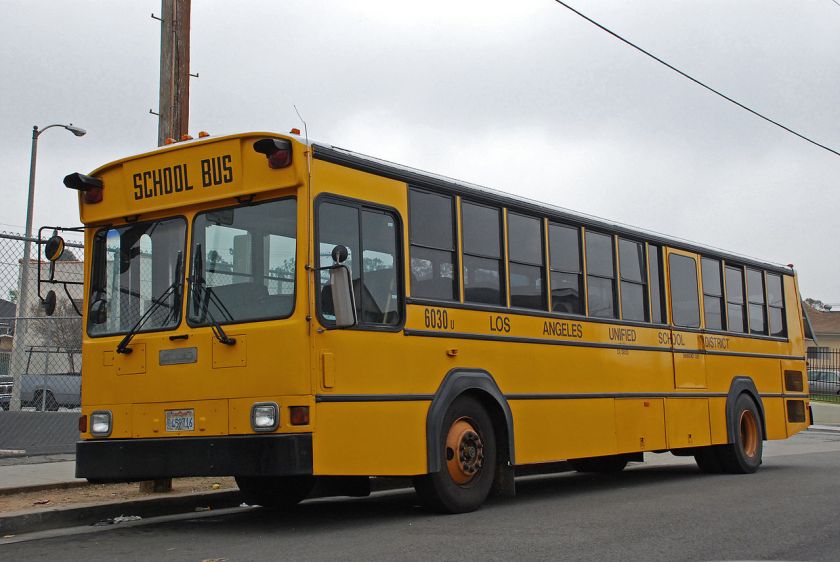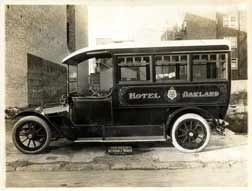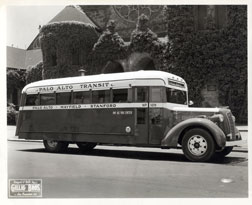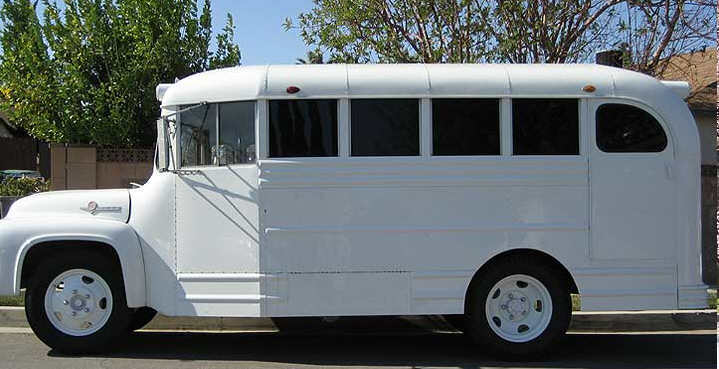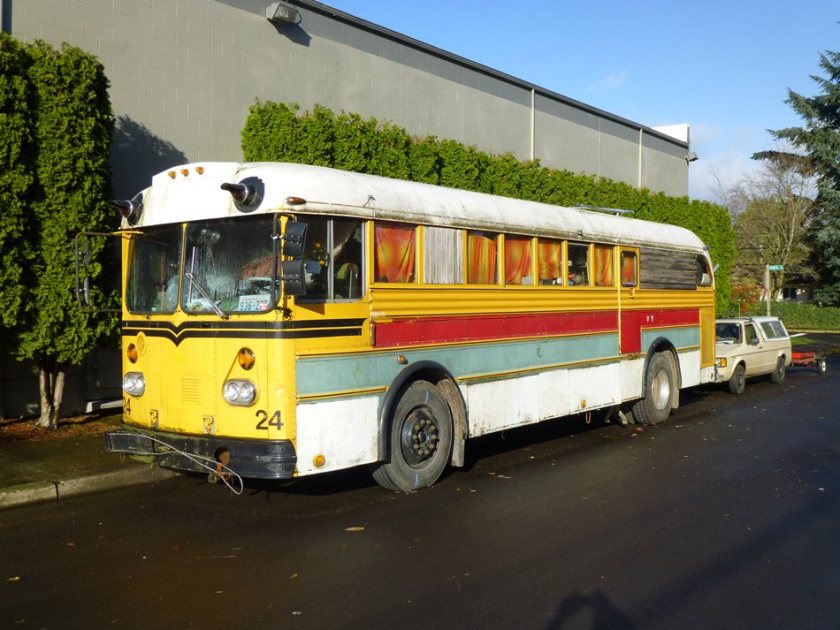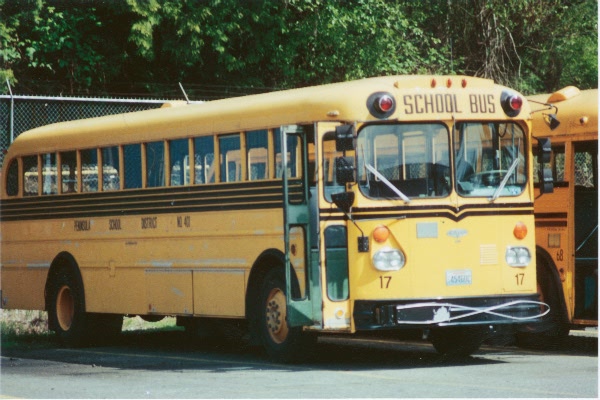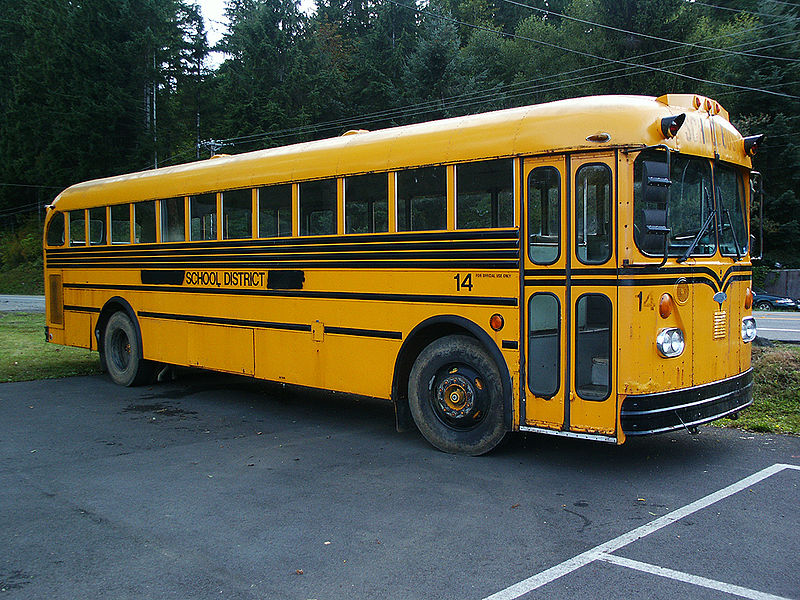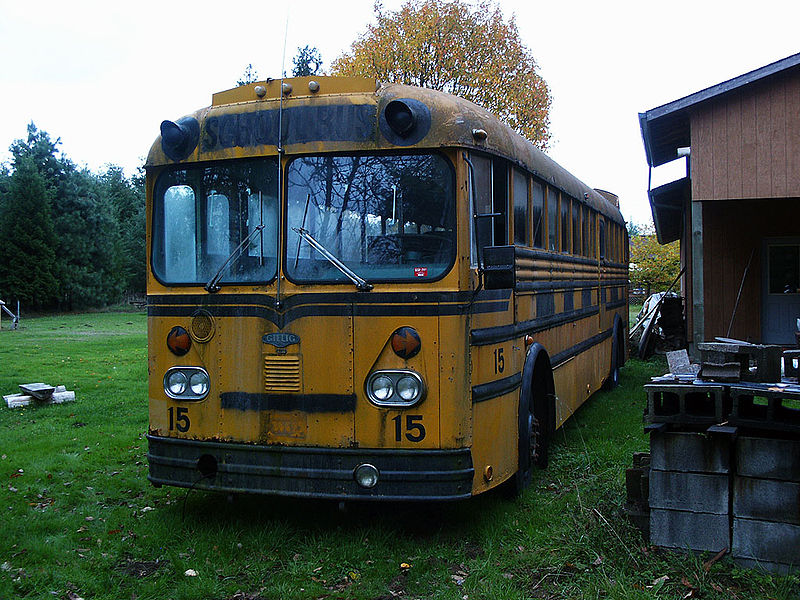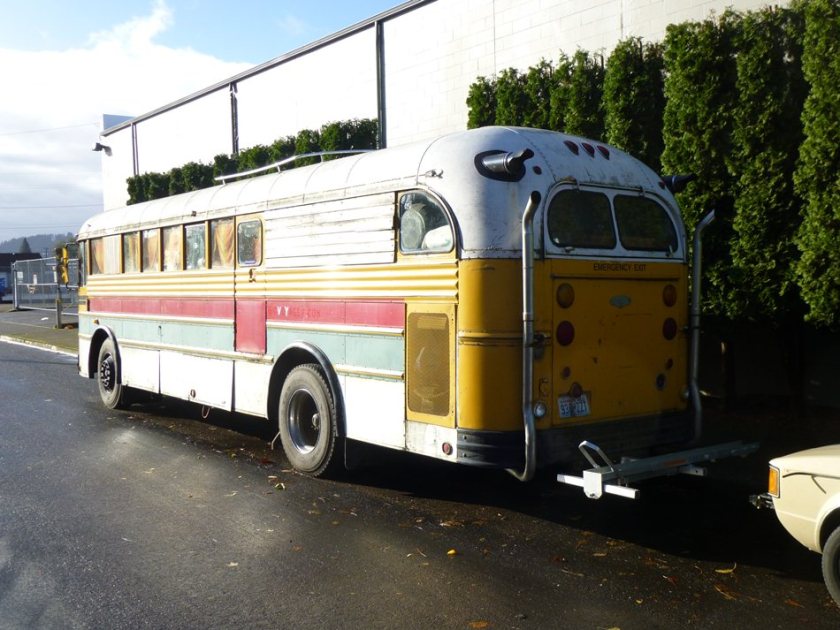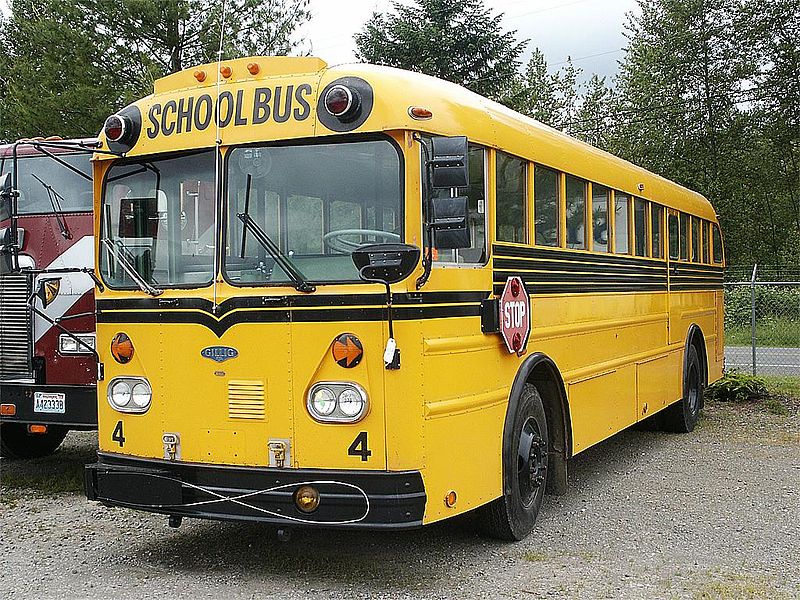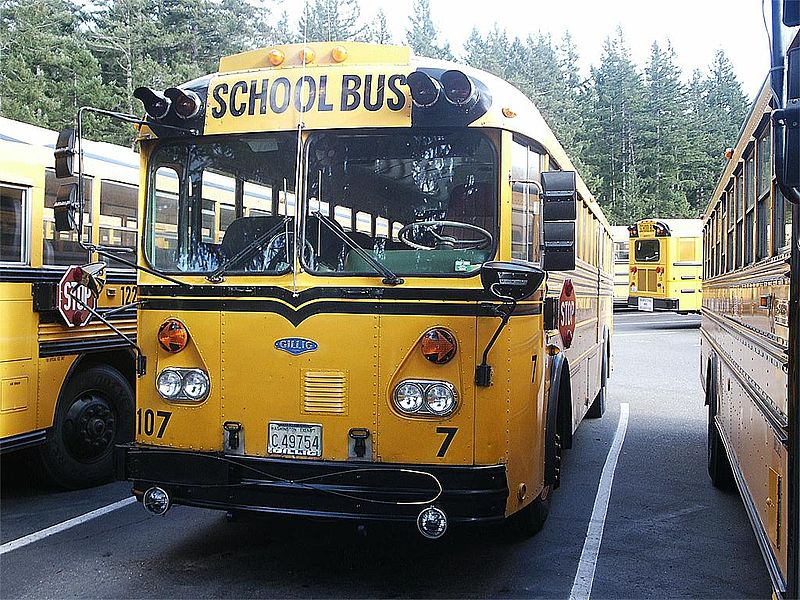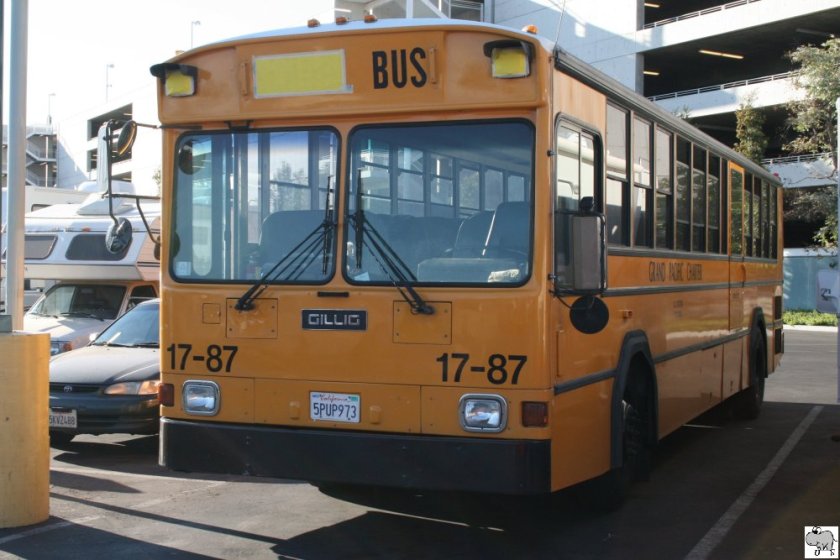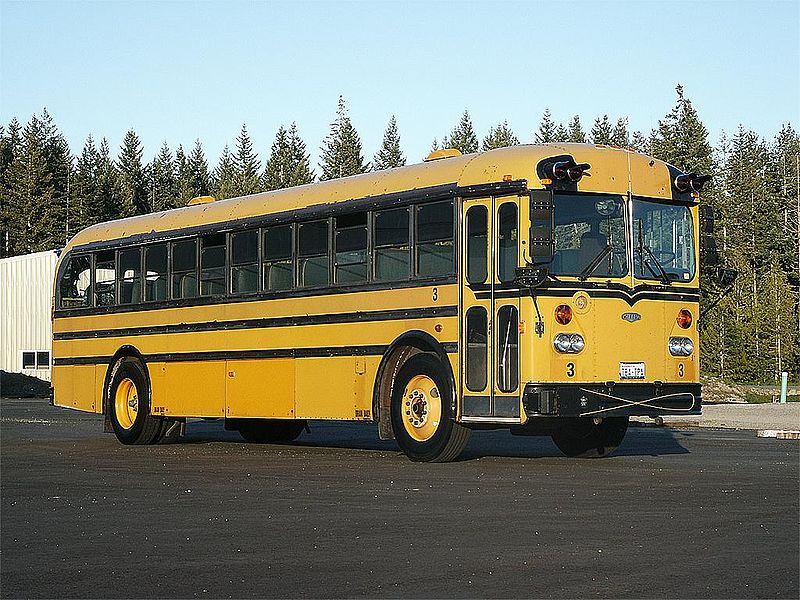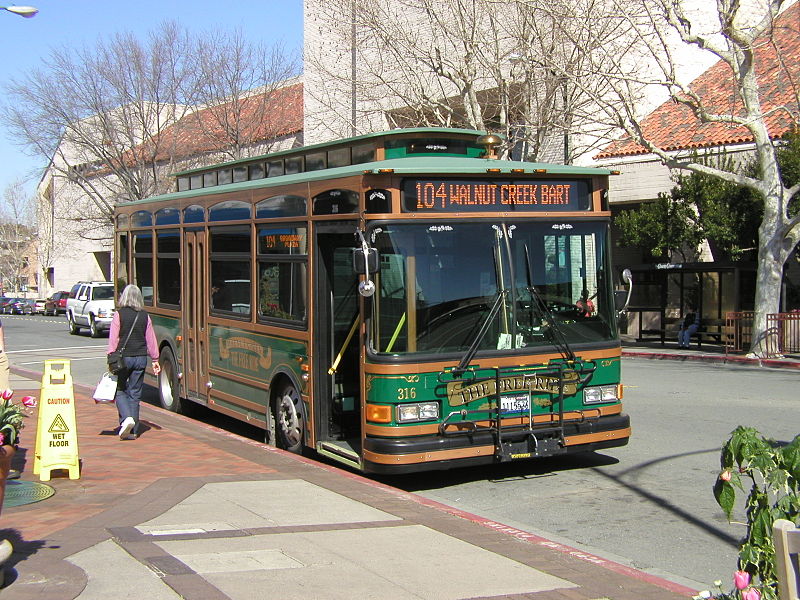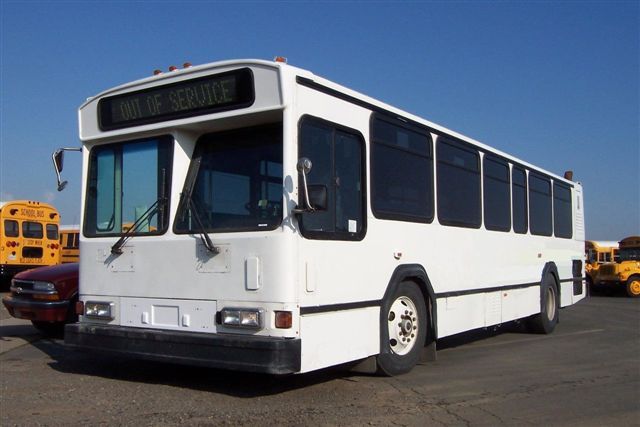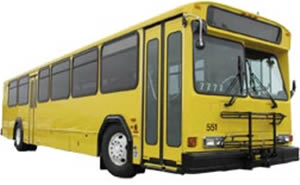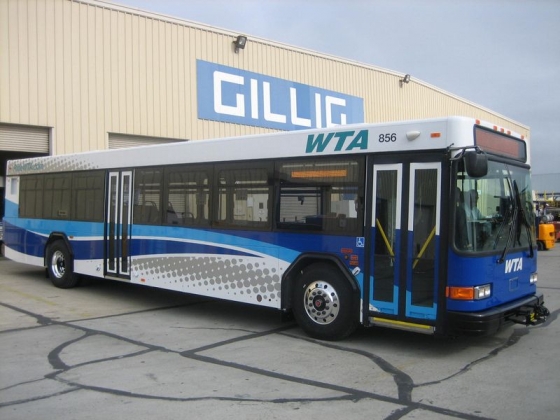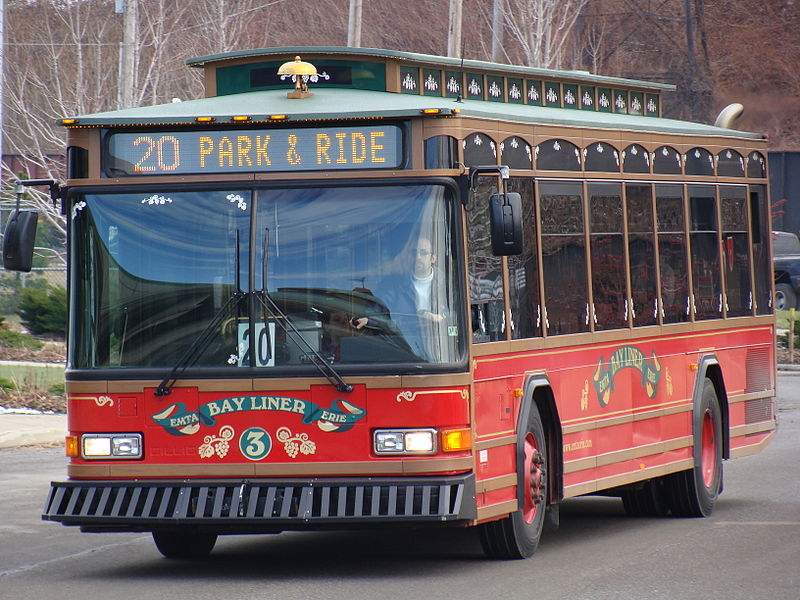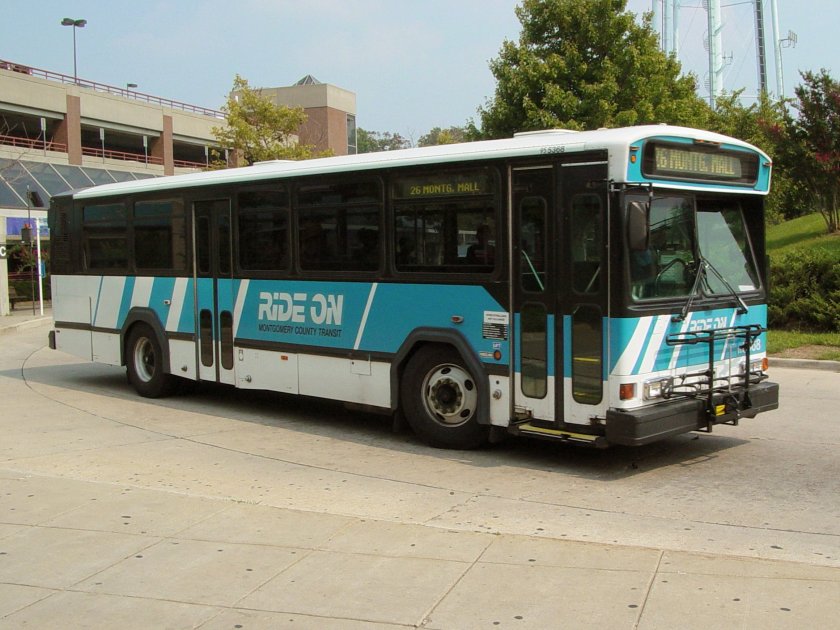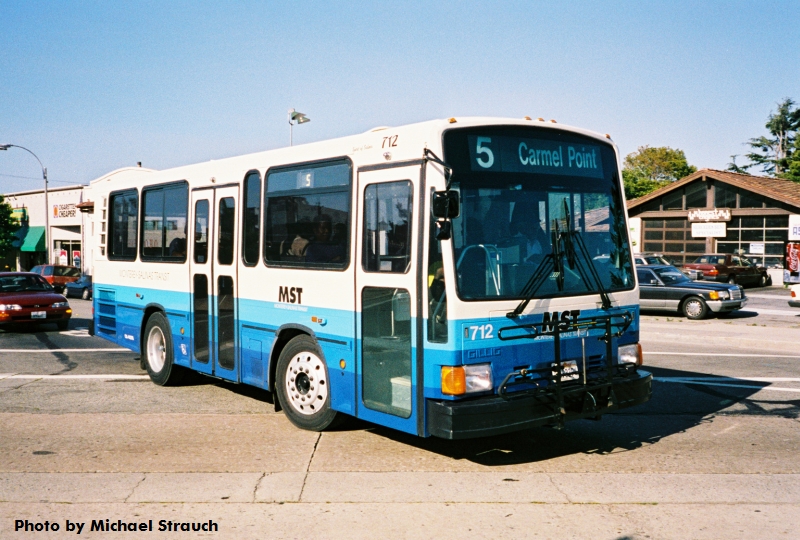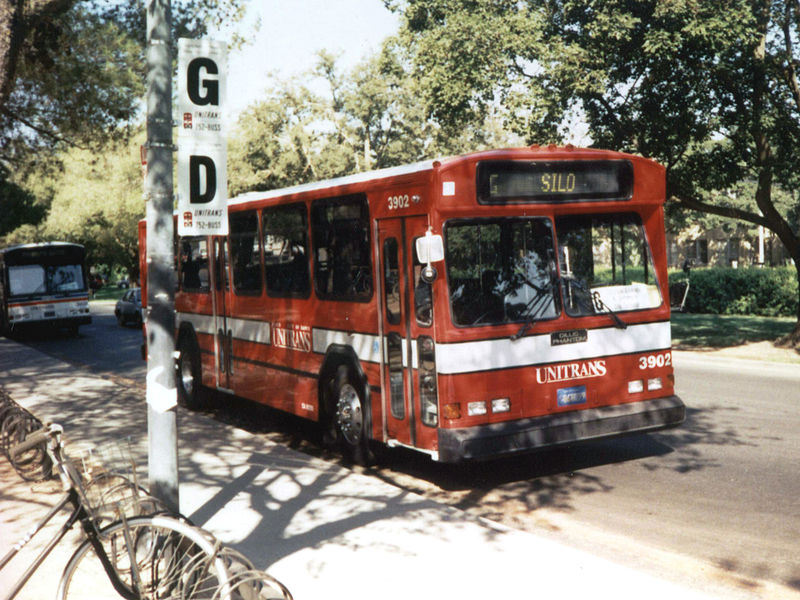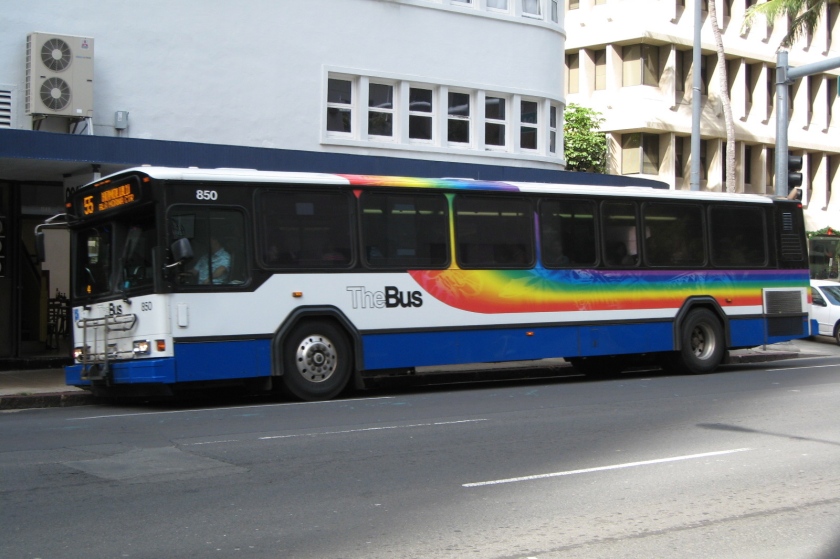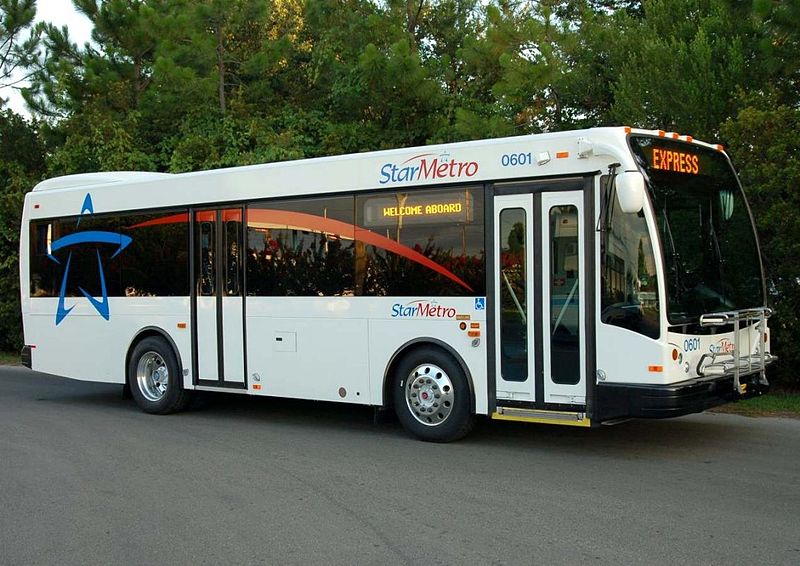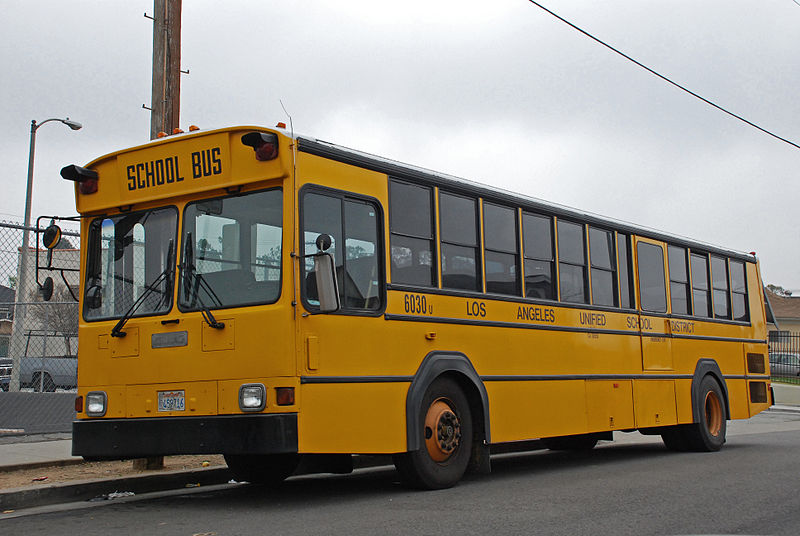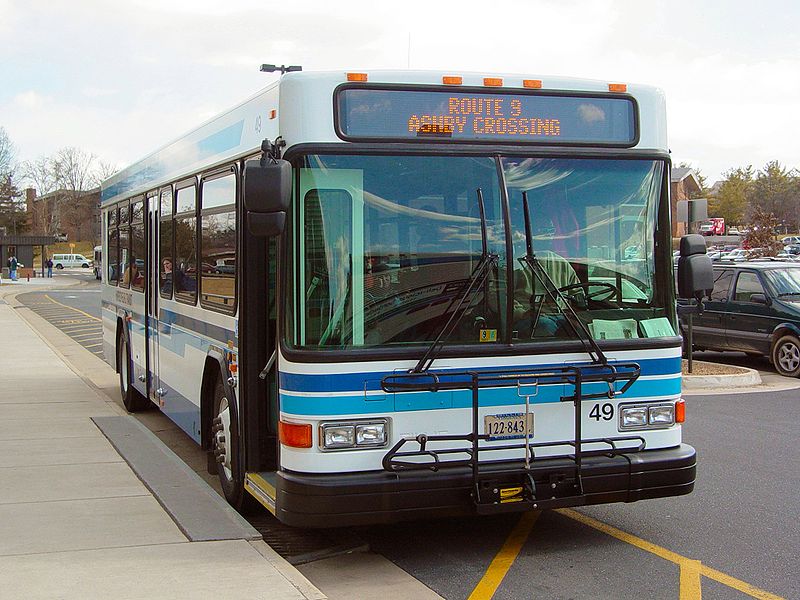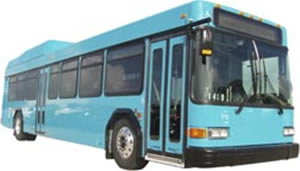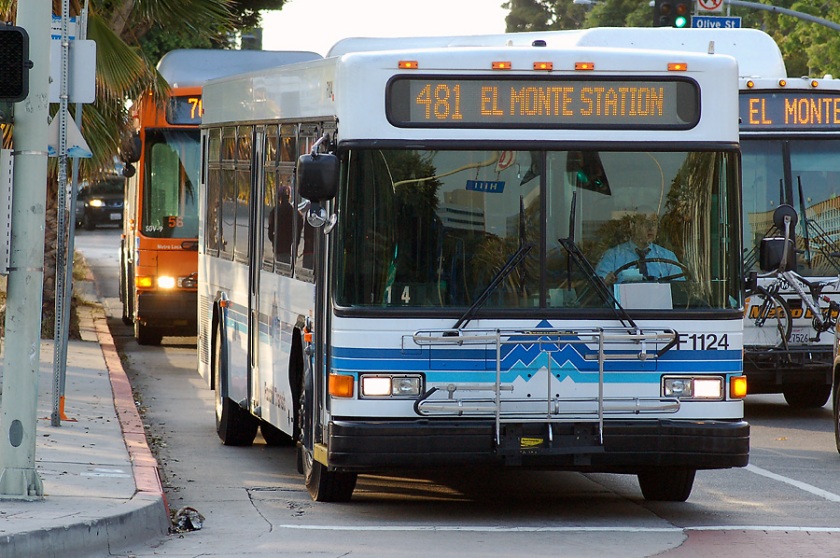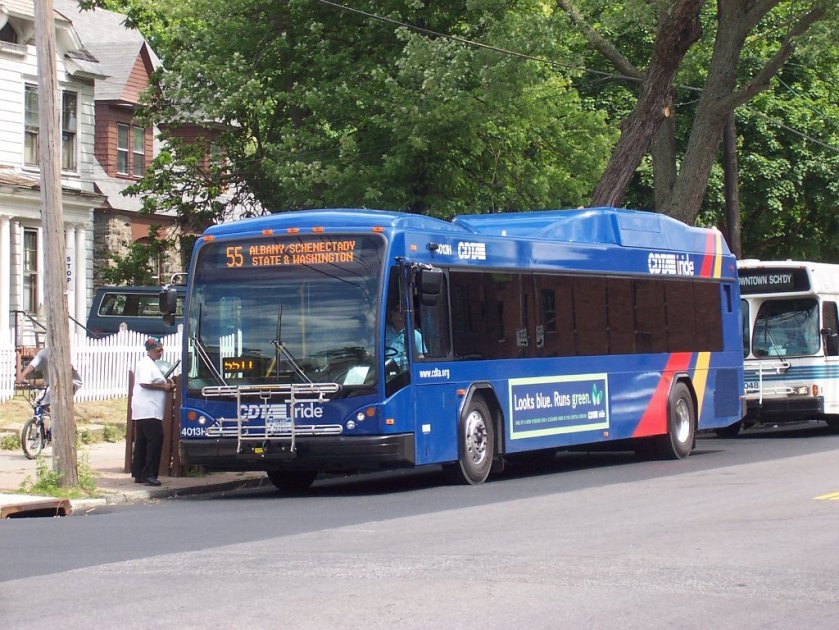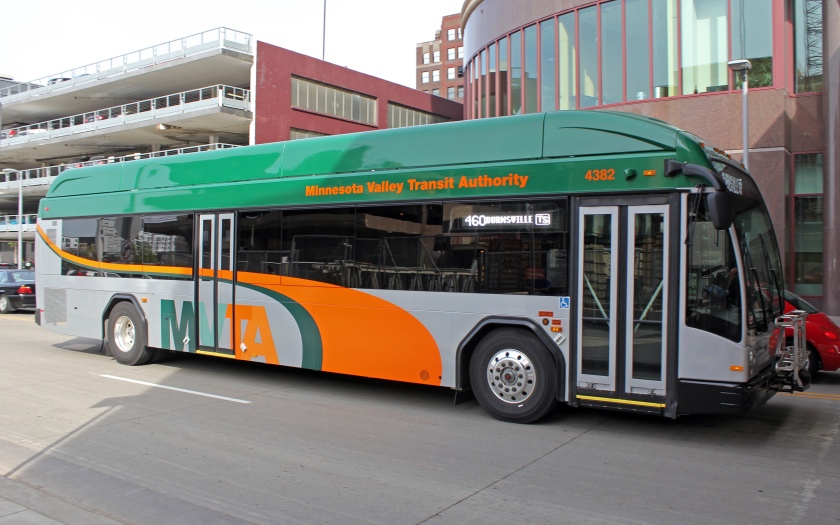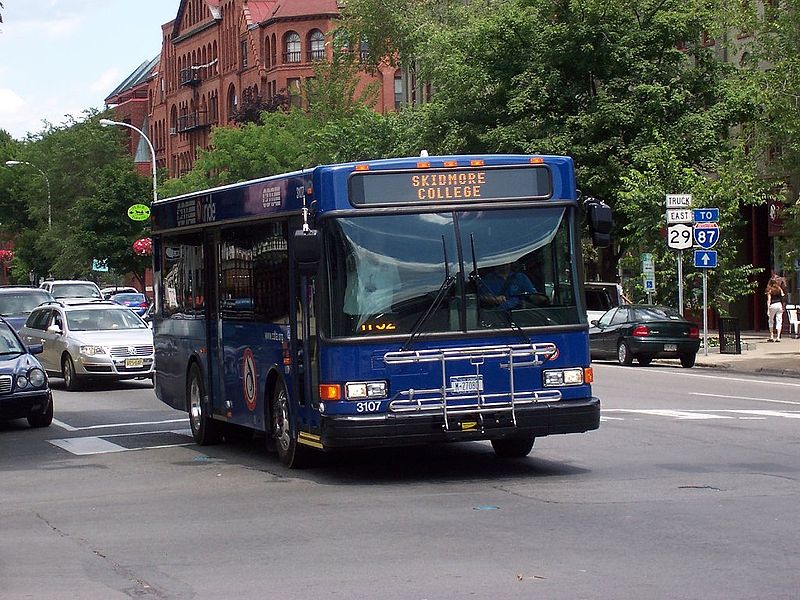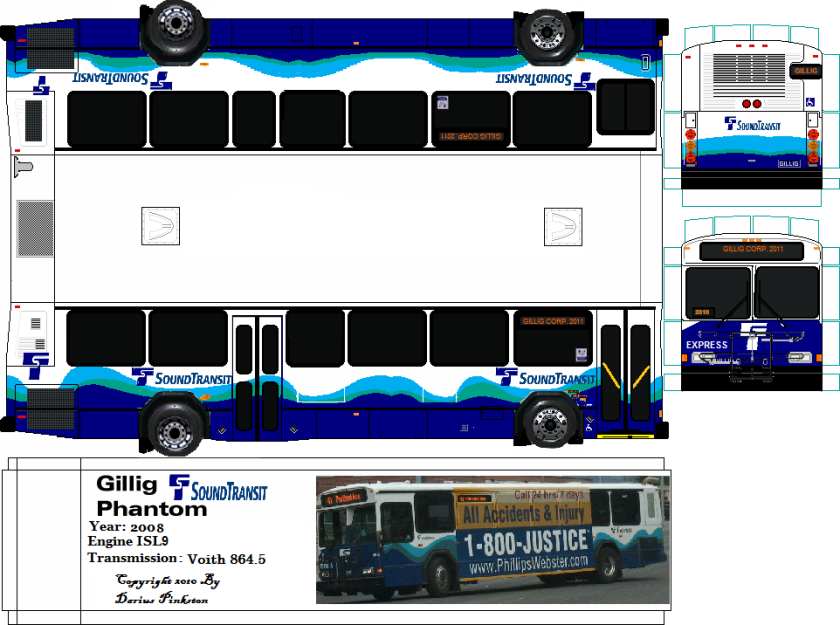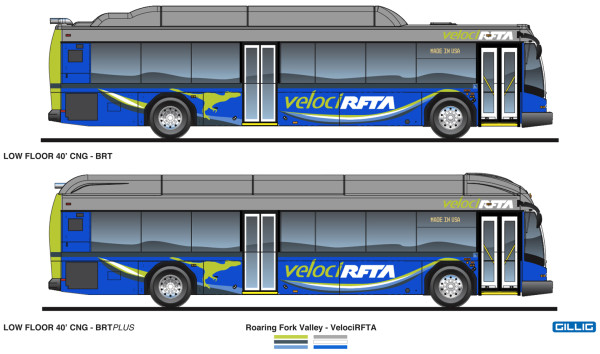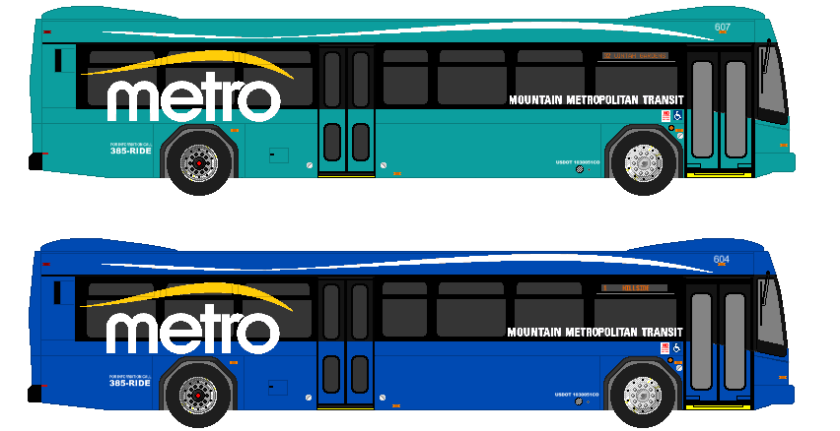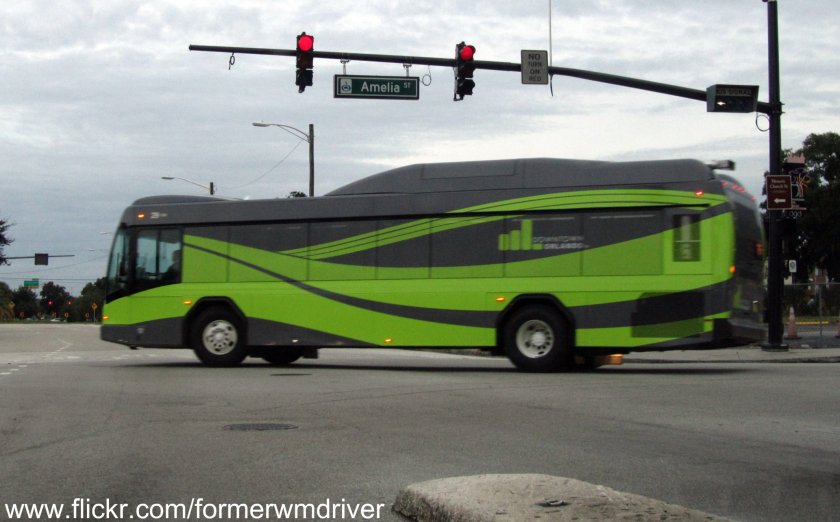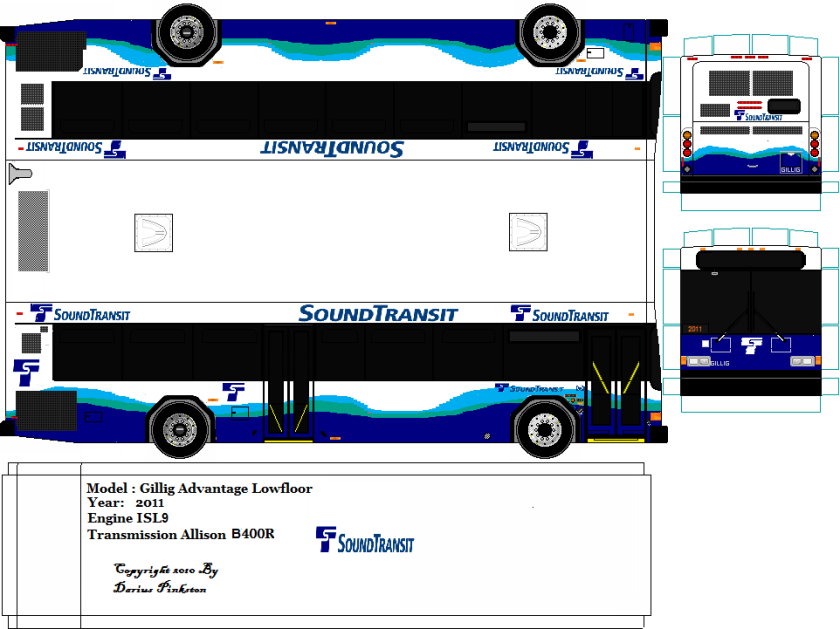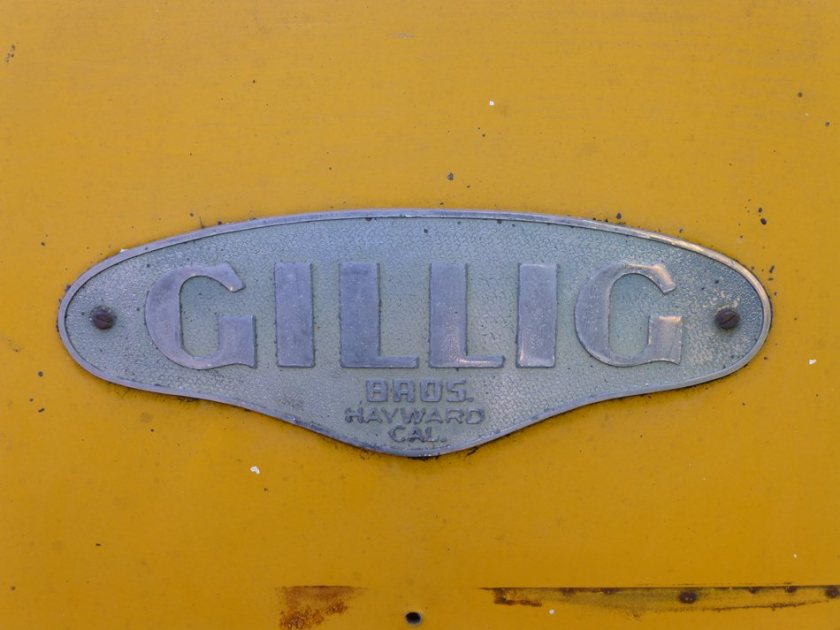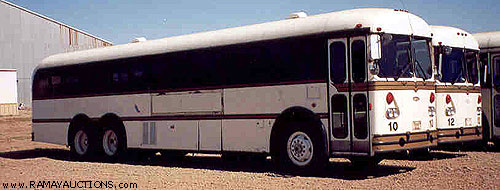LANCIA
1919 Lancia Kappa
 |
|
| Type | Società per azioni |
|---|---|
| Industry | Automotive |
| Founded | November 29, 1906 |
| Founder(s) | Vincenzo Lancia |
| Headquarters | Turin, Italy |
| Key people | John Elkann (President) Saad Chehab (CEO of Lancia andChrysler brand) CEO of Lancia – Antonella Bruno (since 23 April 2013) |
| Products | Luxury Cars |
| Production output | 98 000 (2012) |
| Owner(s) | Fiat S.p.A. |
| Parent | Fiat Group Automobiles S.p.A. |
| Website | Lancia.com |
Lancia Automobiles S.p.A. (Italian pronunciation: [ˈlantʃa]) is an Italian automobile manufacturer founded in 1906 by Vincenzo Lancia which became part of the Fiat Group in 1969.
The company has a strong rally heritage and is noted for using letters of the Greek alphabet for its model names.
History
Lancia is famous for many automotive innovations. These include the 1913 Theta, which was the first production car in Europe to feature a complete electrical system as standard equipment. The first car with a monocoque-type body – the Lambda, produced from 1922 to 1931 also featured ‘Sliding Pillar‘ independent front suspension that incorporated the spring and hydraulic damper into a single unit (and featured on most production Lancias until the Appia was replaced in 1963). 1948 saw the first 5 speed gearbox to be fitted to a production car (Series 3 Ardea). Lancia premiered the first full-production V6 engine, in the 1950 Aurelia, after earlier industry-leading experiments with V8 and V12 engine configurations. It was also the first company to produce a V4 engine. Also, Lancia pioneered the use of independent suspension in production cars, in an era where live axles were common practice for both the front and rear axles of a car. They also developed rear transaxles which were fitted to the Aurelia and Flaminia ranges. The innovativeness, constant quest for excellence, the fixation of quality, the complication of the construction processes and the antiqued machinery meant that all cars essentially had to be hand-made. With little commonality between the various models, the cost of production continued to increase extensively, while demand did not.Foundation and early years
Lancia was founded on 29 November 1906 in Turin by Vincenzo Lancia and his friend Claudio Fogolin, both being Fiat racing drivers, as Lancia & C. The first Lancia automobile the “tipo 51” or 12 HP (later called Alfa) was made in 1907 and produced from 1908. This car had a small four cylinder engine with a power of 58 bhp. In 1915 the Jota, Lancia’s first truck, appeared and there followed a series of Jota trucks. In 1937 Vincenzo died of a heart attack, and his wife Adele Miglietti Lancia and his son Gianni Lancia took over the firm. They persuaded Vittorio Jano to join Lancia as an engineer. Jano had already made a name for himself by constructing the Alfa Romeo 1750 Sport Alfa Romeo 6C, 2300, 2900, P2 Alfa Romeo P2 and P3 Alfa Romeo P3, some of the most successful racers of its time.
1921 Lancia Kappa Bus
Gianni Lancia, a graduate engineer was president of Lancia from 1947 to 1955. In 1956 the Pesenti family took over control of Lancia with Carlo Pesenti (1907–1984) in charge.
1969 to present
Fiat launched a take-over bid in October 1969 which was accepted by Lancia as the company was losing significant sums of money, with losses in 1969 being GB£20m. This was not the end of the distinctive Lancia marque, and new models in the 1970s such as the Stratos, Gamma and Beta served to prove that Fiat wished to preserve the image of the brand it had acquired.
1923 MHV Lancia Lambda
During the 1980s, the company cooperated with Saab Automobile, with the Lancia Delta being sold as the Saab 600 in Sweden. The 1985 Lancia Thema also shared a platform with the Saab 9000, Fiat Croma and the Alfa Romeo 164. During the 1990s, all models were closely related to other Fiat models.
1924 Lancia Charabanc
In 2011, Lancia moved in a new direction and added new models manufactured by Chrysler and sold under the Lancia badge in many European markets. Conversely, some Lancia built models began to be sold in right-hand drive markets under the Chrysler badge.
Logo
The original Lancia logo was designed by Count Carlo Biscaretti di Ruffia. The logo shows a lance and shield with flag. (“Lancia” means “lance” in Italian.) The Turin automobile museum is named after di Ruffia as Museo Nazionale dell’Automobile “Carlo Biscaretti di Ruffia”. The logo was redesigned in 2007.
Lancia family
Cavalier Giuseppe Lancia’ (1860 (Cuneo) – 1919(Bordighera)) is an Italian businessman and father of Vincenzo Lancia. When he was sixteen he started a business with food in Italy. Later for few years he made relationships with South America and he created a food industry in Argentina. His good steps and innovations made a great success in his company. His company was one on the first food companies in the country and showed new methods in this sector. When he made a fortune he returned to Italy. When he goes back his rang in Turin go to town advisor. By his education Giuseppe is an translator. In 1875 he is married for Marianna Orazzi. In 1876 their first son Giovanni is born.He love the education, humanities and the Greek language. In 1879 their daughter Margherita was born. Unfortunately, she died in 1894. In 1881 their third child Vincenzo Lancia was born. Their second daughter was born at 1884 – Anna Maria later Anna Maria-Giacobinni. The Lancia family on that time was important for Turin. The members of the family likes to go on opera and theater. In the free time The Lancias like to spend their time at a ville near Turin.
1924 Lancia Reisebus
Vincenzo Lancia was born on 24 of August 1881 in Fobello near Turin. His father wanted Vincenzo to be a lawyer, but he didn`t have much interest in the humanities. He met the Battista brothers and Giovanni Ceirano and became interested in science and technology, especially automobiles. He saw his first cars in Turin and Milan. One of his friends Carlo Bishareti di Ruffia had a Benz and that was the first important automobile in his life. When FIAT was founded in 1899 Vincenzo was very active in the company and later became one of the most famous test drivers of the Italian automobile brands. In 1922 Vincenzo married his secretary – Adele Miglietti. Vincenzo and Adele had three children Gianni, Eleonora and Maria. He died on February 15, 1937.
1924 lancia-bus 26seat
Gianni Lancia was born on the 24th of November 1924 in Turin. He finished his education with his sisters at the Technical University of Pisa. From the time he was a little boy Gianni loved sports, but his greatest passion was motor racing. This led him to become a driver for the Lancia team. Gianni became the boss of Lancia in 1950. Unfortunately, he invested a lot of money in expensive prototypes and other unprofitable ventures that led him to sell a big part of the company to Carlo Pesenti in 1957. After that he started a business in the food industry. For a few years he lived in Brazil. He had two sons, Mariele and Vincenzo from his first marriage and had one son (Lorenzo Lancia) from his marriage to Jacqueline Sassard .
1925 Hemingway’s Yellow Bus, [Lancia model] High St, Skelton
1925 Hemingway’s Yellow Bus, [Lancia model] High St, Skelton
1925 LANCIA-LAMBDA-PENTAIOTA-AUTOBUS-MODELLI
1925 LANCIA-LAMBDA-TRIKAPPA-PENTAIOTA-EXTRA-SERIE-AGENZIE
1926 Lancia 0533 F & J.Webb Somerset YB7442
1926 Lancia Kappa Charabanc
1927 Hunters-Lancia
1927 Lancia Charabanc
1927 LANCIA Eptaiota
1927 LANCIA Eptaiota
1927 Lancia Hungary
1927 lancia-eptajota
1927 lancia-eptajota
1927 lancia-eptajota
1927 lancia-eptajota
1927 lancia-eptajota
1927 lancia-eptajota
1927 lancia-eptajota
1927 lancia-eptajota
1927 lancia-eptajota
1927 lancia-eptajota
1927 lancia-eptajota
1927 lancia-omicron
1927-36 Lancia Omicron 1927-1936. Een Lancia bus die ingezet werd voor lange afstandsreizen(kenworth)
1927-36 Lancia Omicron
1927-36 Lancia Omicron
1927-36 Lancia Omicron
1928 AUTOVEICOLI-LANCIA-CHASSIS-INDUSTRIALI-AUTOBUS
1928 Lancia Auwärter Aufbau
1928 Lancia Pentaiota
1930 Lancia Omicron
1930 Lancia Omicron 256L Macchi
1930 LANCIA-PENTAIOTA
1931 Lancia Omicron Varesini
1936 LANCIA OMICRON
1938 Lancia
1939 Lancia 3 RO bus
1939 Lancia 3 RO bus
1939 Lancia 3 RO bus
1939 Lancia 3 RO Carrozzeria BARBI spa
1939 Lancia 3ro Macchi
1940 Lancia Single rear-axle operating in Piraeus Greece
1941 Lancia ro P Macchi
1950 LANCIA Beta Catalogue
Lancia 1951
1951-52 Lancia Esatau P V.11 Macchi
1951-52 Lancia Esatau P V.11 Viberti Monotral
1951-52 Lancia Esatau V.11 Garavini
1951-52 Lancia ESATAU V11 CARROZZERIA BARBI
1951-52 Lancia Esatau V11 complessivo
1951-52 lancia-esatau-p-v11-05
1953 f Casaro
1953 Lancia Esatau P Bianchi
1954 Lancia Esatau extraurbani
1954 Lancia Esatau extraurbani
1955 Lancia Bianchi Gran Turismo Bus
1955 Lancia car porter – Esatau P chassis, bodied by Viberti
1955 Lancia Esatau Intercity Padana Bus
1955 Lancia Esatau Renzo Orlandi Bus
1955 Lancia V11 Viberti Transit Bus
1958 Lancia Funeral Bus
1959 Lancia Esagamma
1959 Lancia Jolly + simca 1000
1959 Lancia Jolly Camper
1959 Lancia Jolly
1960 Lancia 703 Esatau Karrosserie Portesi (Brescia) Fahrerplatz
1960 Lancia 703 Macchi © Mario Kaiblinger
1960 Lancia 703.04 Viberti CV.60
1960 Lancia -Casaro trolleybuses. These Italian buses © Ton v d Burg & Cees Bos
1960-lancia-jolly-onderdelenhandboek-engels
1961 Lancia Esatau P V.11 Garavini
1962 Lancia Esatau P Casaro Tubocar
1962 Lancia Esatau P Casaro
1962 Lancia Esatau P V.11 Viberti Monotral
1962 Lancia Esatau P V.11 Viberti Monotral
1962 Lancia ESATAU V11 CARROZZERIA BARBI SPA
1962 Lancia Jolly 1100 Funebre Carrozzeria Bonfanti
1962 lancia-esatau-p-v11
1963 LANCIA ESATAU 703 MENARINI, 3ª serie (1963)
1963 Lancia Jolly 1100 Camper
1963 lancia-703 © Mario Kaiblinger
1964 Lancia 703.01 Orlandi stefer
1964 Lancia Appia Jolly Camper Van Front
1964 LANCIA dd’s
1964 lancia esatau 703
1964 Lancia Esatau 703
1964 LANCIA ESATAU Camper
1965 Lancia 703.08 Viberti
1965 Lancia 718 esagamma © Mario Kaiblinger
1965 Lancia Esagamma (bus)
1965 LANCIA Esagamma 715
1965 lancia-esagamma-718-10
1965-70 Lancia esagamma
1965-70 Lancia ESAGAMMA CARROZZERIA BARBI SPA
1965-70 Lancia Esagamma Pegaso (Garbarini)
1965-70 Lancia Esatau 703 Bianchi
1965-70 Lancia Esatau 703 Dalla via
1966 lancia-703
1968 Bus 703 Lancia and Fiat 306 of the company Officine Viberti of Turin
1968 De Simon stefer Lancia 915 © Leandro Tavolare
1968 Lancia 703 e 718 © Paul S A Redmond
1968 Lancia 718.241
1968 Lancia De Simon Stefer b 915 © Collezione Leandro Tavolare
1968 Lancia esagamma 715 bianchi
1968 Lancia Esagamma 718 De Simon © Mario Kaiblinger
1968 Lancia Esagamma Stanga [718.441]
1968 Lancia Esatau 703.04
1969 Lancia 033
1969 Lancia
1969 Lancia Esagamma MKMI21-L718
1970 Lancia 515 BusTur17
1971 Lancia 718.241 Menarini
1971 Lancia
1972 Lancia Genova Struppa old bus in Fontanegli
1973 Lancia Esagamma FBP
1973 Lancia Esagamma
1973-74 Lancia 718 Oms 3051
1973-74 Lancia ATM 5180 © Leandro Tavolare
1973-74 Lancia Esagamma FBP 718.4
1973-74 Lancia Flavia et Flavia Cabrio
1973-80 Lancia 703 Mauri 1568
1974 Fiat 410 Breda Pistoiesi e Lancia Esagamma Portesi ATAC Roma – Gennaio © Giorgio Grisilla – Trieste
1974 Lancia DD documento 010
1980 Lancia Esagamma (bus)
1981 Lancia Athens-trolley-1981
lancia-jolly
lancia-super-jolly-ambulance
Lancia Jolly edited
LANCIA JOLLY
lancia 3ro 02
Lancia Superjolly officemobile
lancia jolly carro funebre che suggerisco nel giorno del mio
Lancia Funebre restoration
Lancia Jolly Ambulance
Lancia big jean12
Lancia
Lancia Superjolly “Fabbri”
Lancia 3x
Lancia Super Jolly
Thats it, Finito
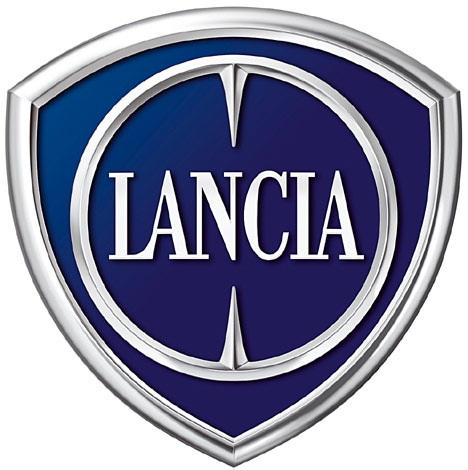
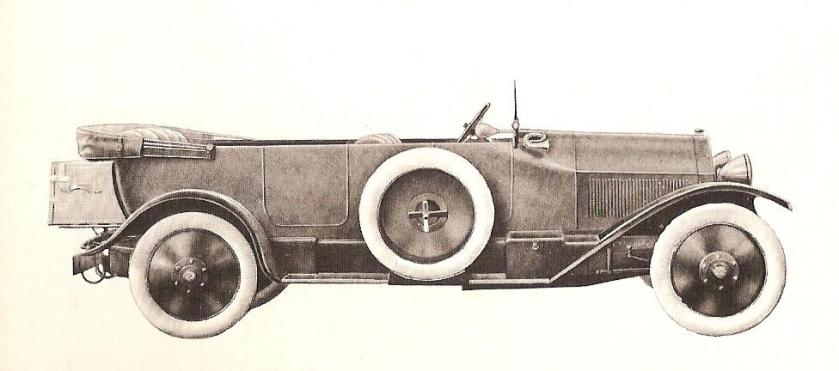
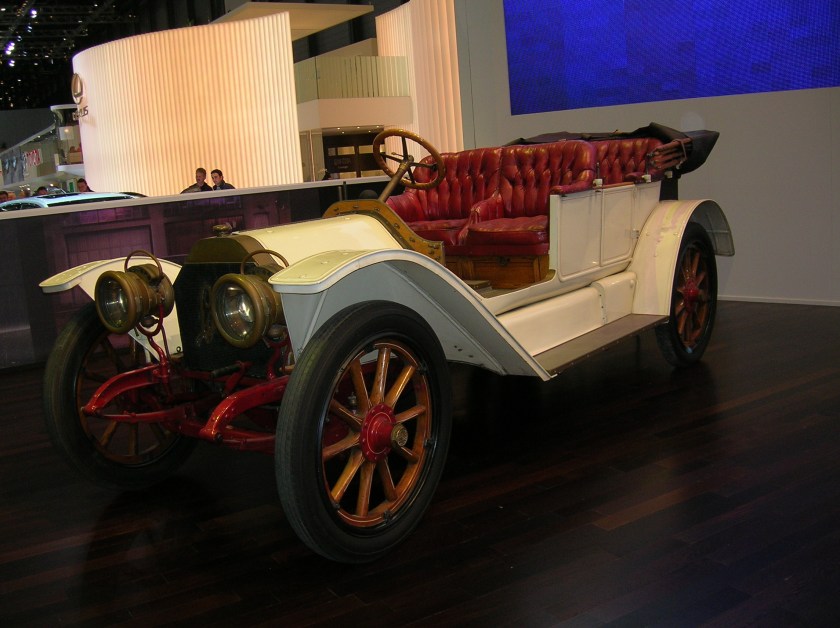
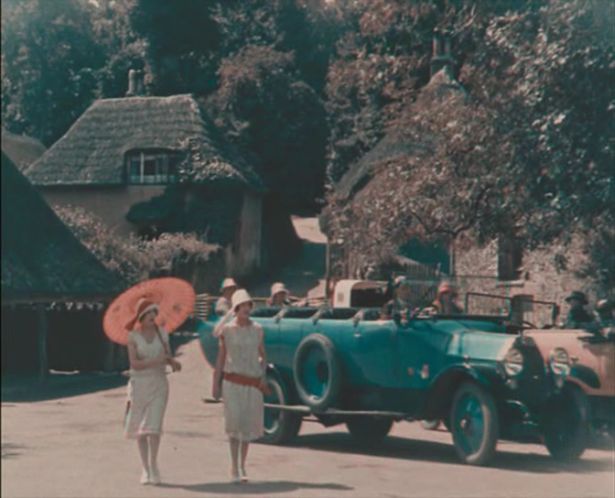
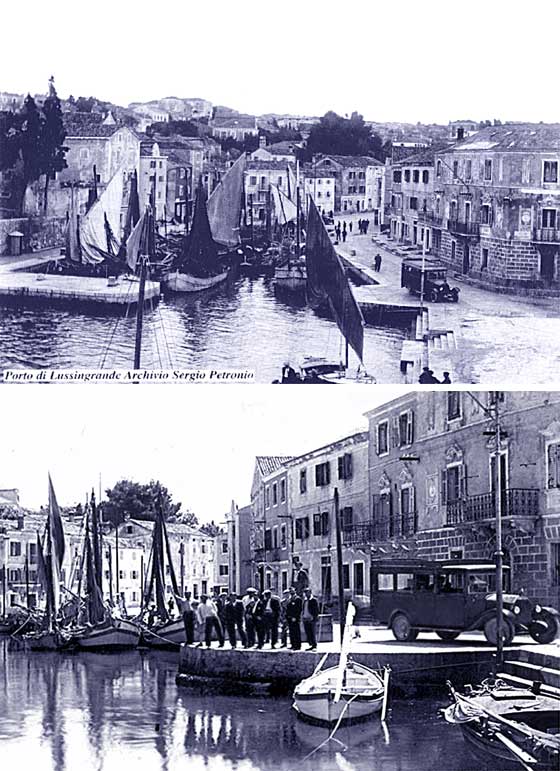
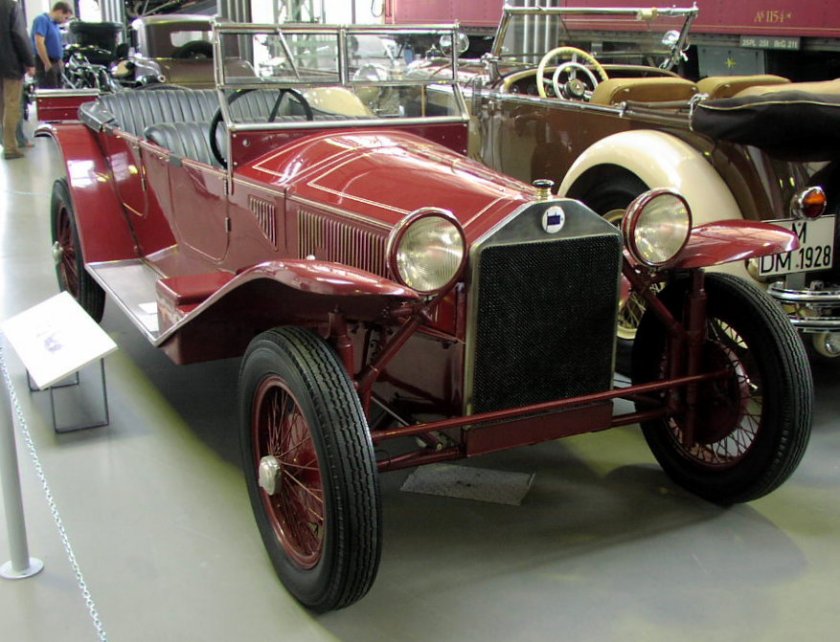
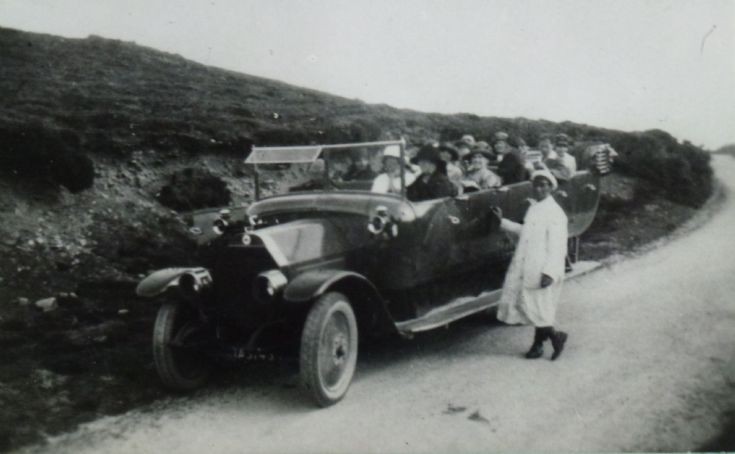
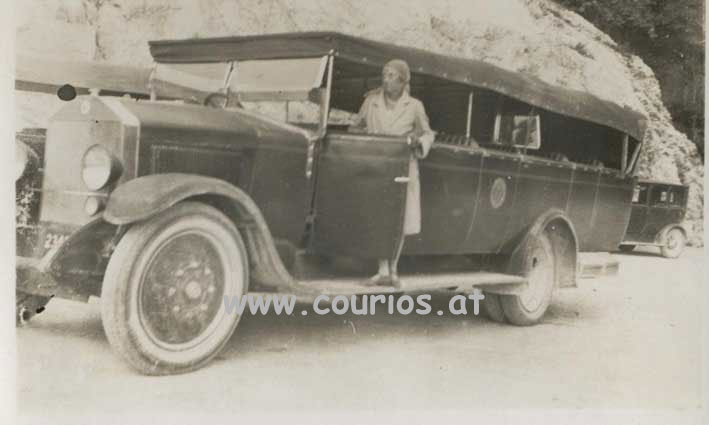
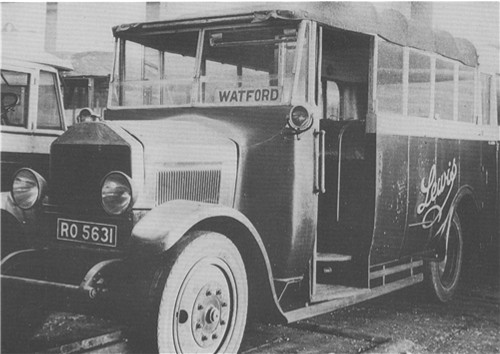
![1925 Hemingway's Yellow Bus, [Lancia model] High St, Skelton](https://myntransportblog.wordpress.com/wp-content/uploads/2014/05/1925-hemingways-yellow-bus-lancia-model-high-st-skelton.jpg?w=840)
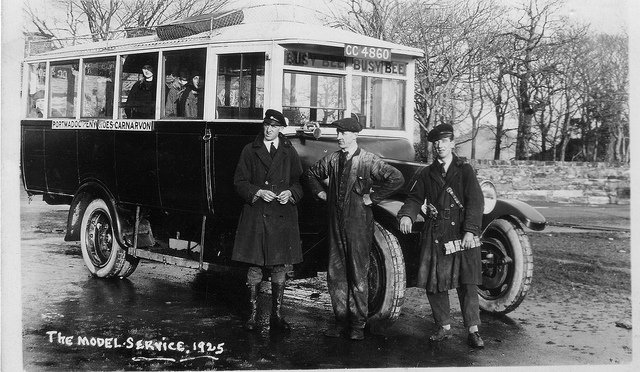
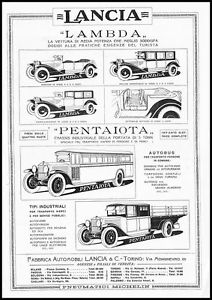
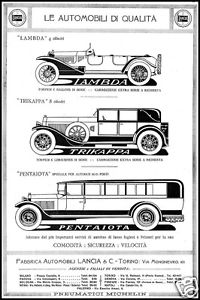
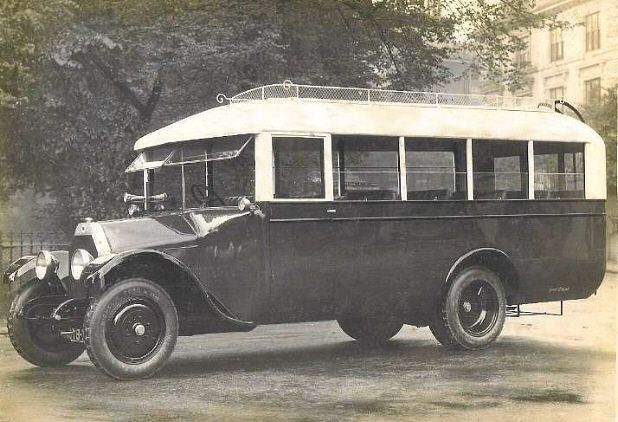
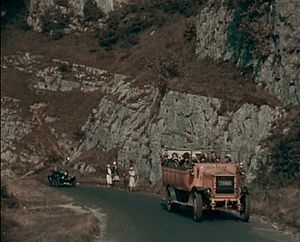
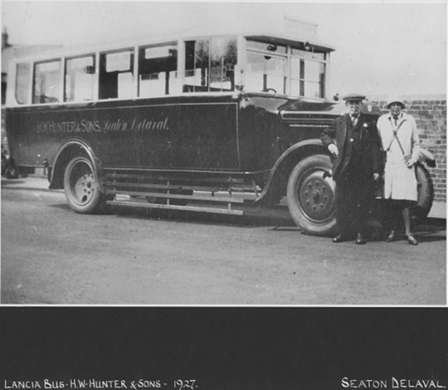
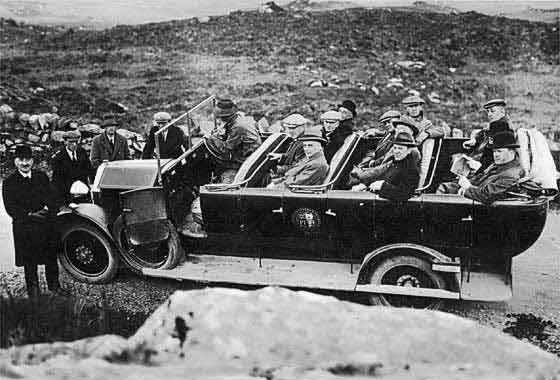
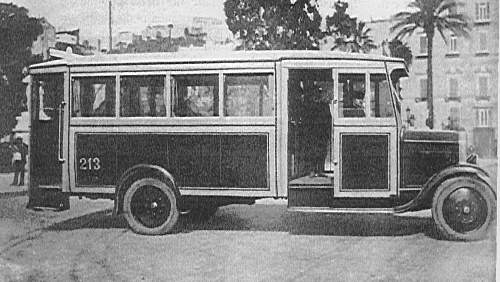
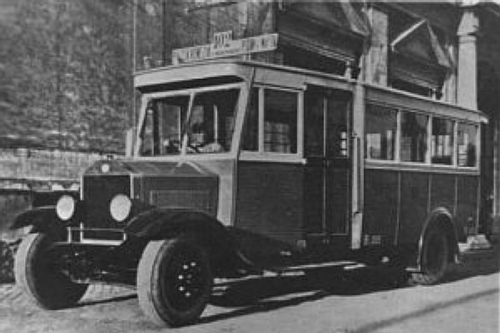
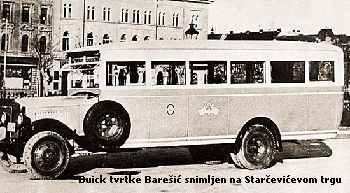
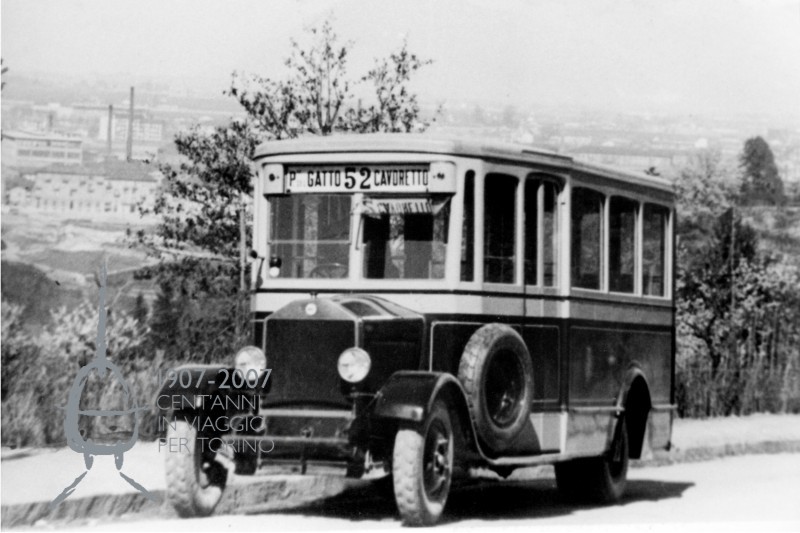
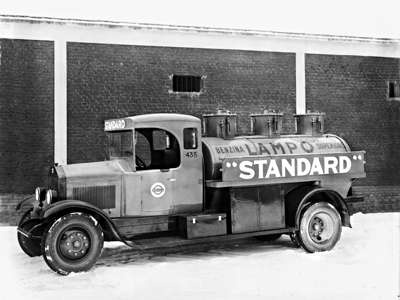
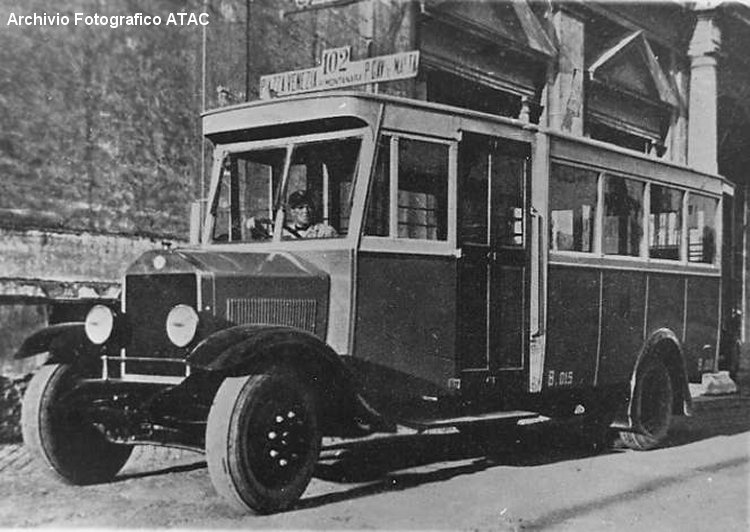
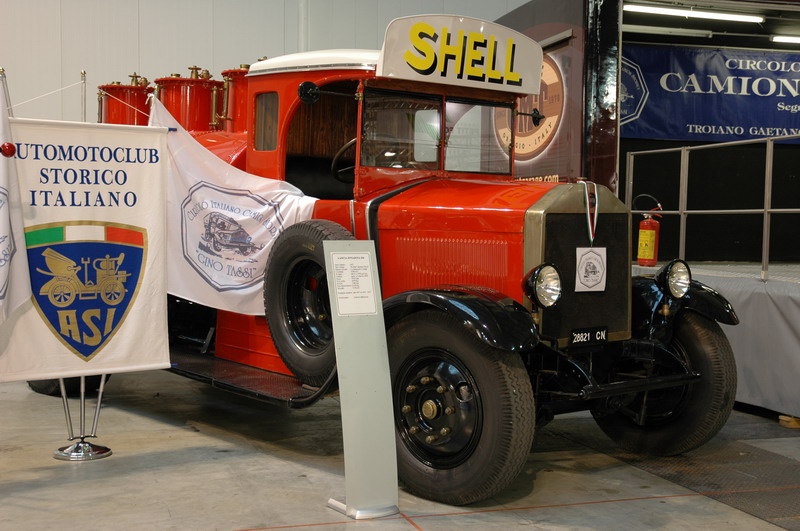
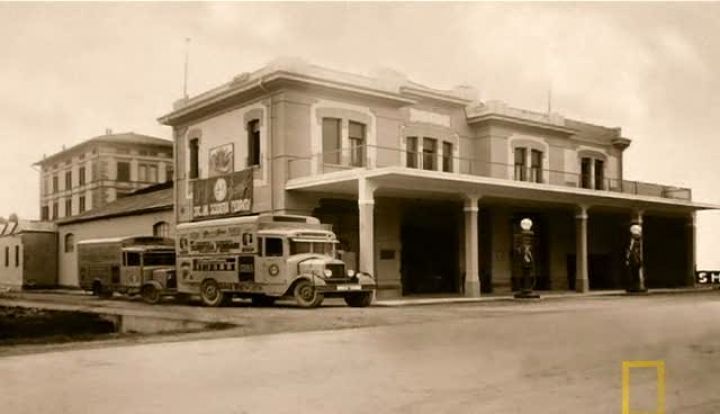
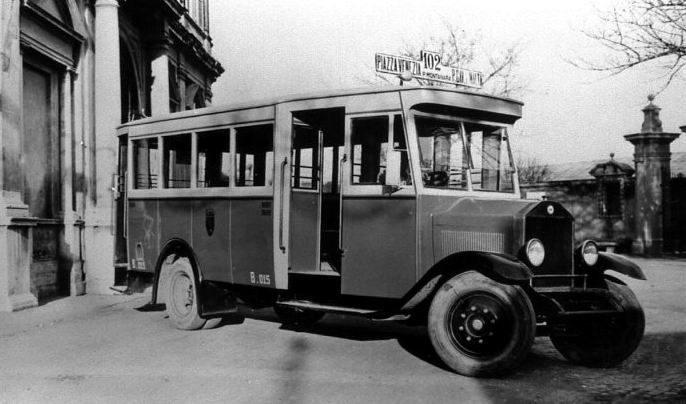
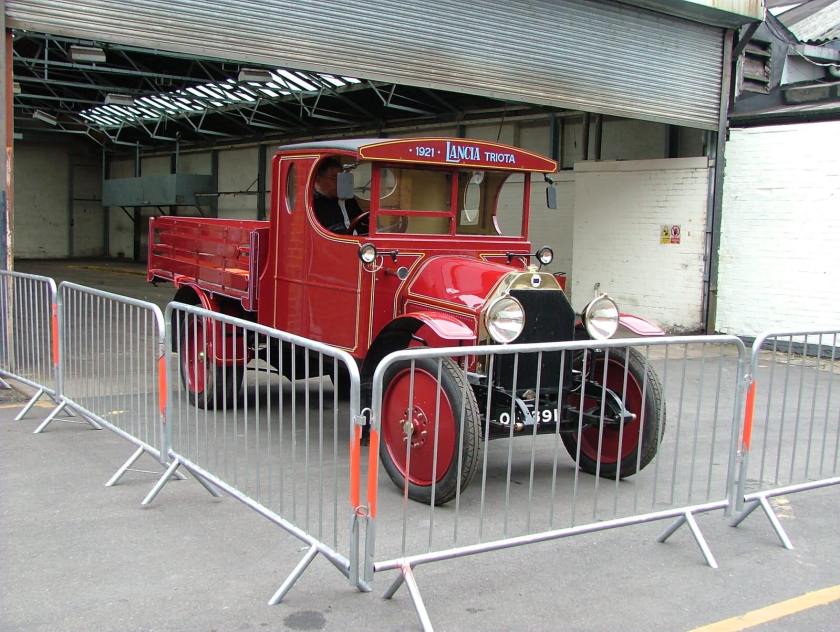
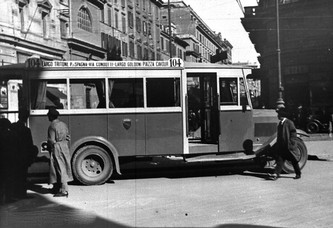
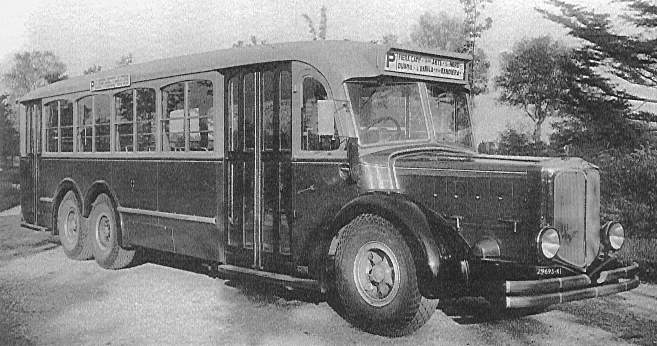
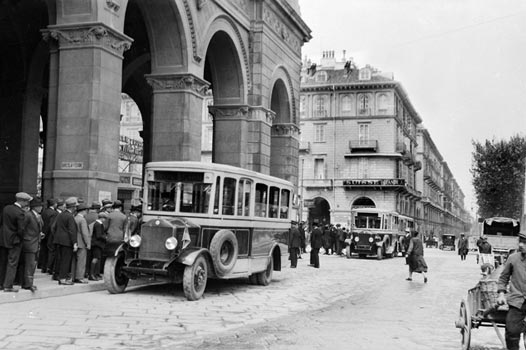
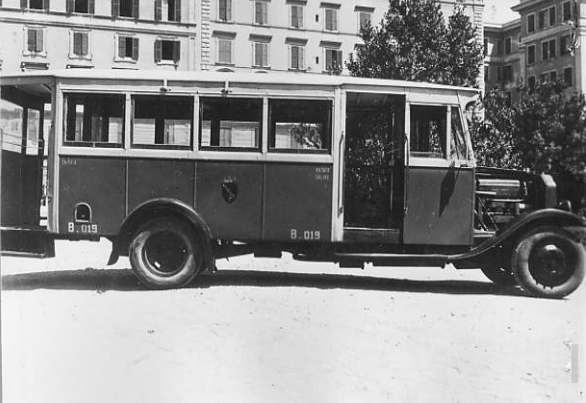
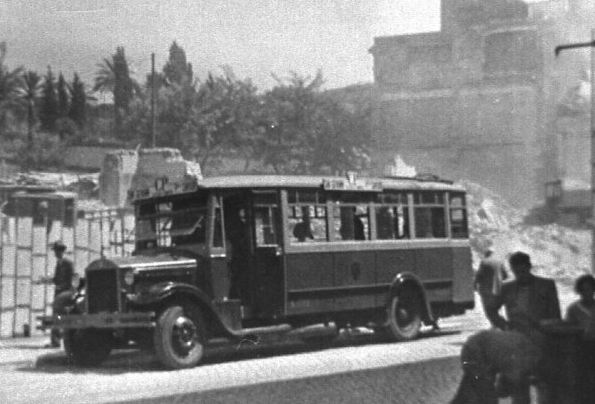
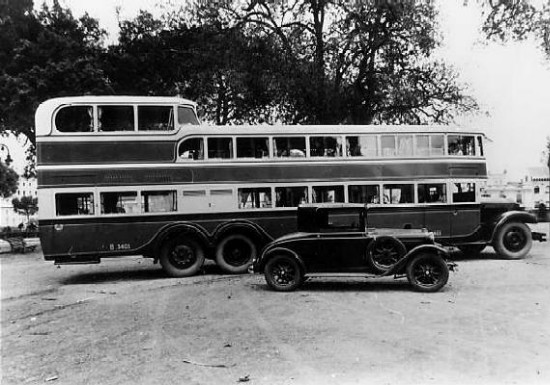
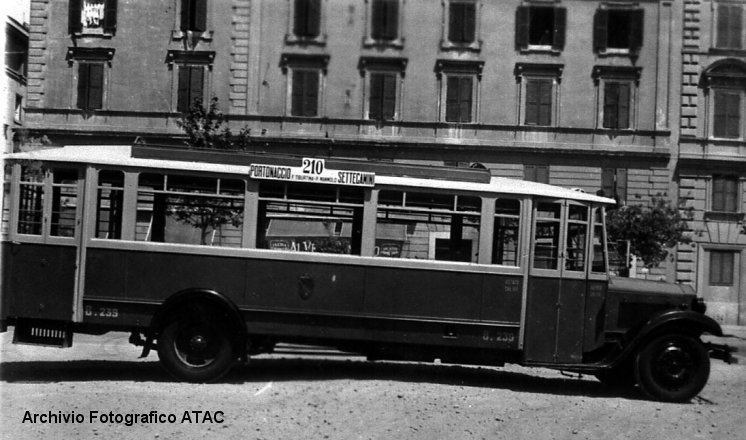
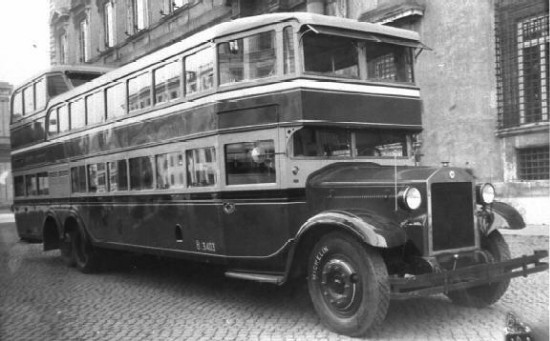
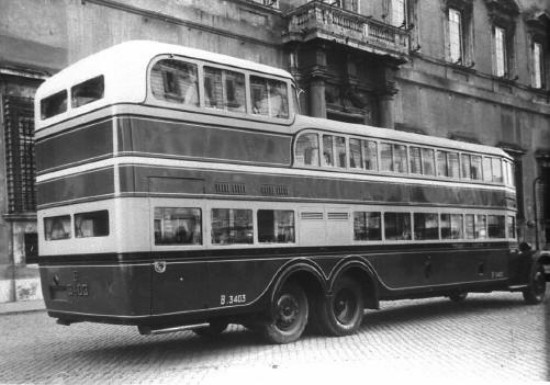
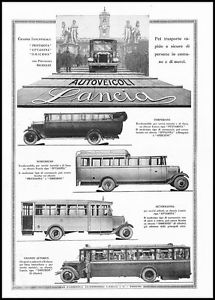
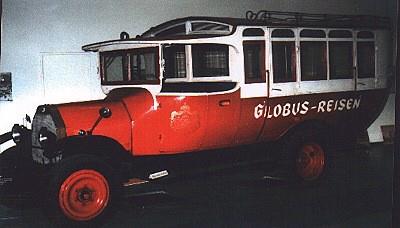
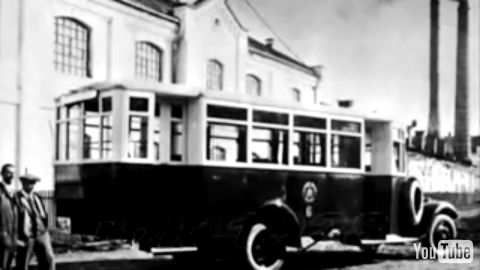
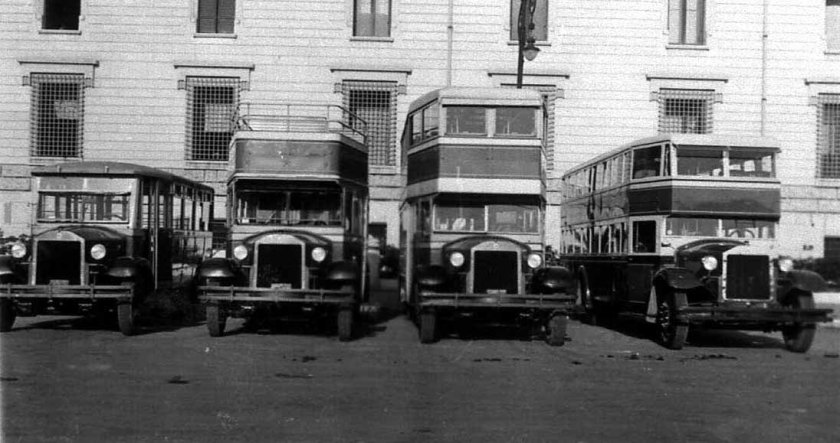
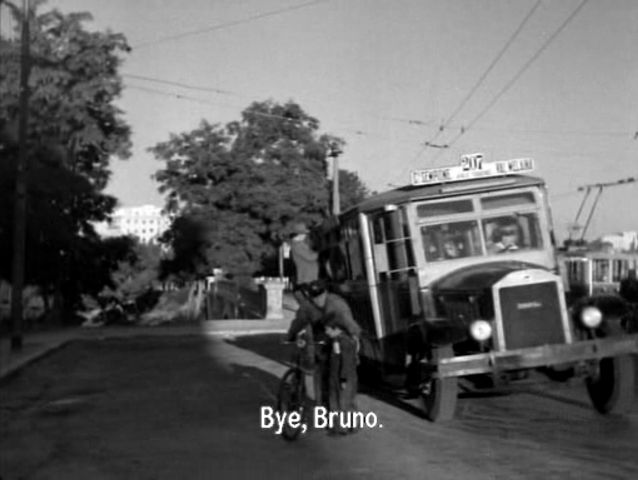
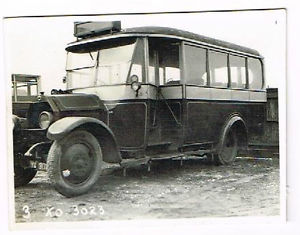
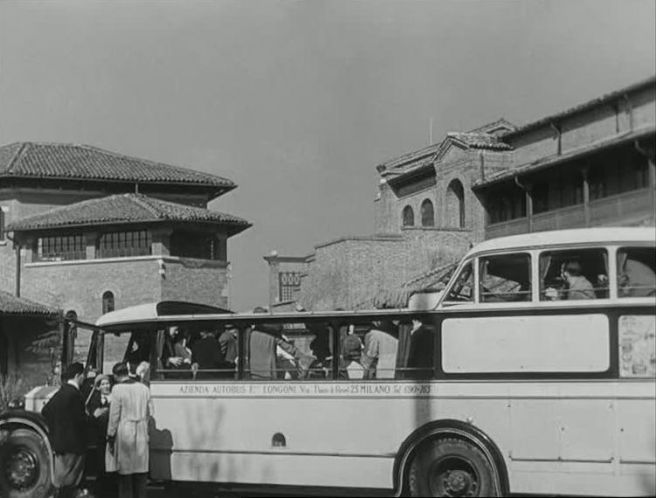
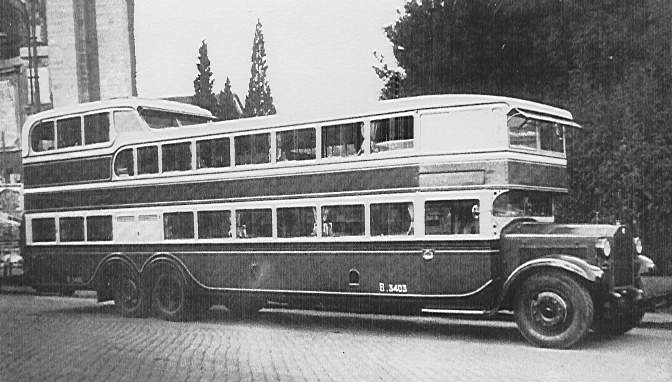
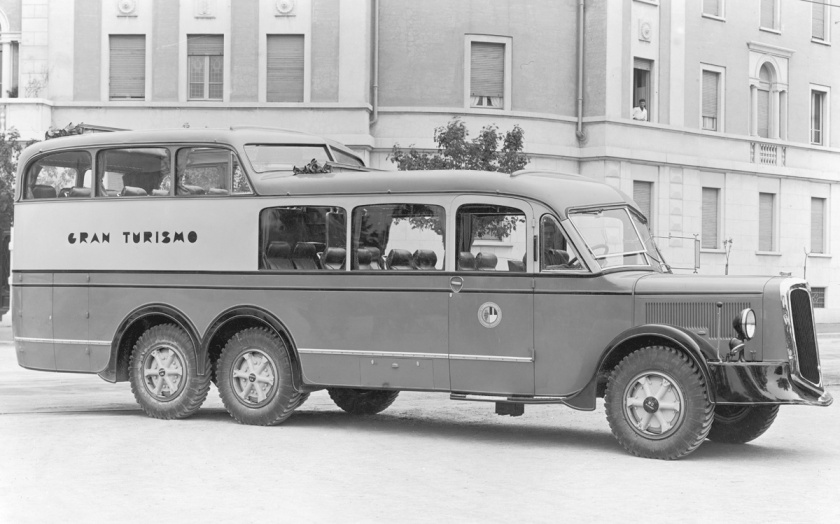
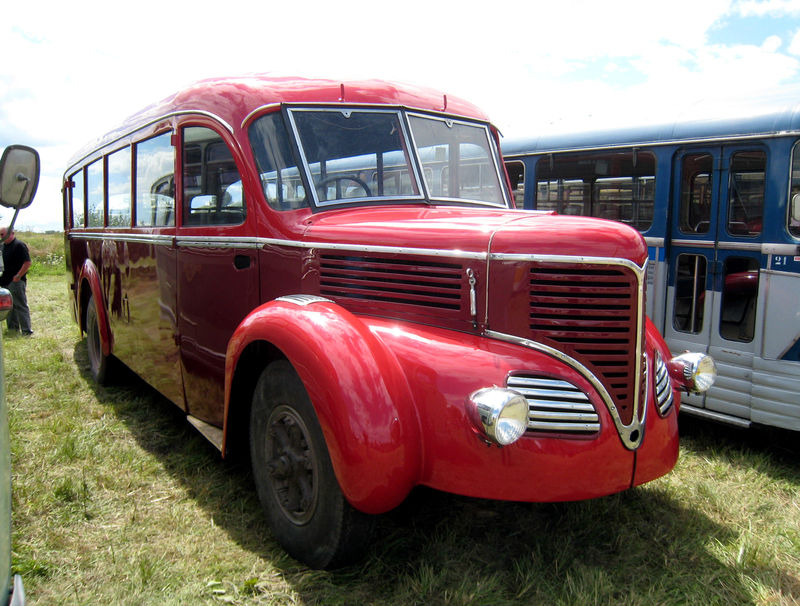
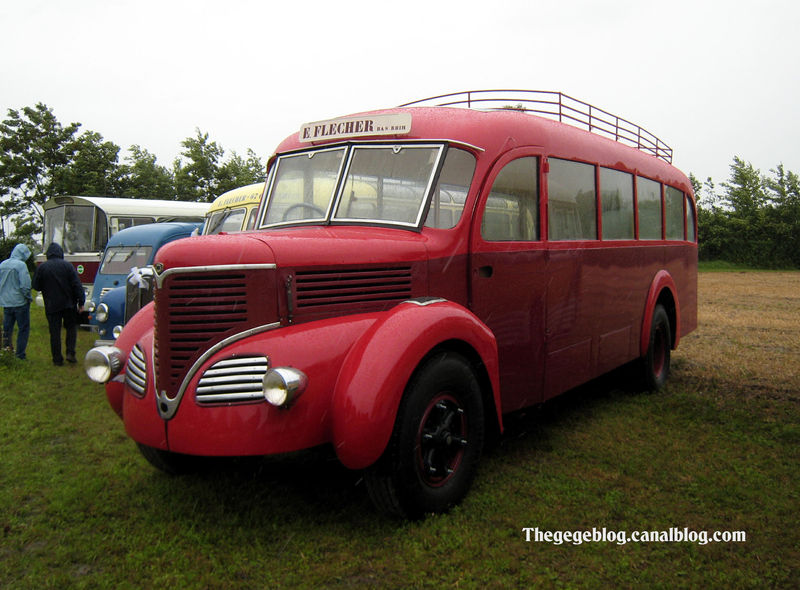
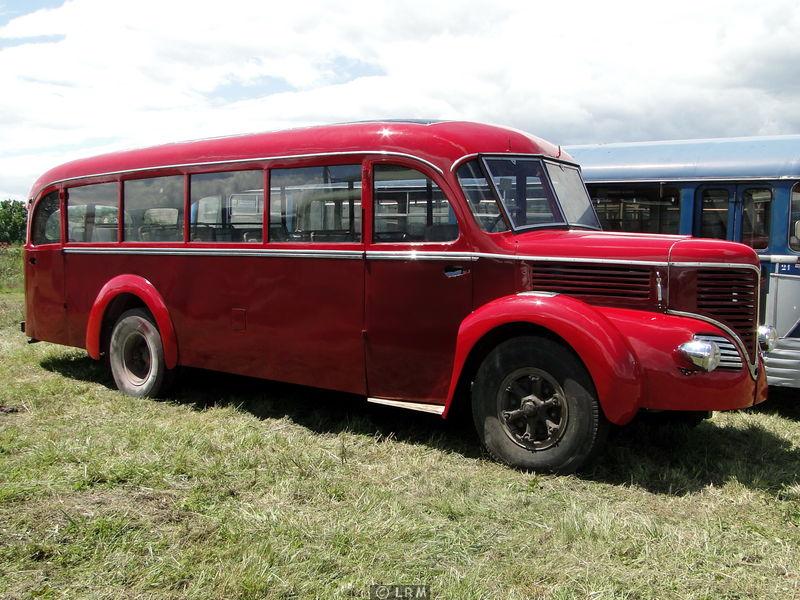
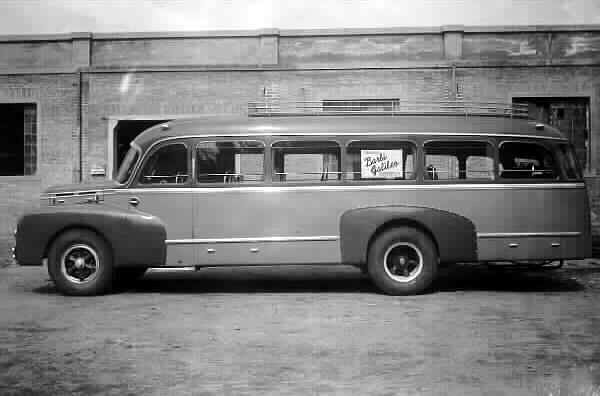
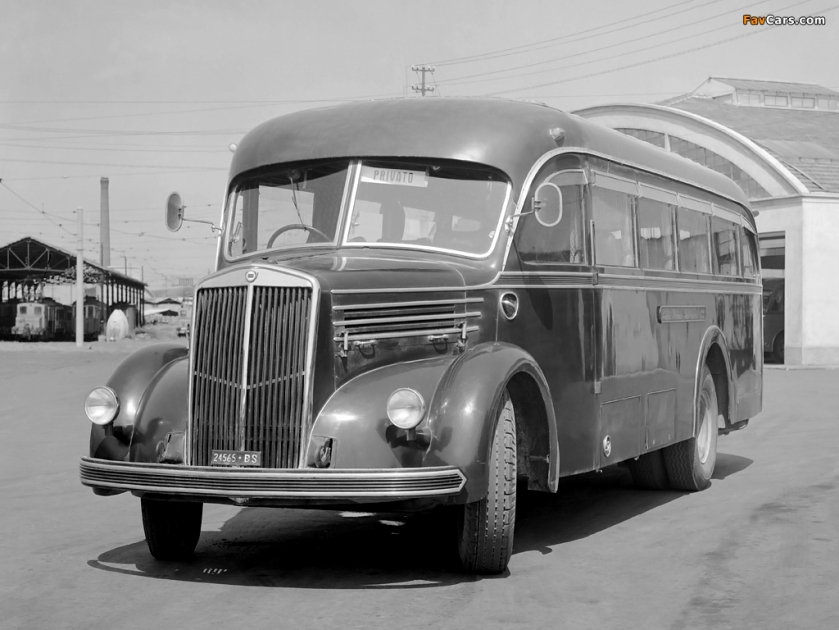
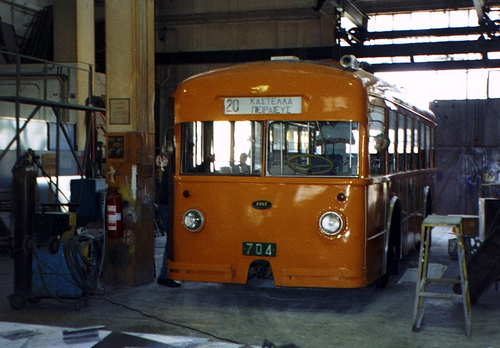
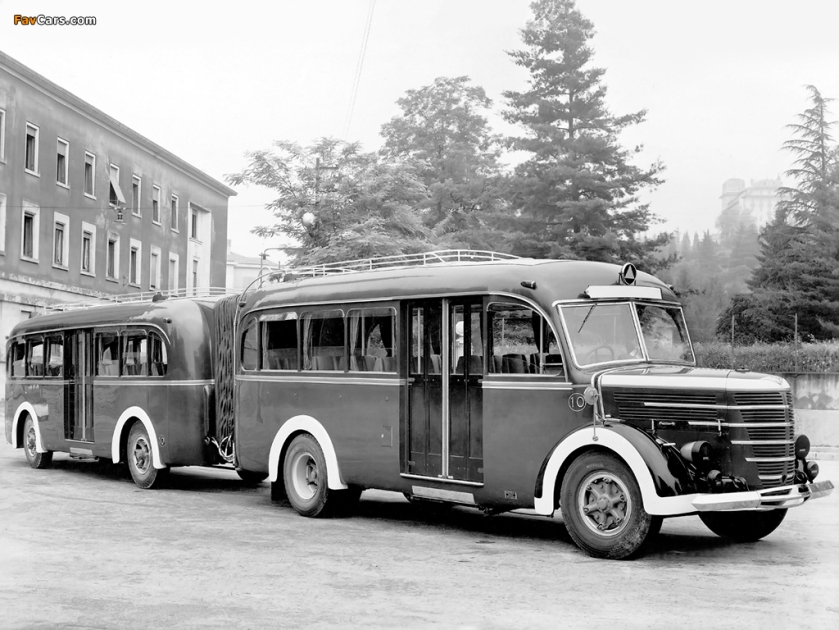
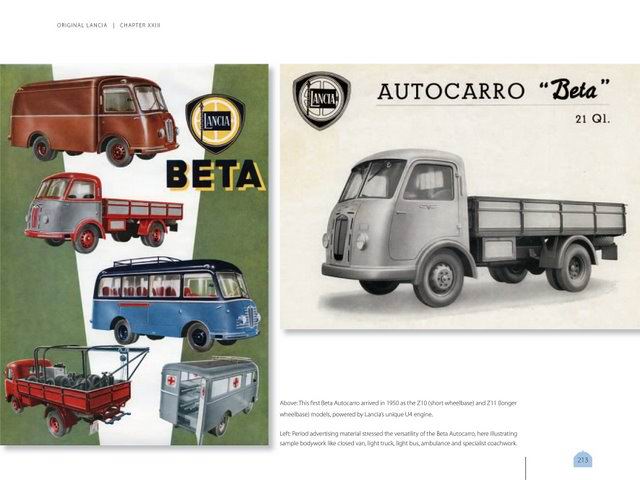
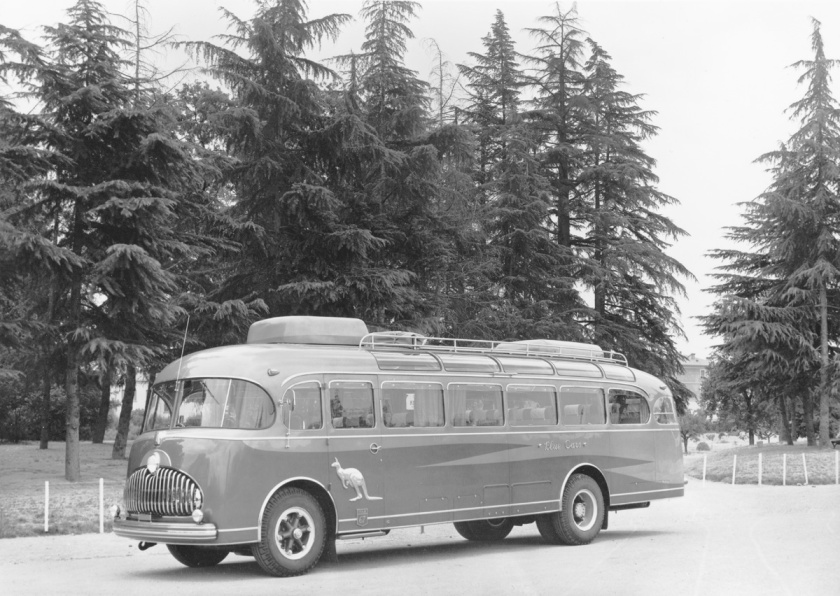
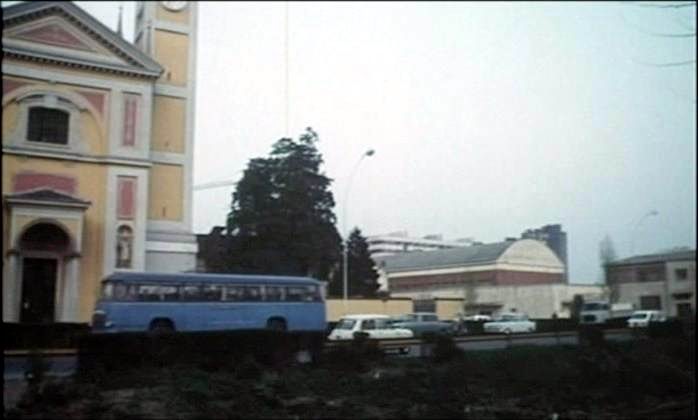
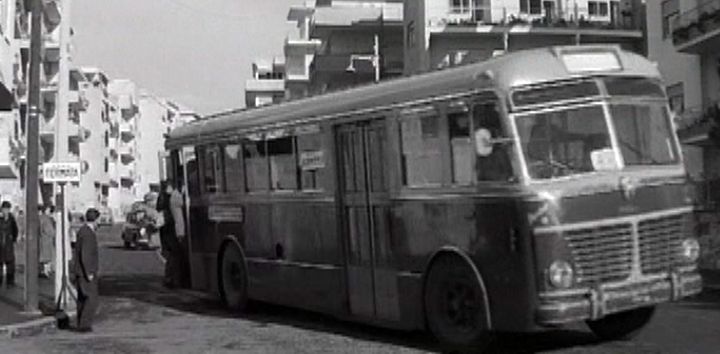
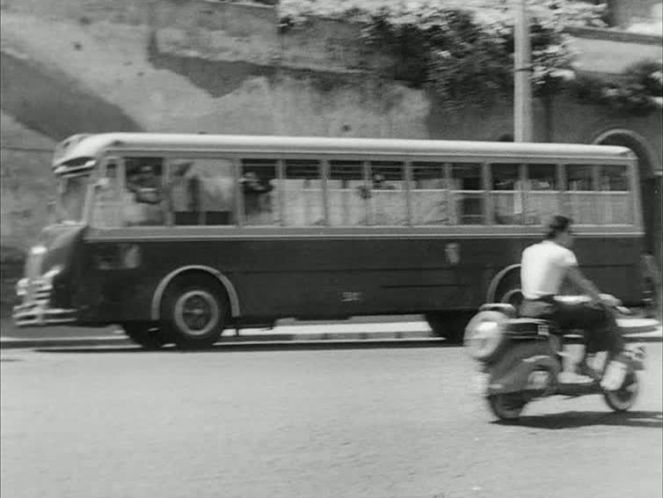
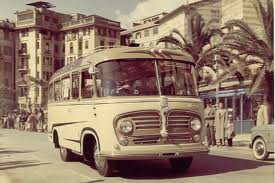
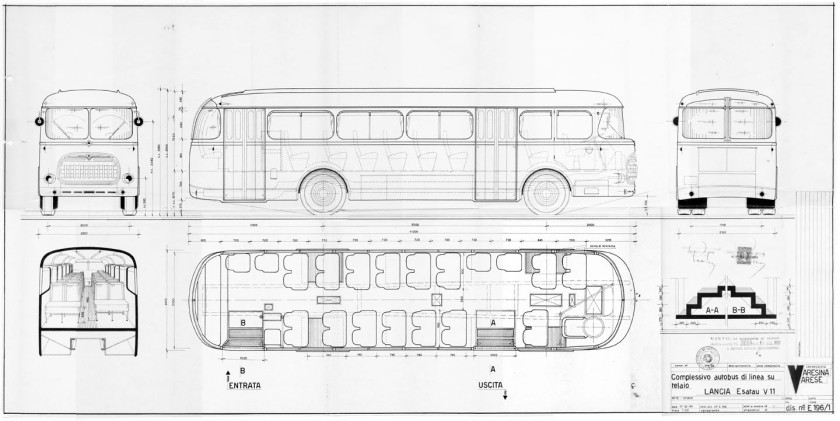
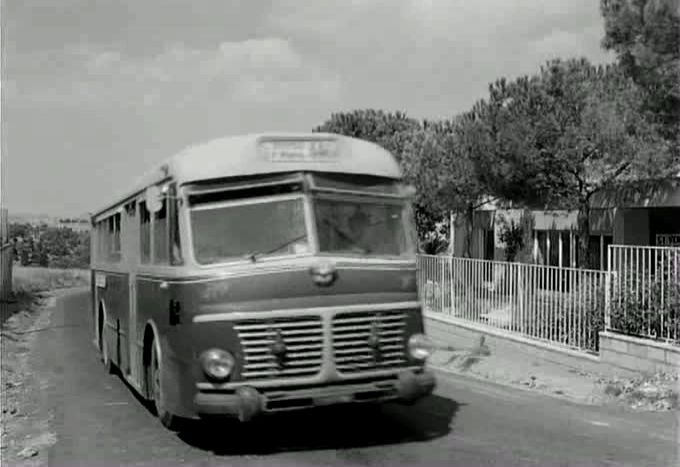
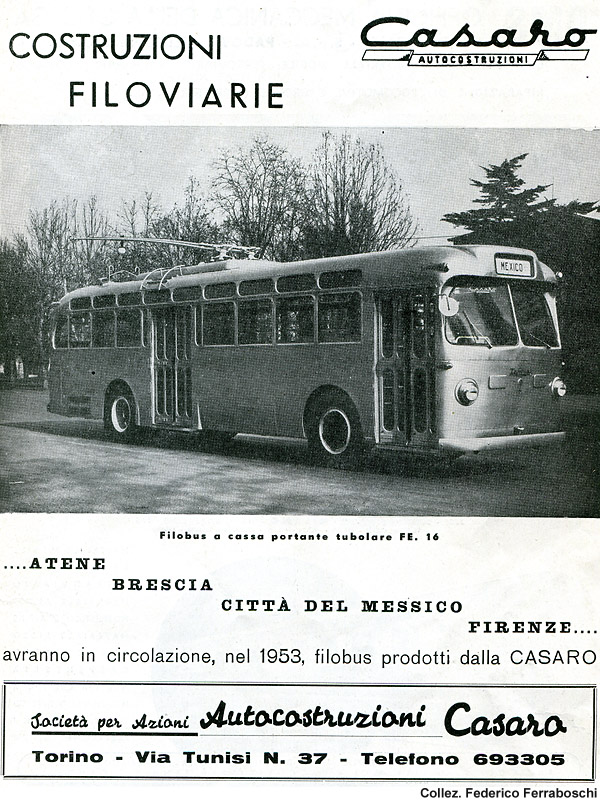
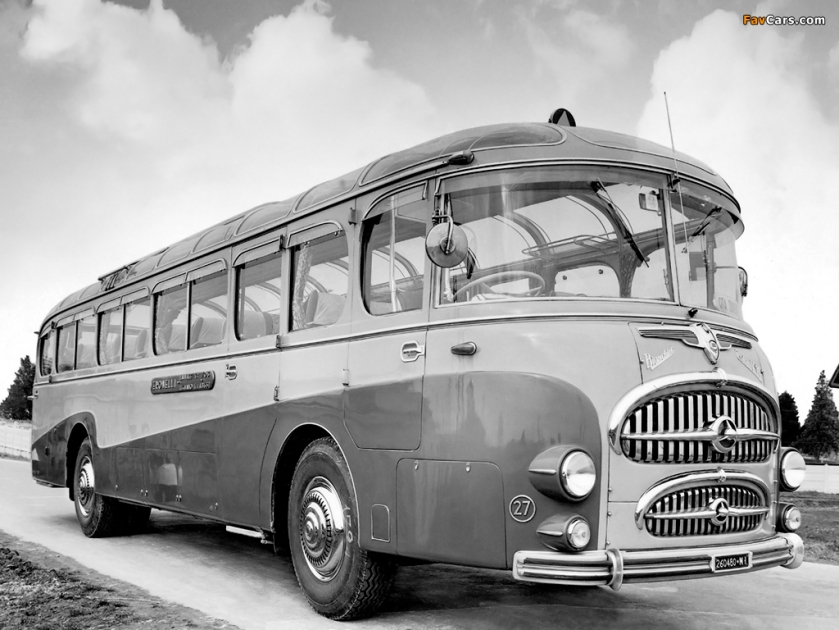
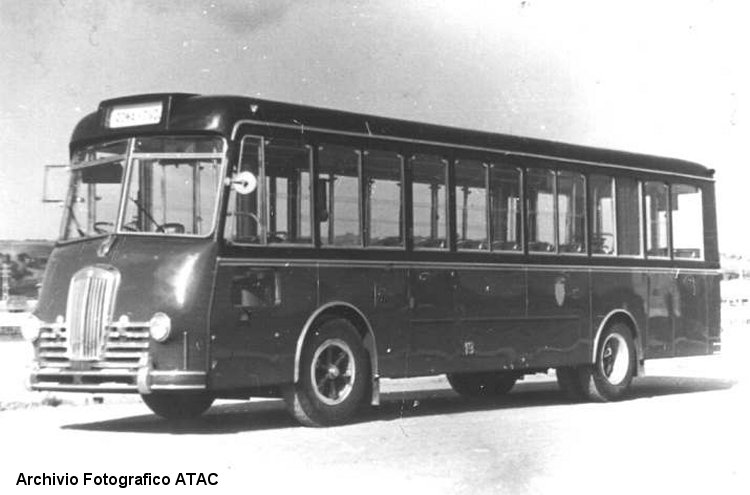
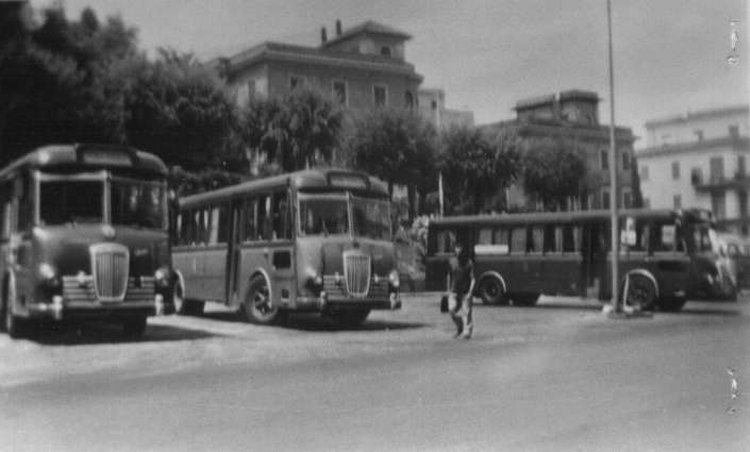
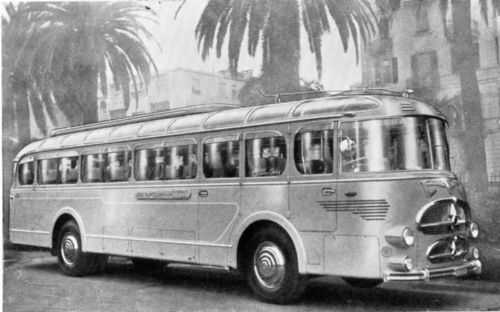
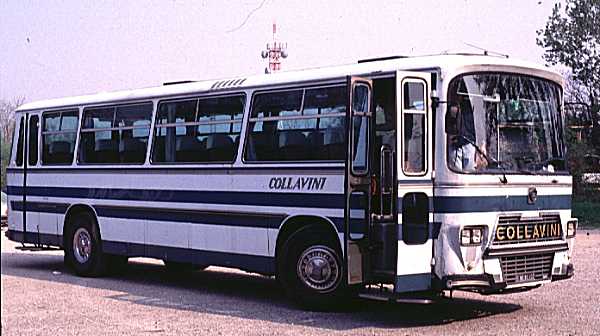
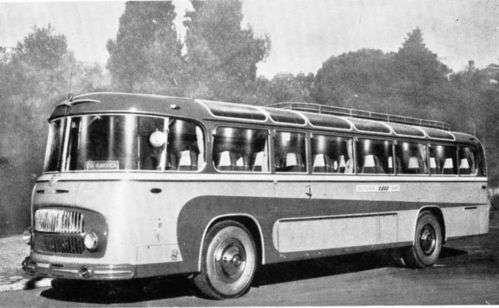
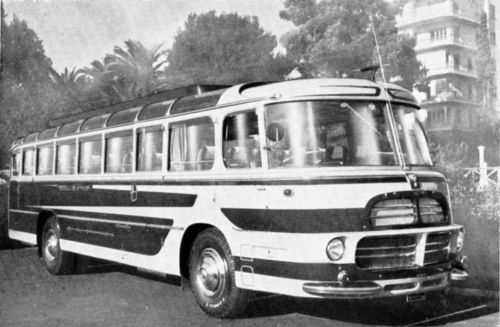
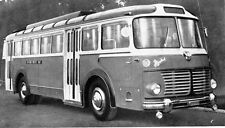
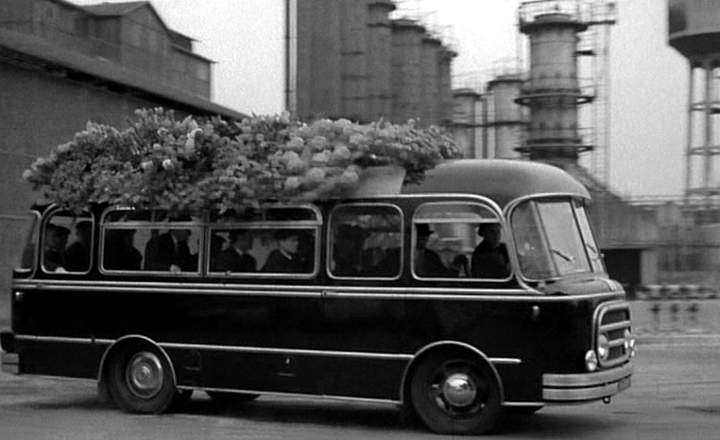

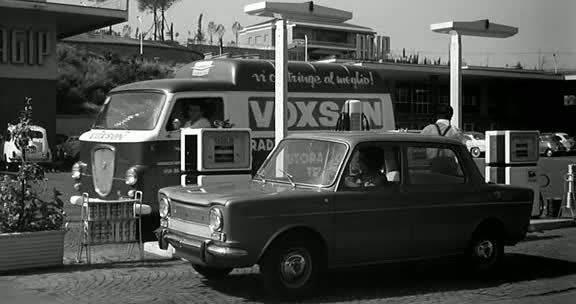
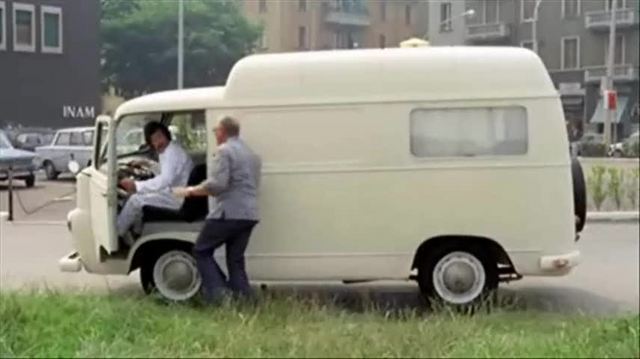
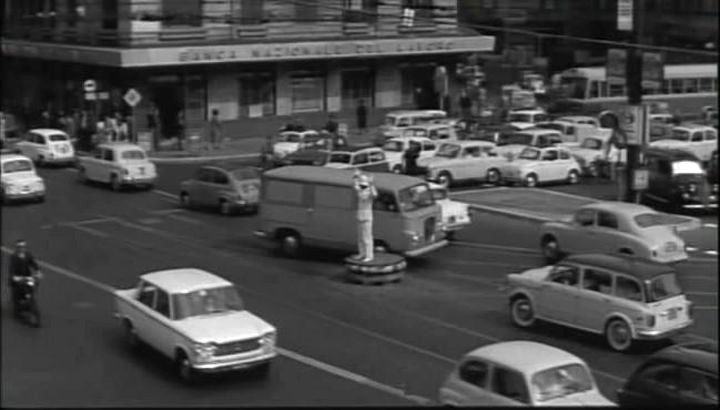
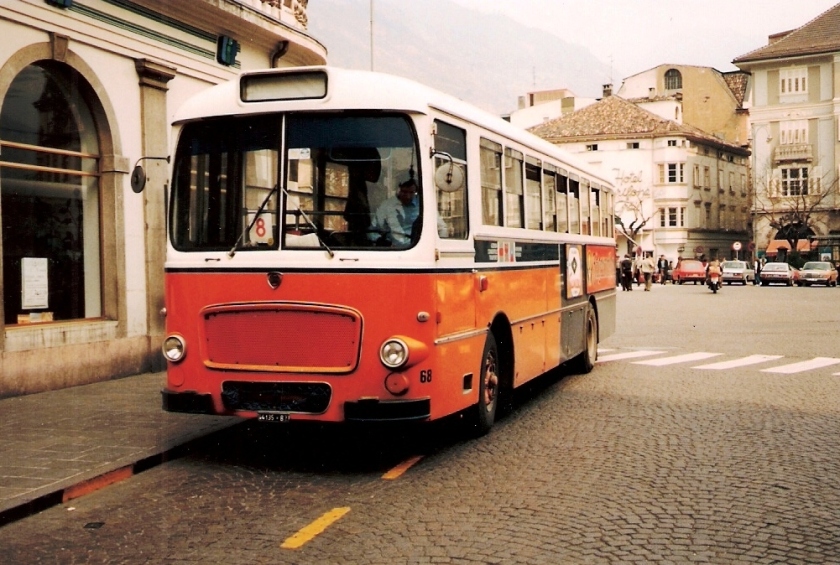
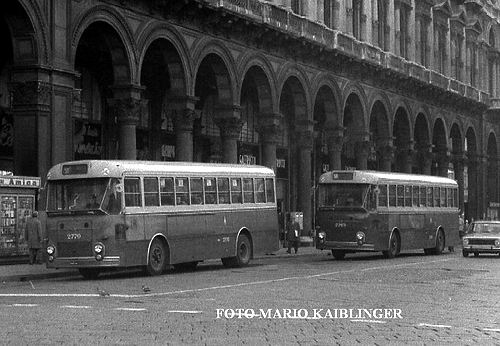
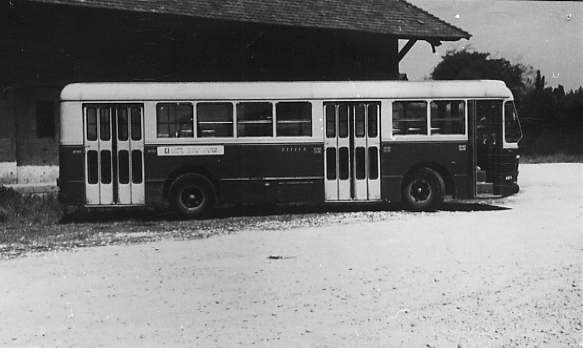
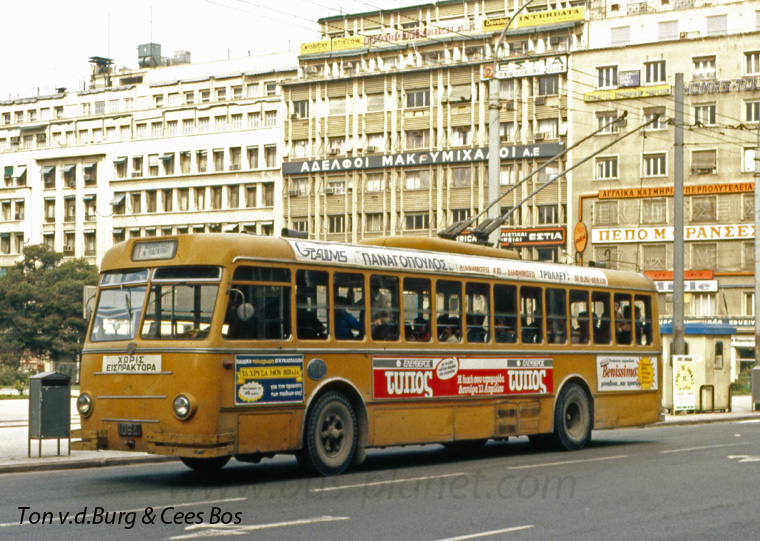
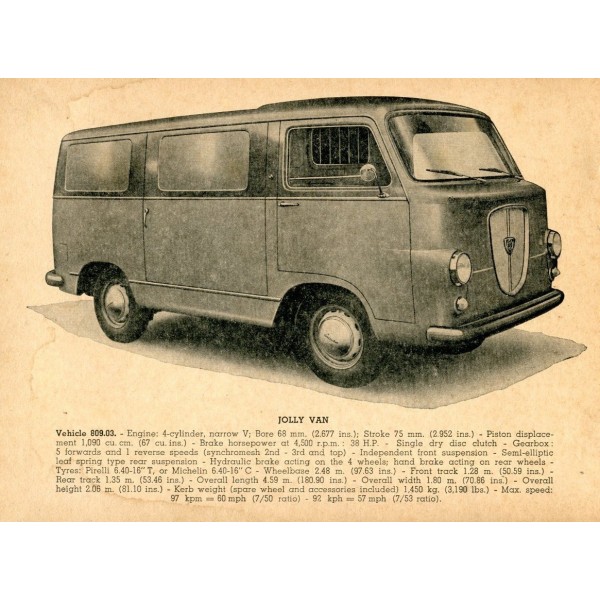
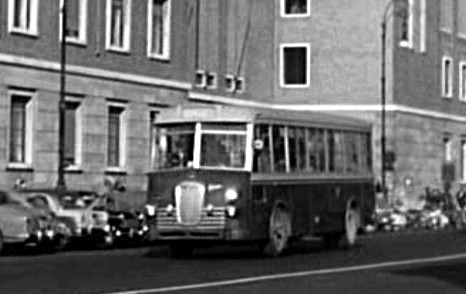
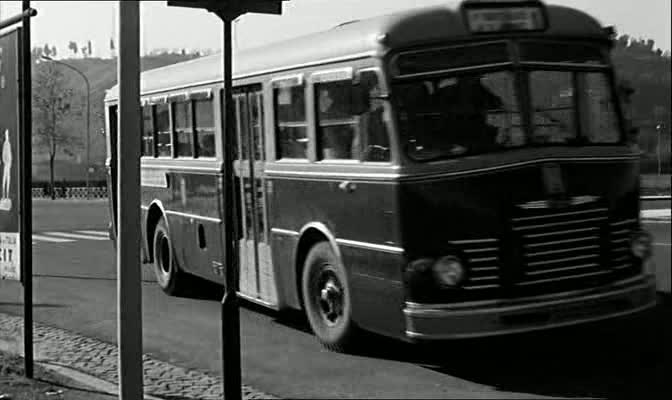
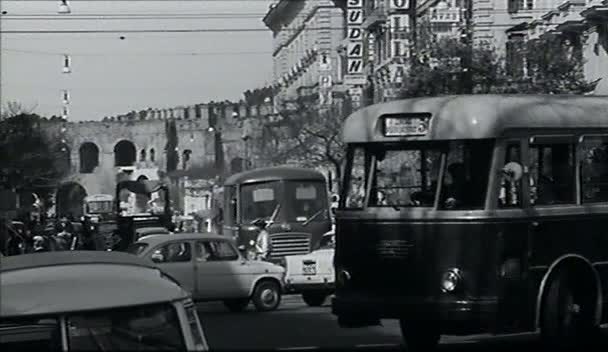
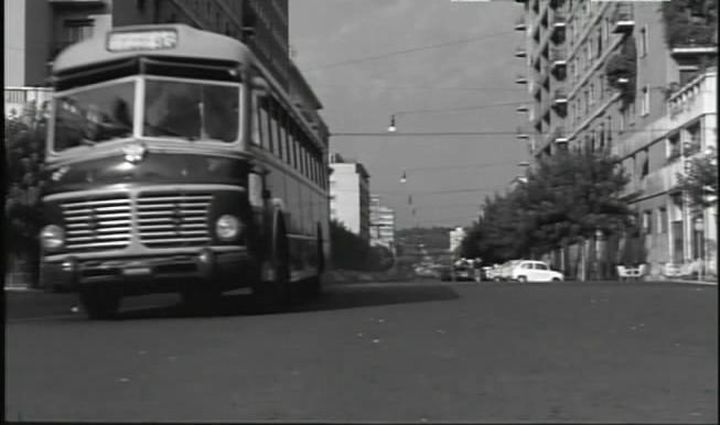
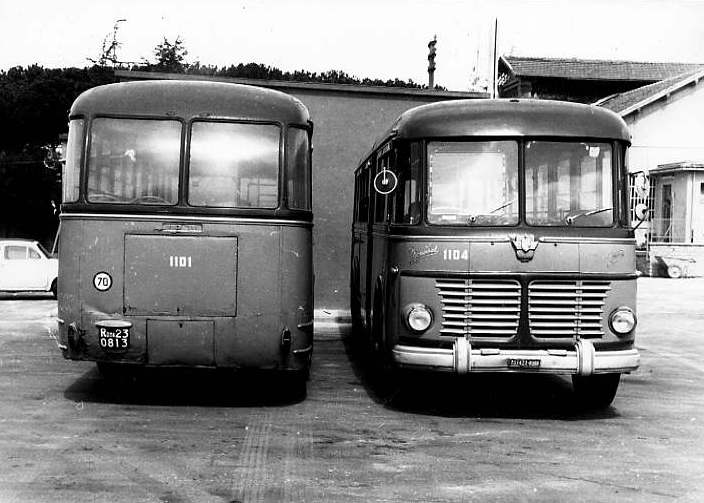
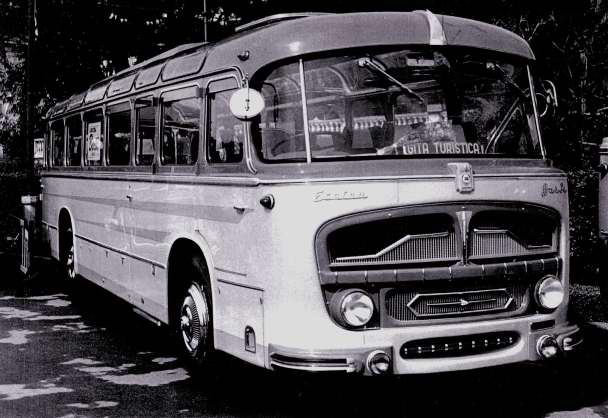
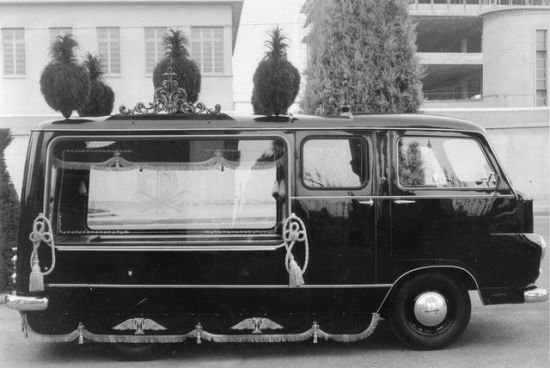
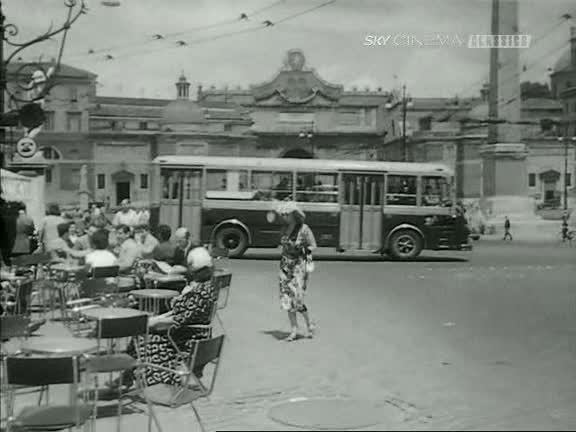
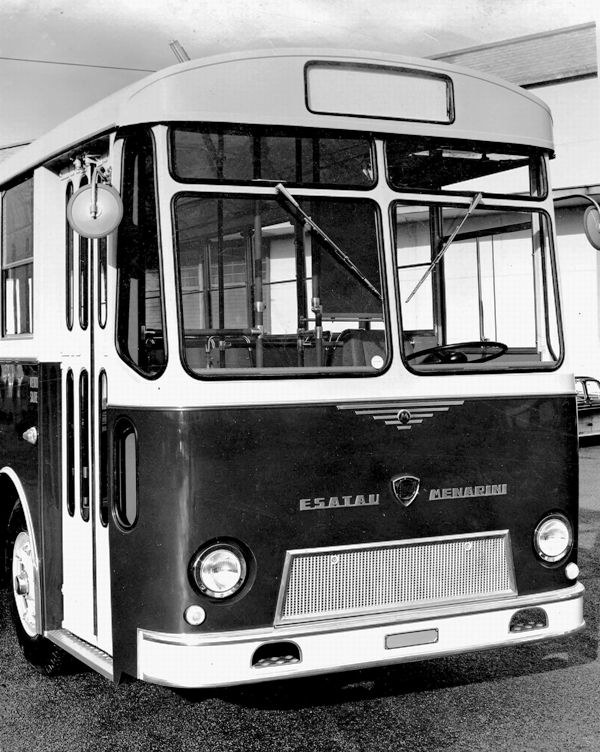
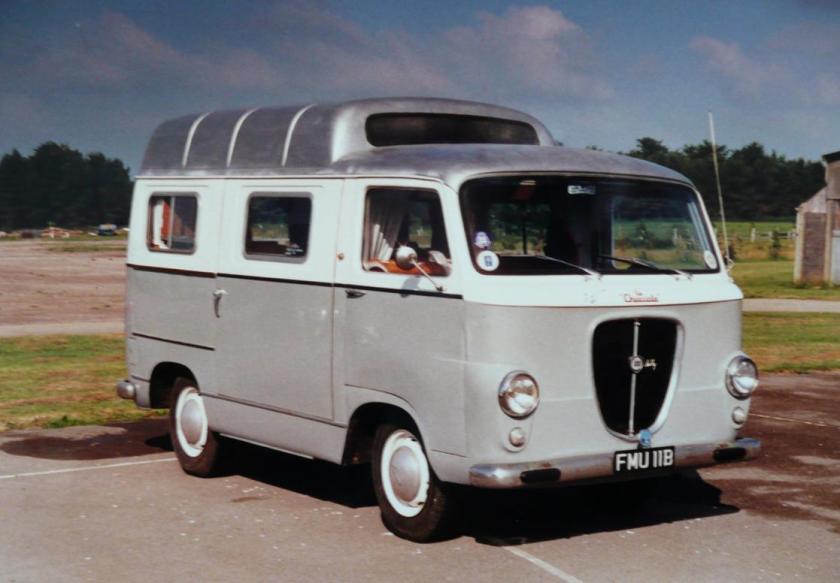

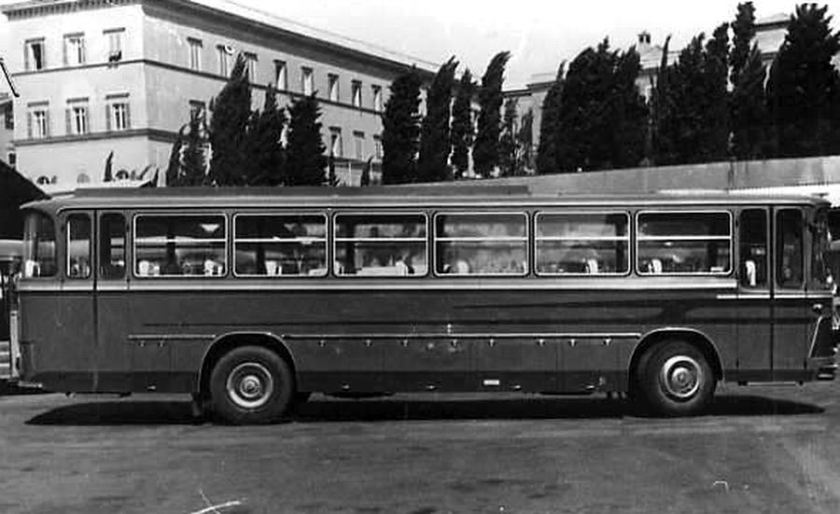
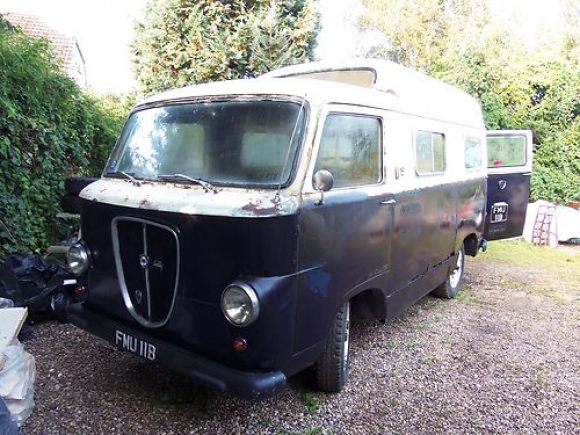
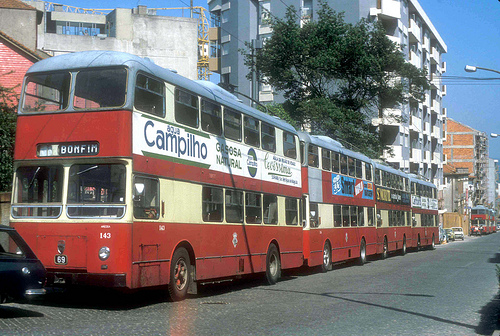
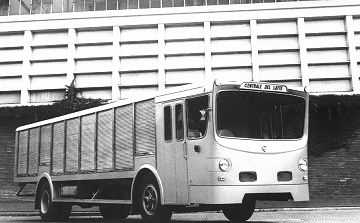
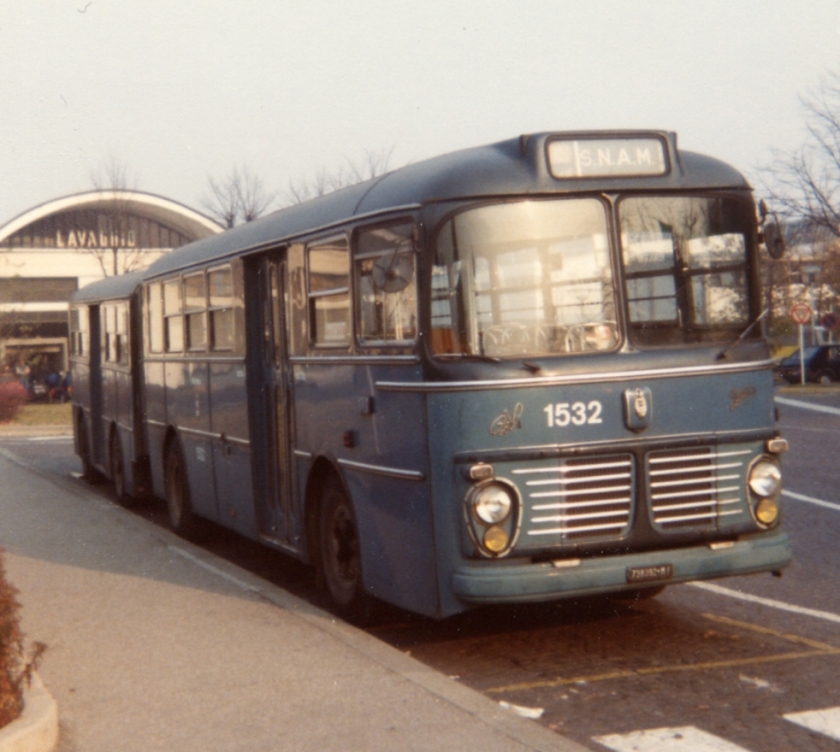
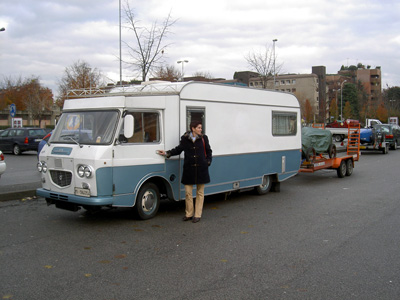
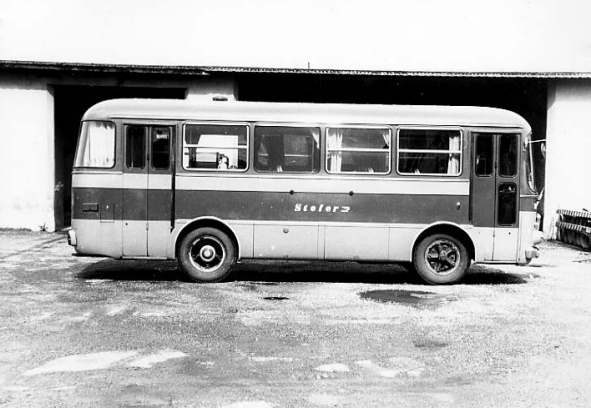

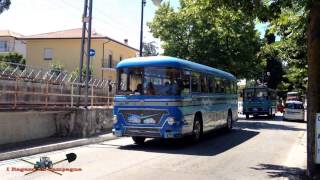
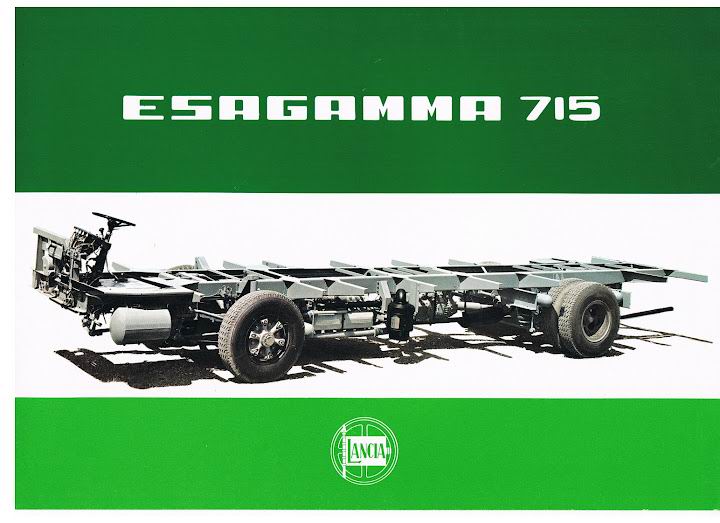
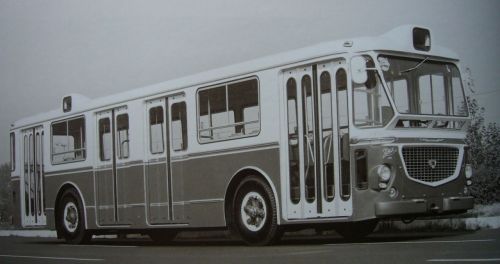
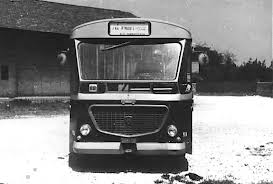
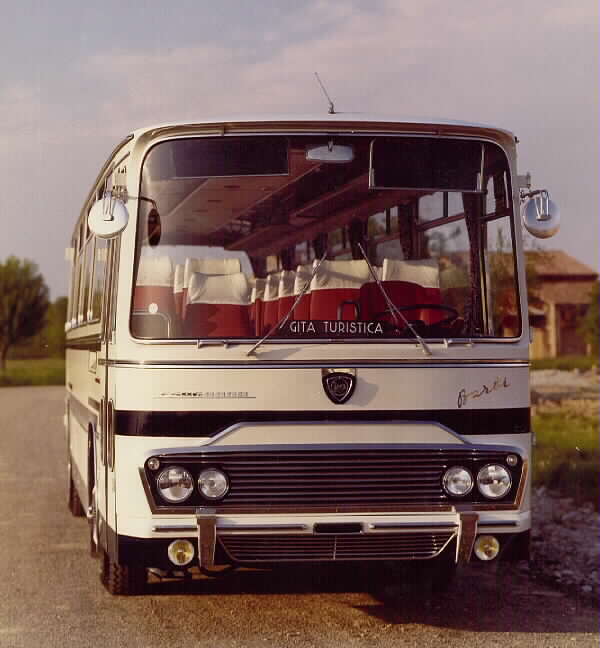
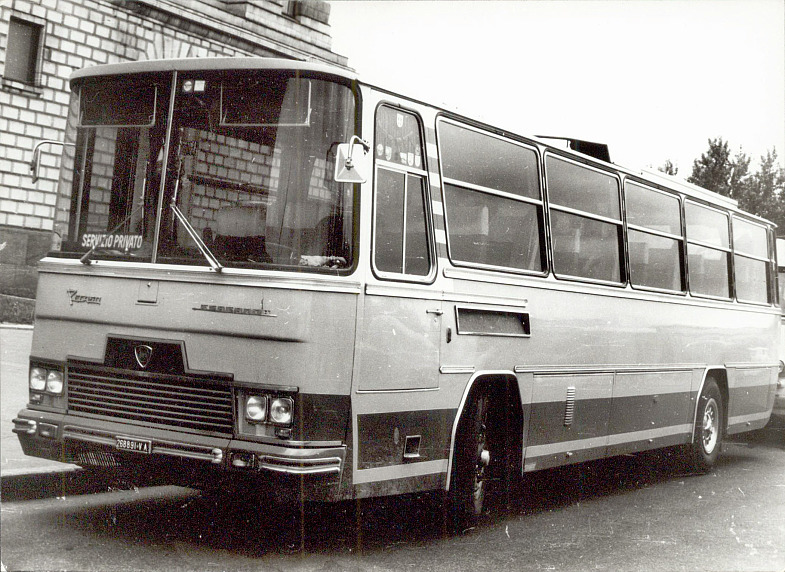
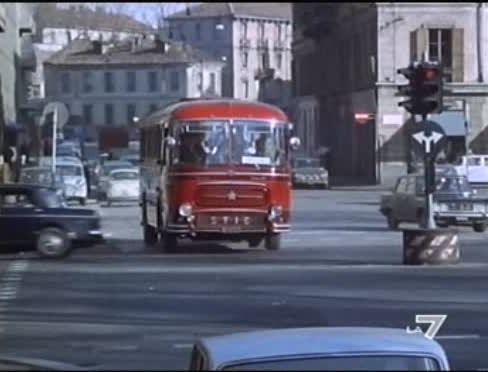
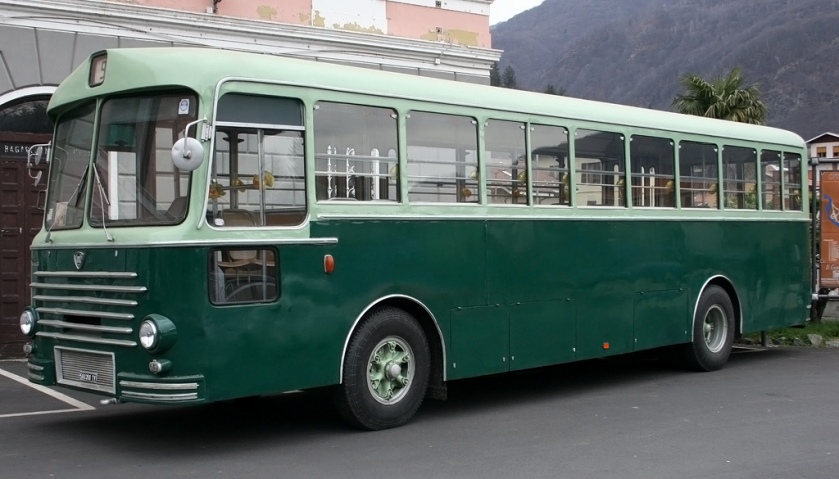
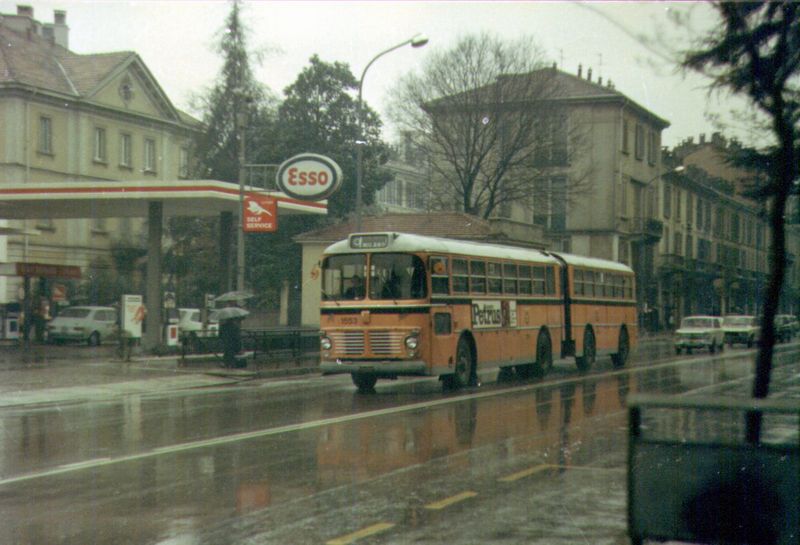
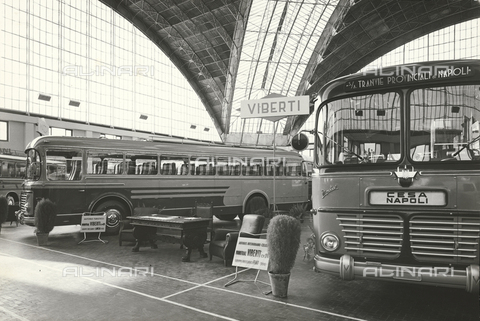
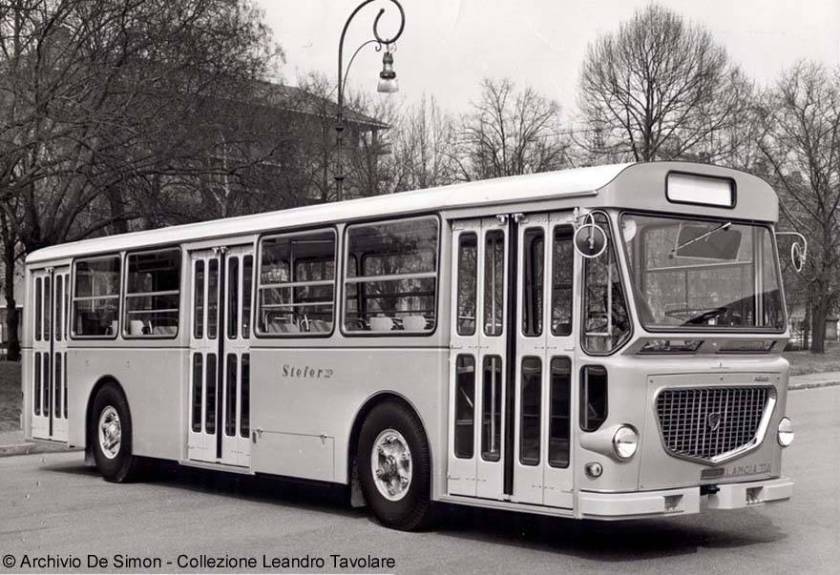
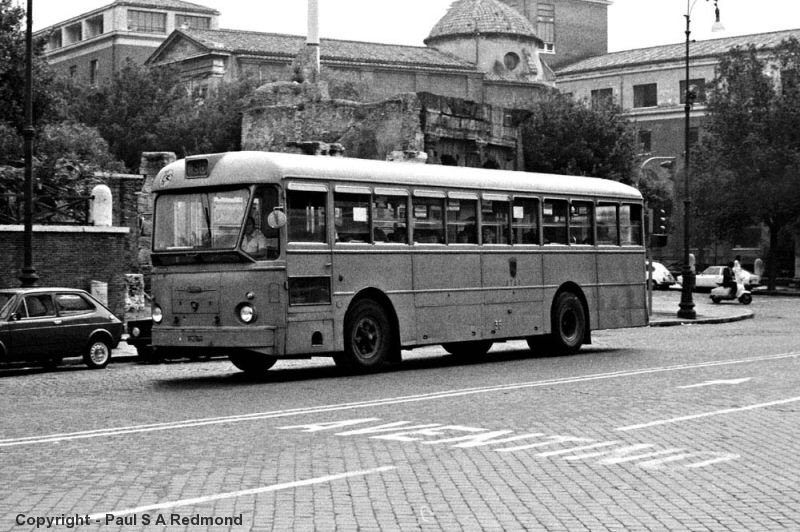
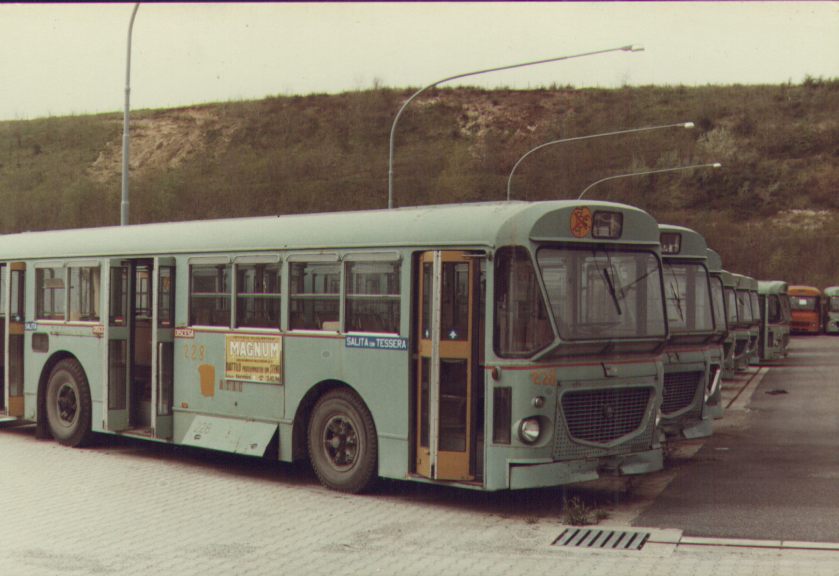
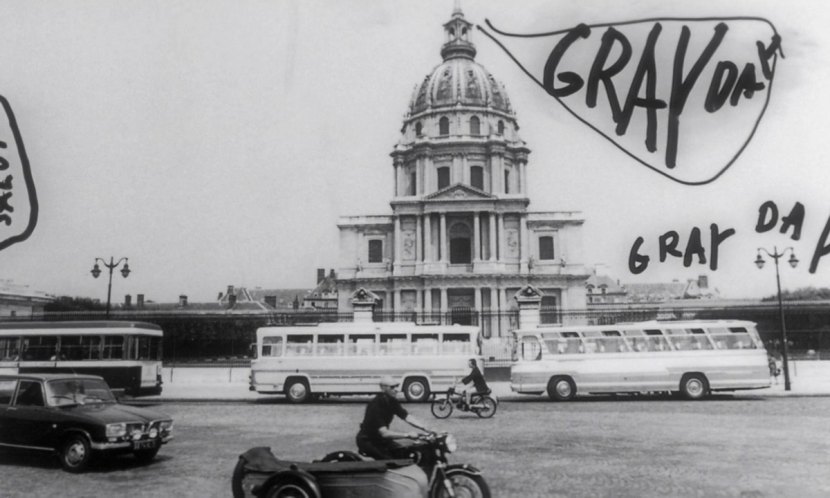
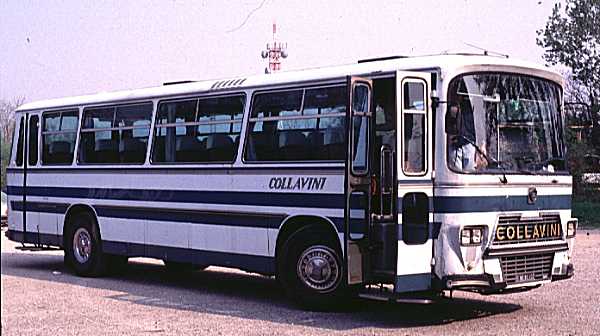
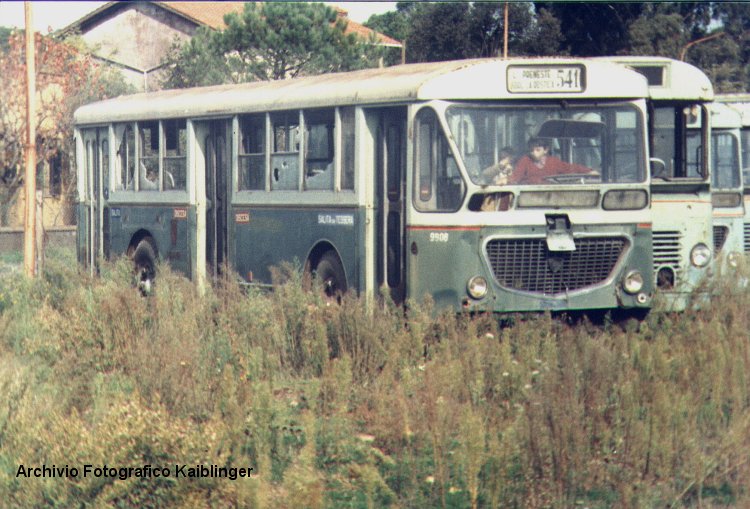
![1968 Lancia Esagamma Stanga [718.441]](https://myntransportblog.wordpress.com/wp-content/uploads/2014/05/1968-lancia-esagamma-stanga-718-441.jpg?w=840)
